Caravane Tighmert 2018
artists gathering
2018 has been a year of transition. After a lot of discussions between us in 2017, we decided to change the gathering's date. For three years, we organised the event in July because it was the only period of the year in which holidays for primary and secondary schools coincided. This is always a very important question because we have always wanted to organise workshops with the children and we needed the implication of young people during the week. Even if Tighmert is only 50 km far from the Atlantic Ocean, temperatures can be very hot in July during the day, around 44ºC, but only 19ºC by night. That means we could not work before the sunset. Of course it was interesting to experience the hot season to better understand the importance of being protected by a palm grove, as well as the thermal performance of the rammed earth constructions, but to be honest, it was complicated to withstand the high temperatures.
Taking advantage of the new education policies (the minister decided to schedule the holidays across the country at the same time for primary and secondary schools), we looked at the calendar and we found the second week of April as appropriate for the gathering. In springtime, weather is neither hot nor cold (in theory) and artists can work whenever they want.
On the contrary, we were very disappointed with politicians and we had to change the program we had been working on. In July 2017, the president of the Guelmim province, asked us to prepare him a culture strategy to develop culture activities in 15 oases during a year, based on our expertise with Caravane Tighmert, which we did (you can download the document in French in this link), thinking we were going to include the artists gathering in a bigger framework, called NOUN. We are still waiting for an affirmative or negative answer from authorities. Worst of all is that they have not even wanted to fund us the 2018 artists gathering, so we had to take the decision of canceling the concerts in the absence of money. We did not want to take advantage of Sahara Noise Communication to have a stage for free, again, besides we had not enough money to feed the sound technicians and the musicians. Nowadays I can say I regret that decision we took.
We introduced also some changes on the call for applications because for the first time we accepted curators. 11 artists applied and apart we invited four of them directly because they were already developing a research on the oasis. Among them, Francesca Masoero and Shayma Nader, who came in the framework of a collaboration with LE 18 concerning QANAT program, a research on water where artists like M'barek Bouchichi and Heidi Vogels participated too. At the very last minute Mahassine, Lotfi and Marion could not come, which let us only 8 participants. The selection was made by M'barek Bouhchichi and myself.
The advantage of working with a reduce group, let us improvised activities easily (most of them we did for the first time), in an attempt to go further and further in our researches, also taking into consideration the interest of each artist for one or several aspects of the oasis and its surroundings: slavery, water, history, public spaces, nomadism...
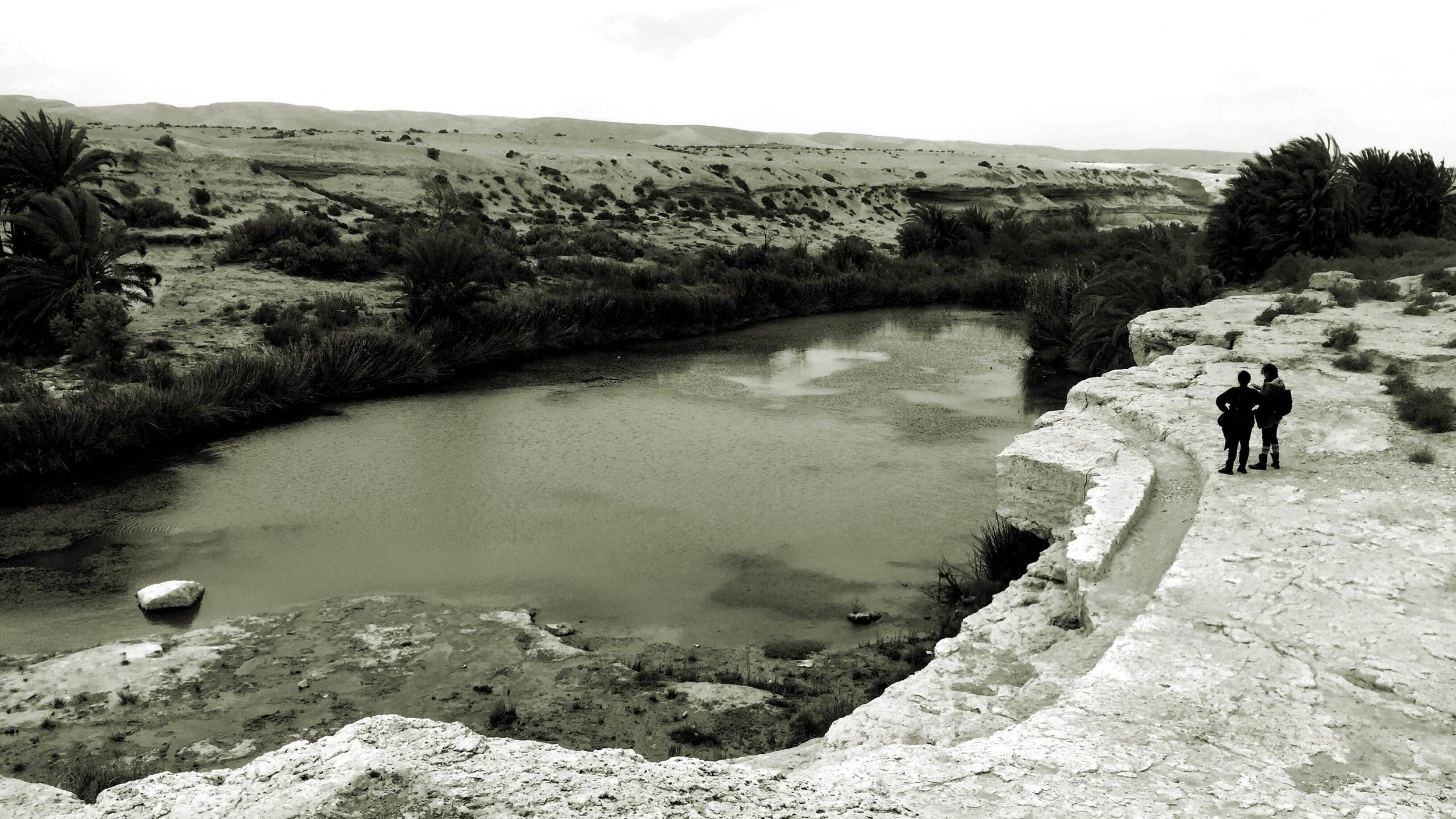
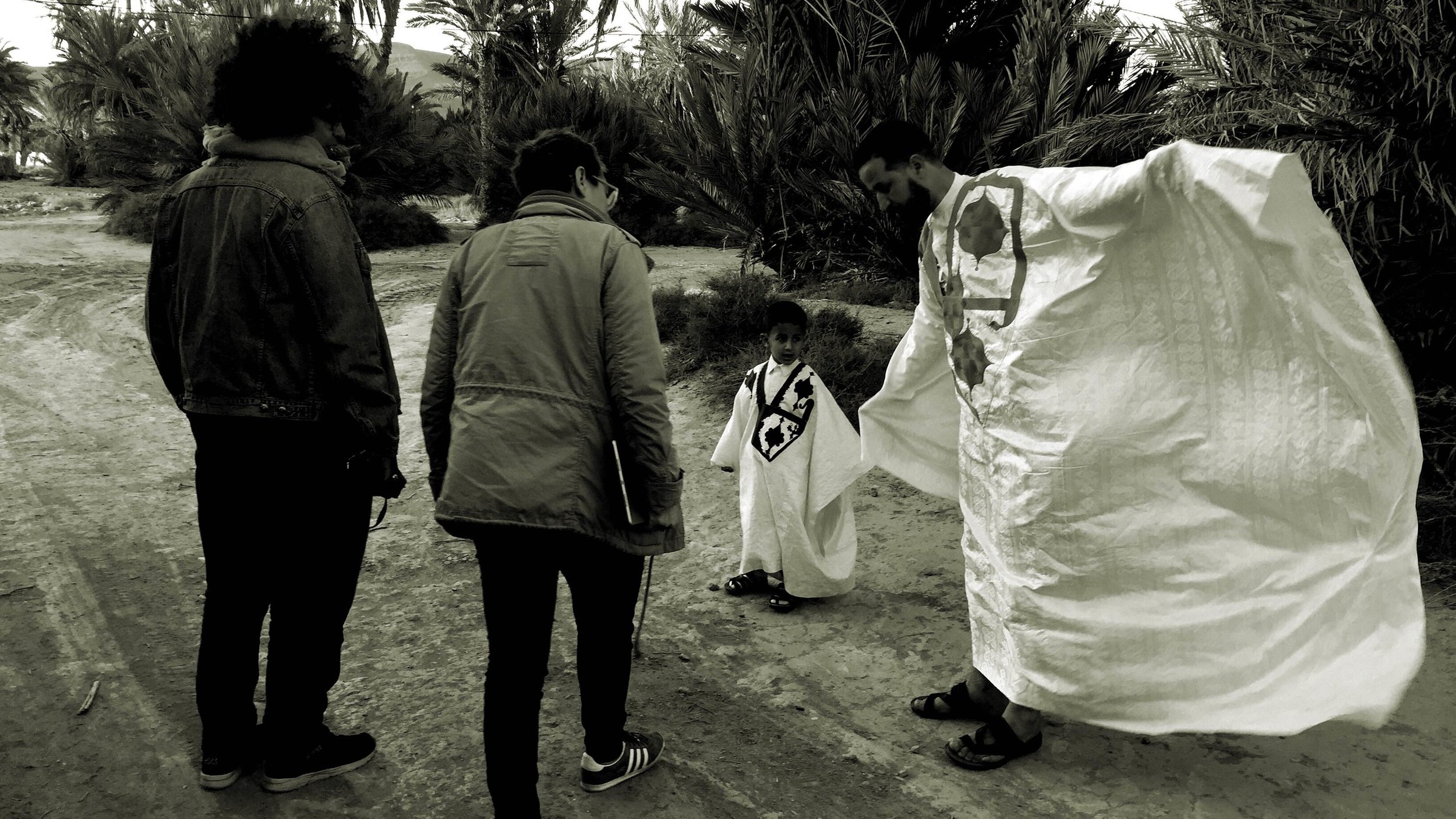
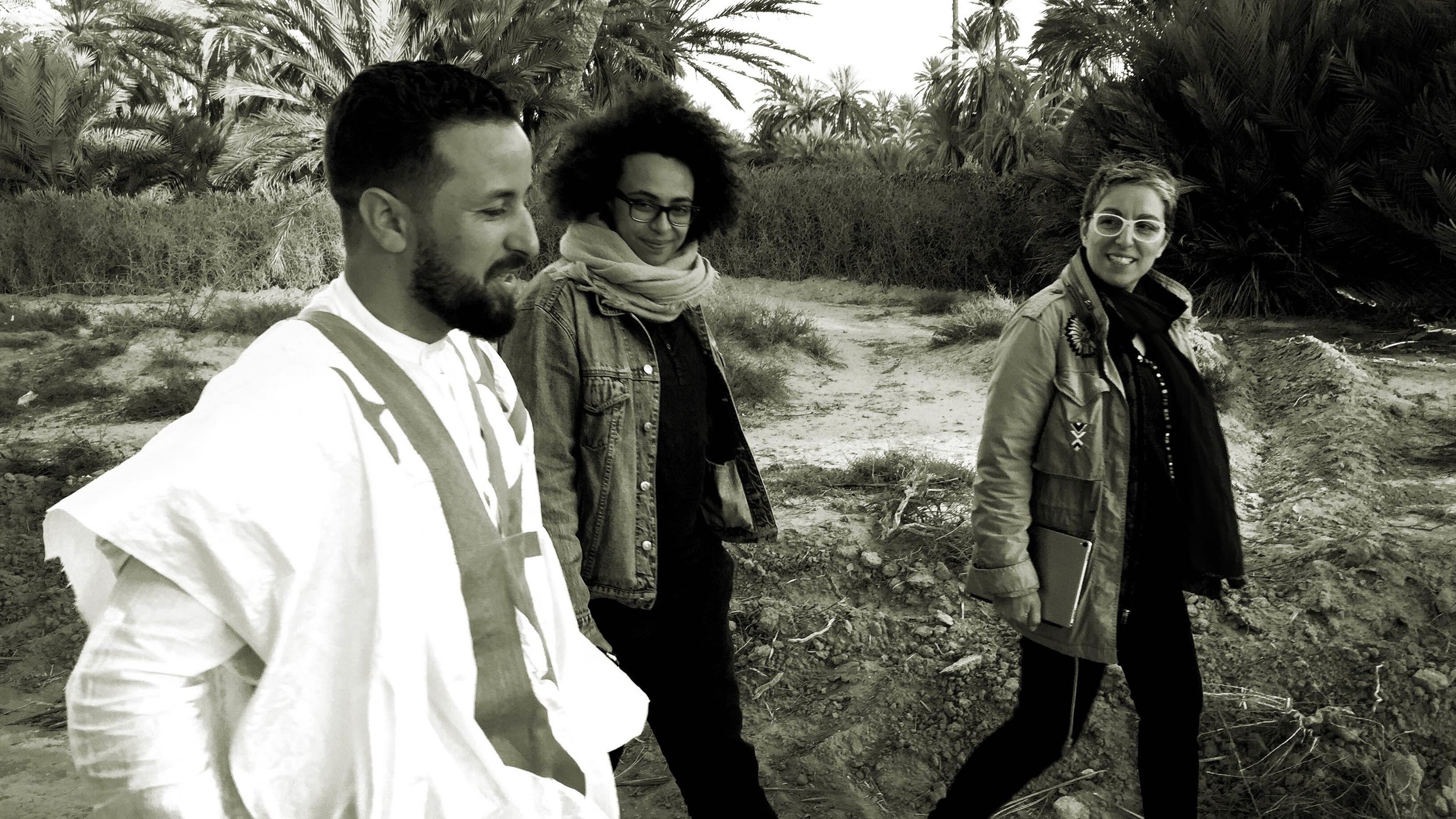
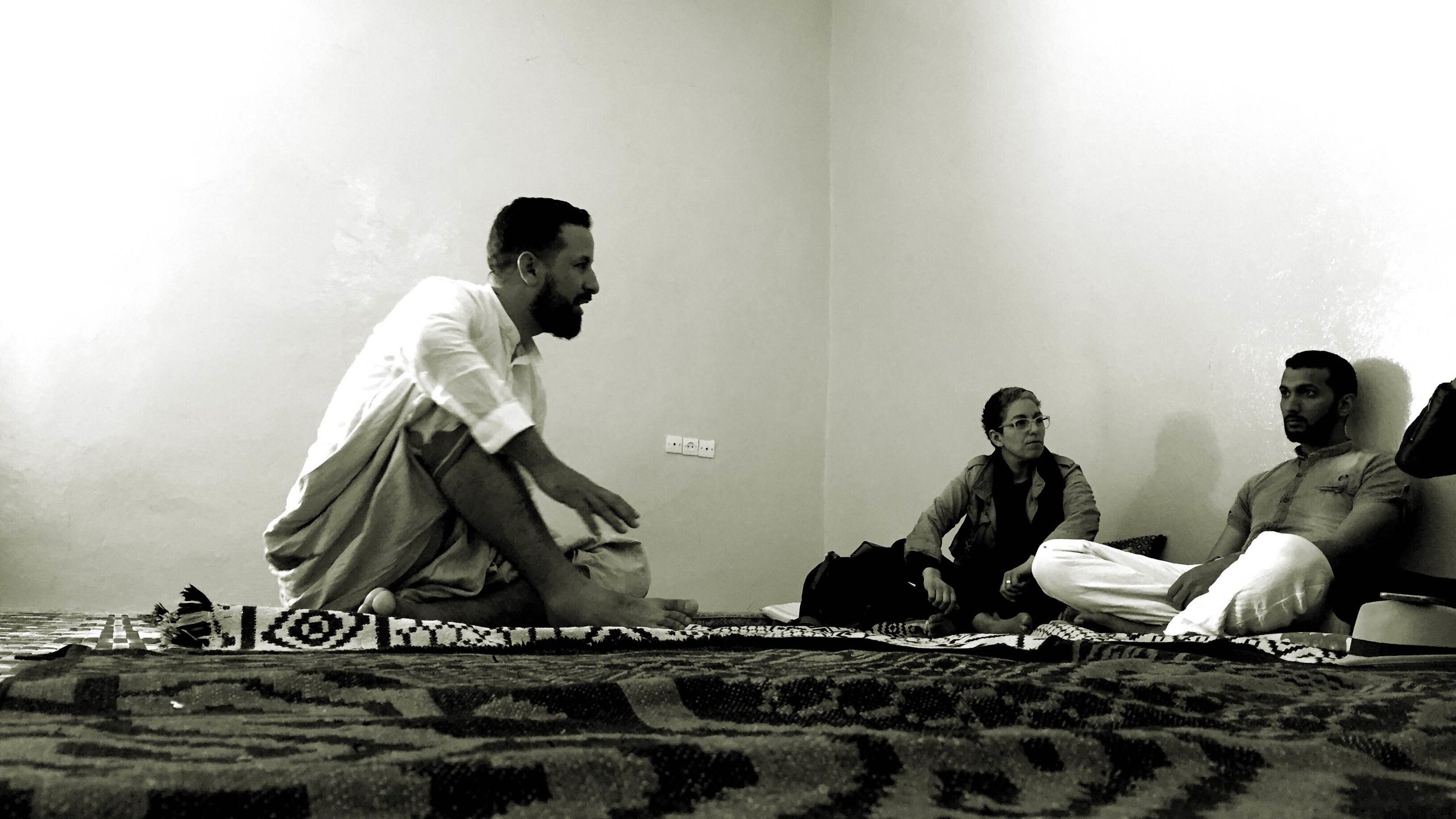
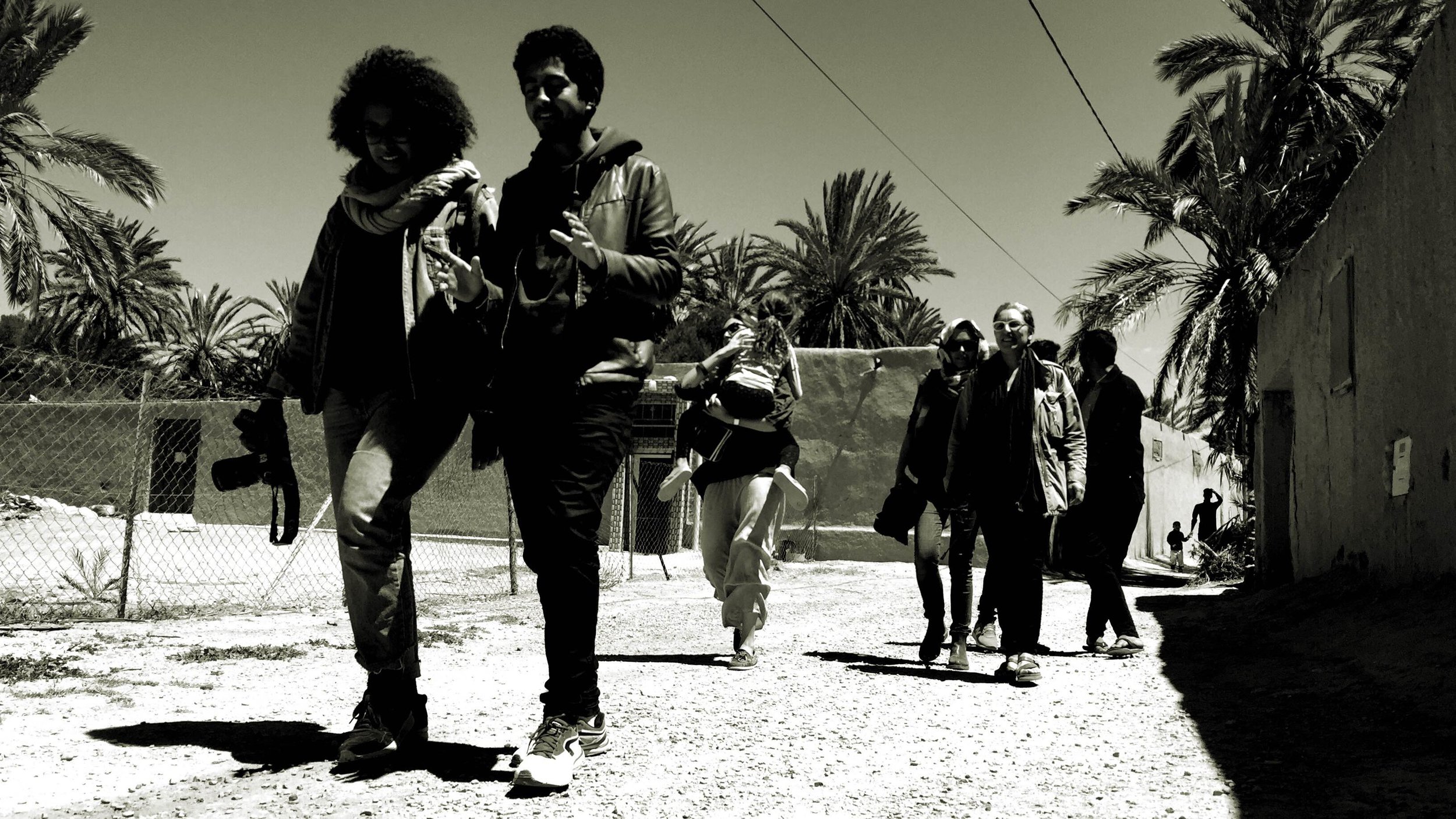
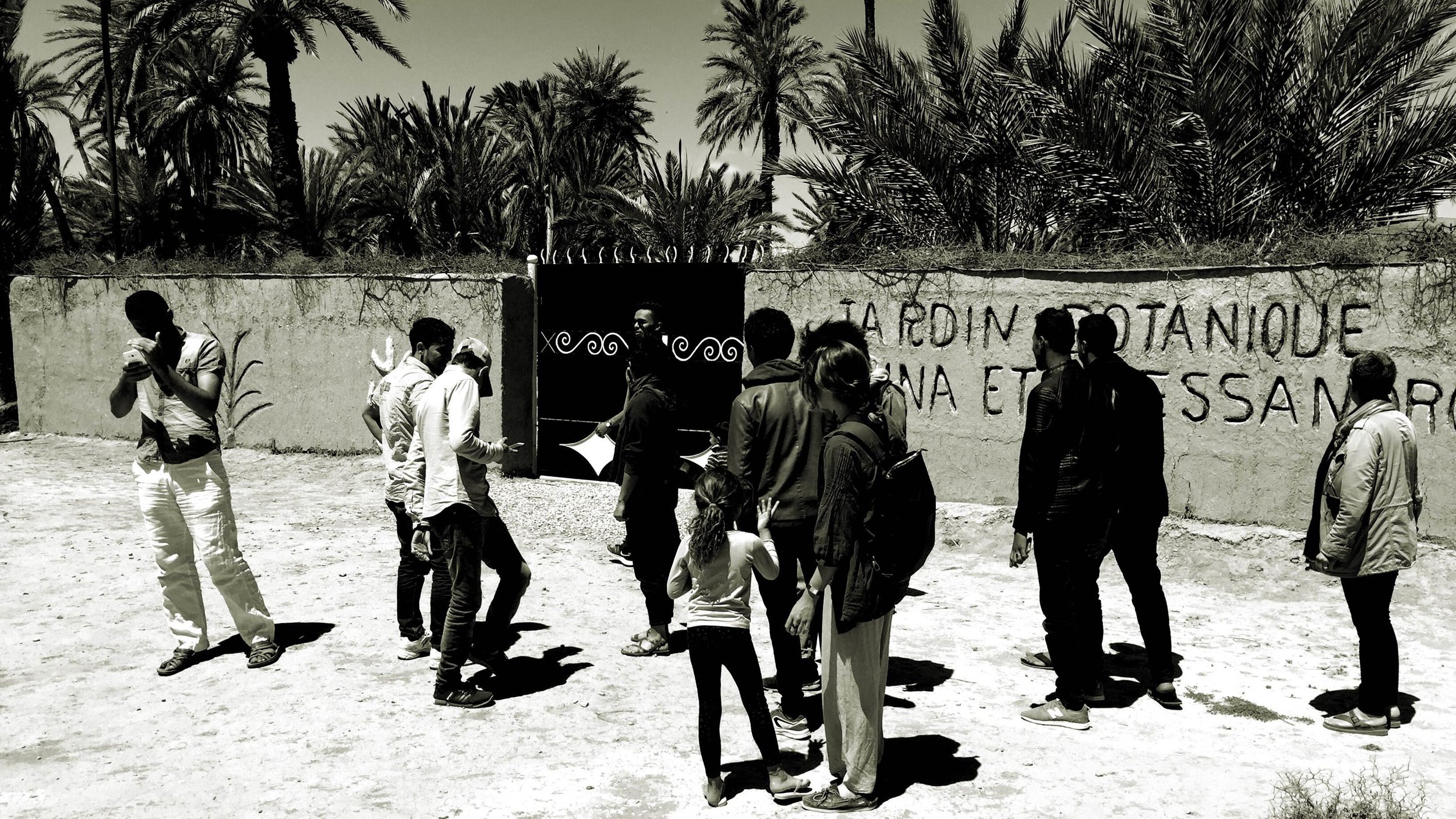

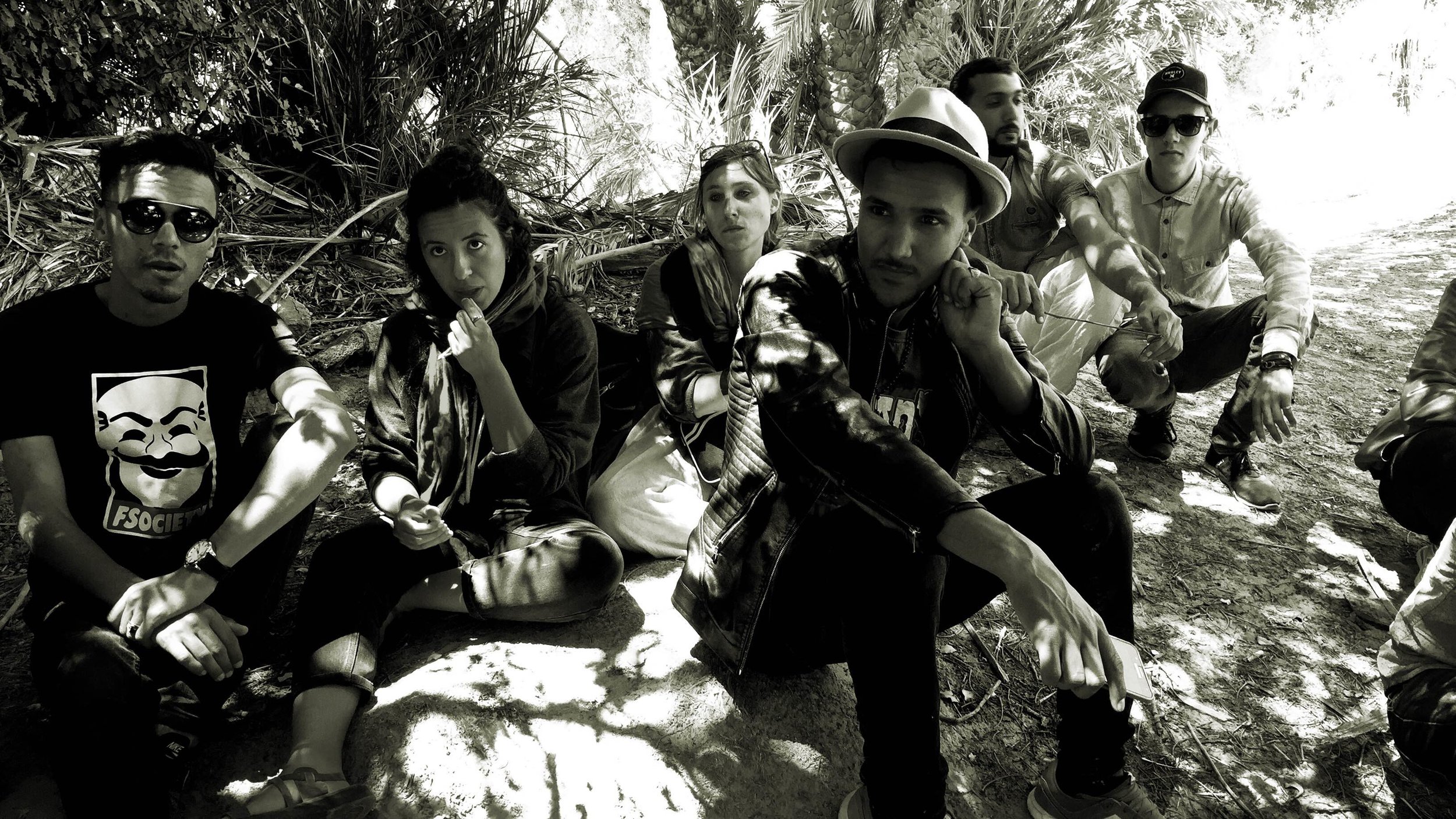
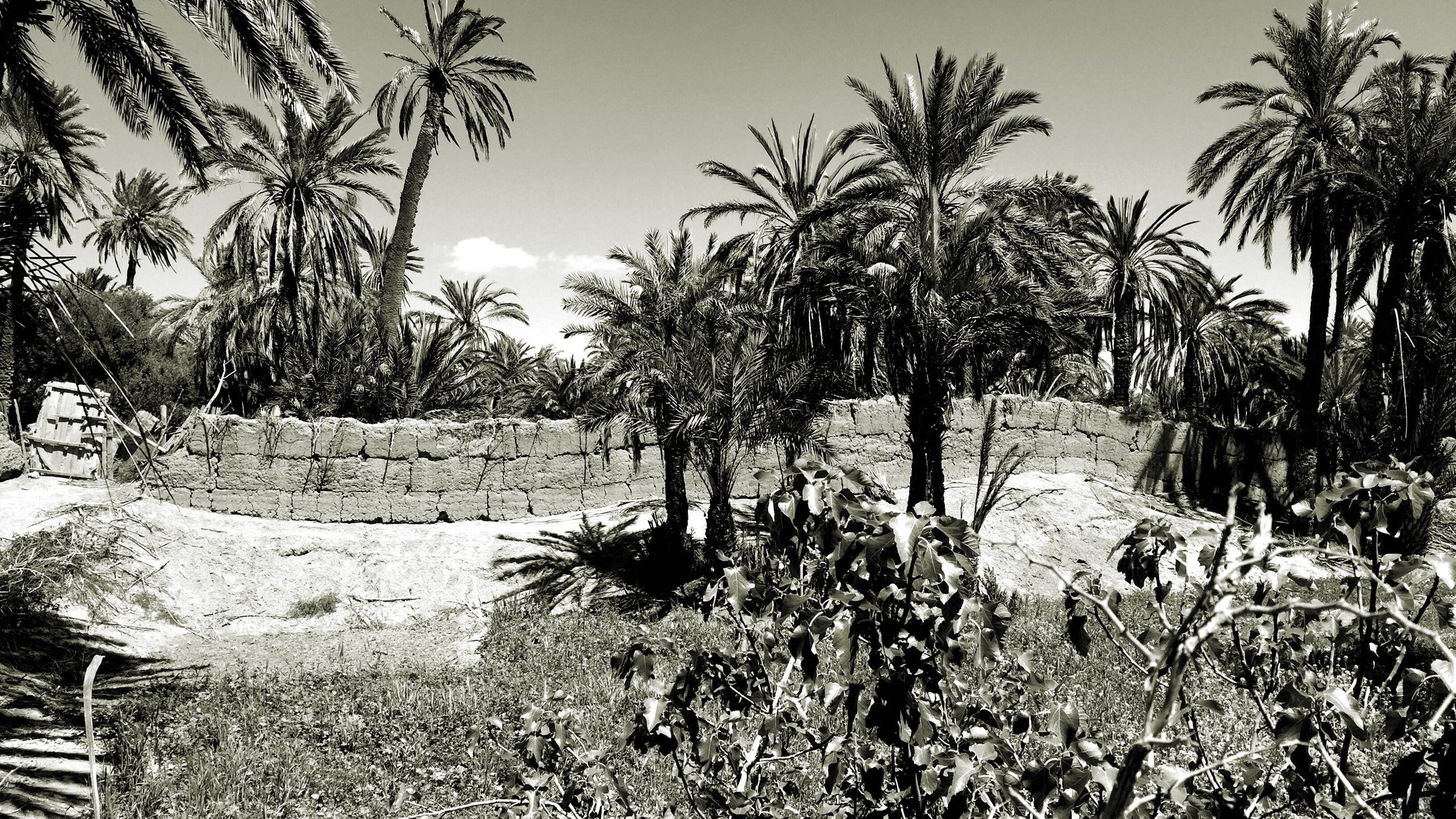
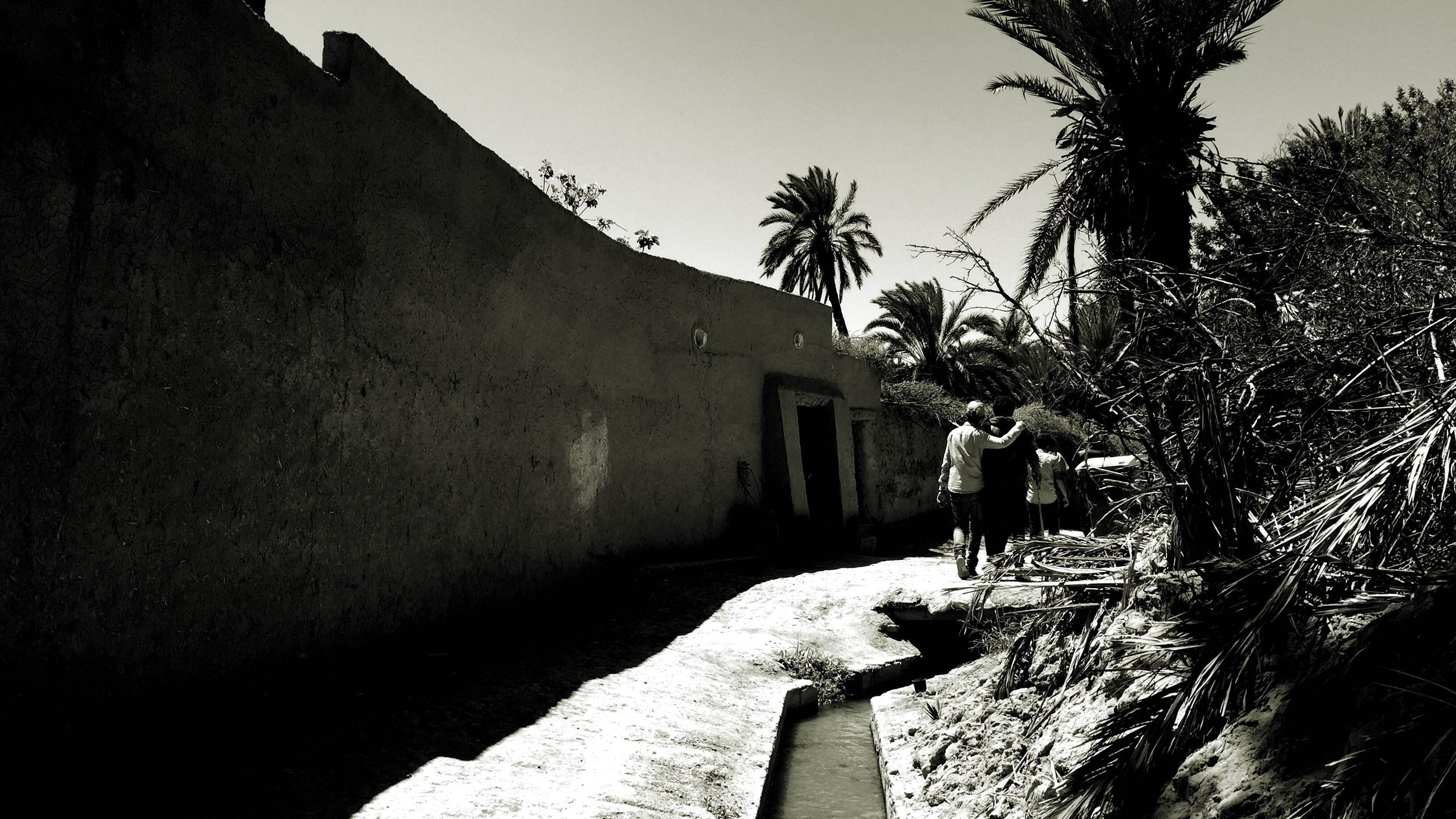
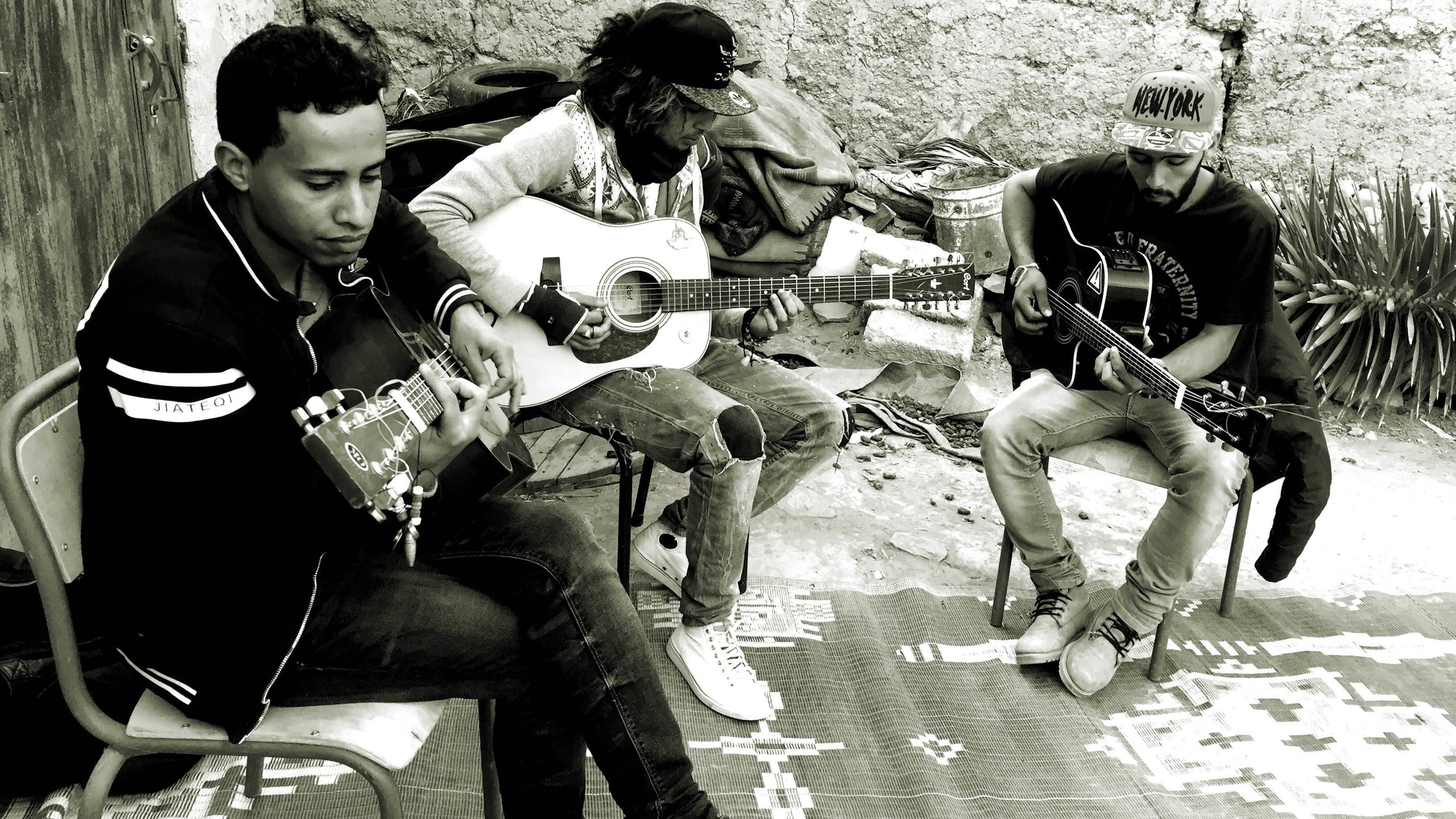
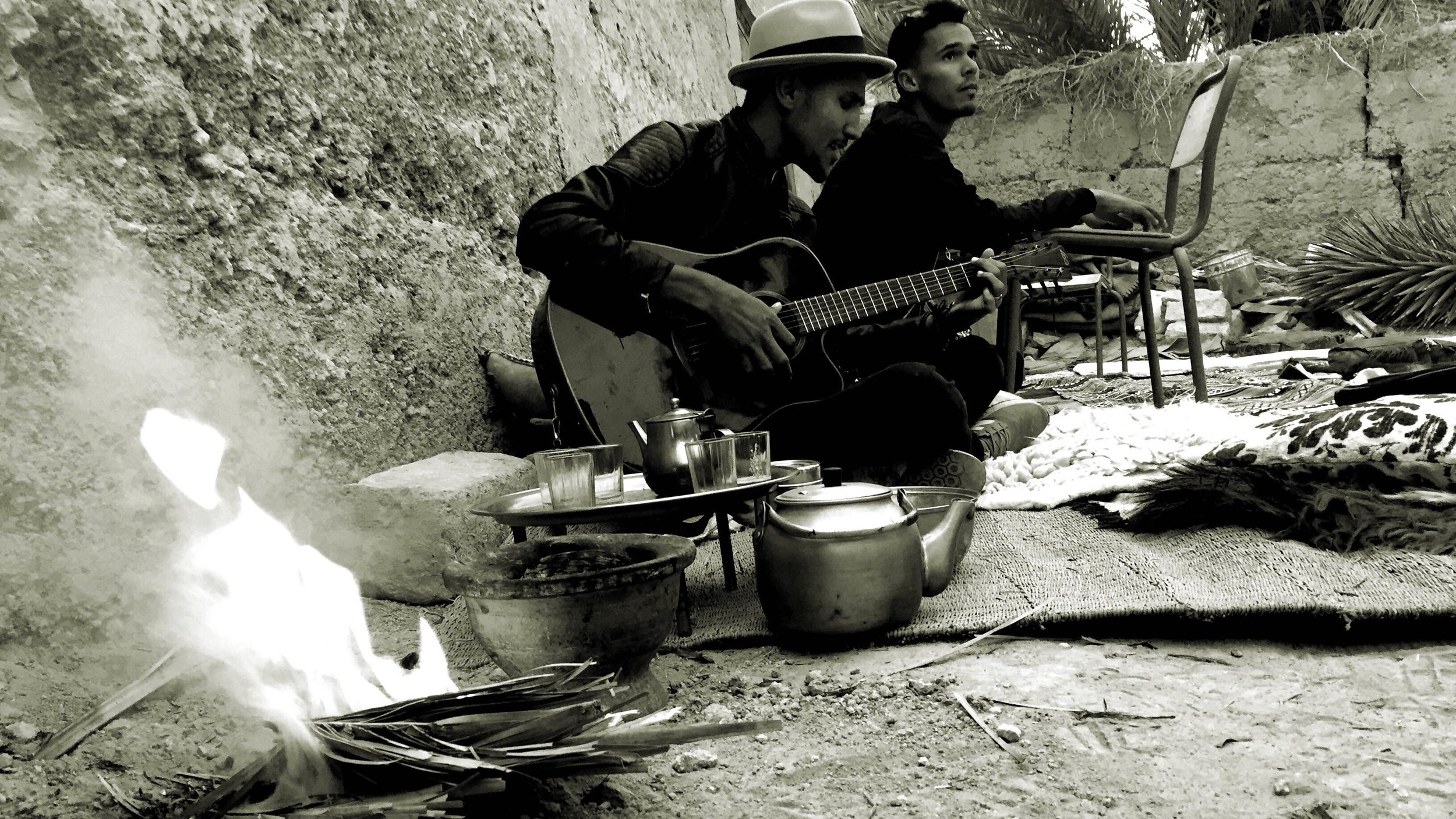




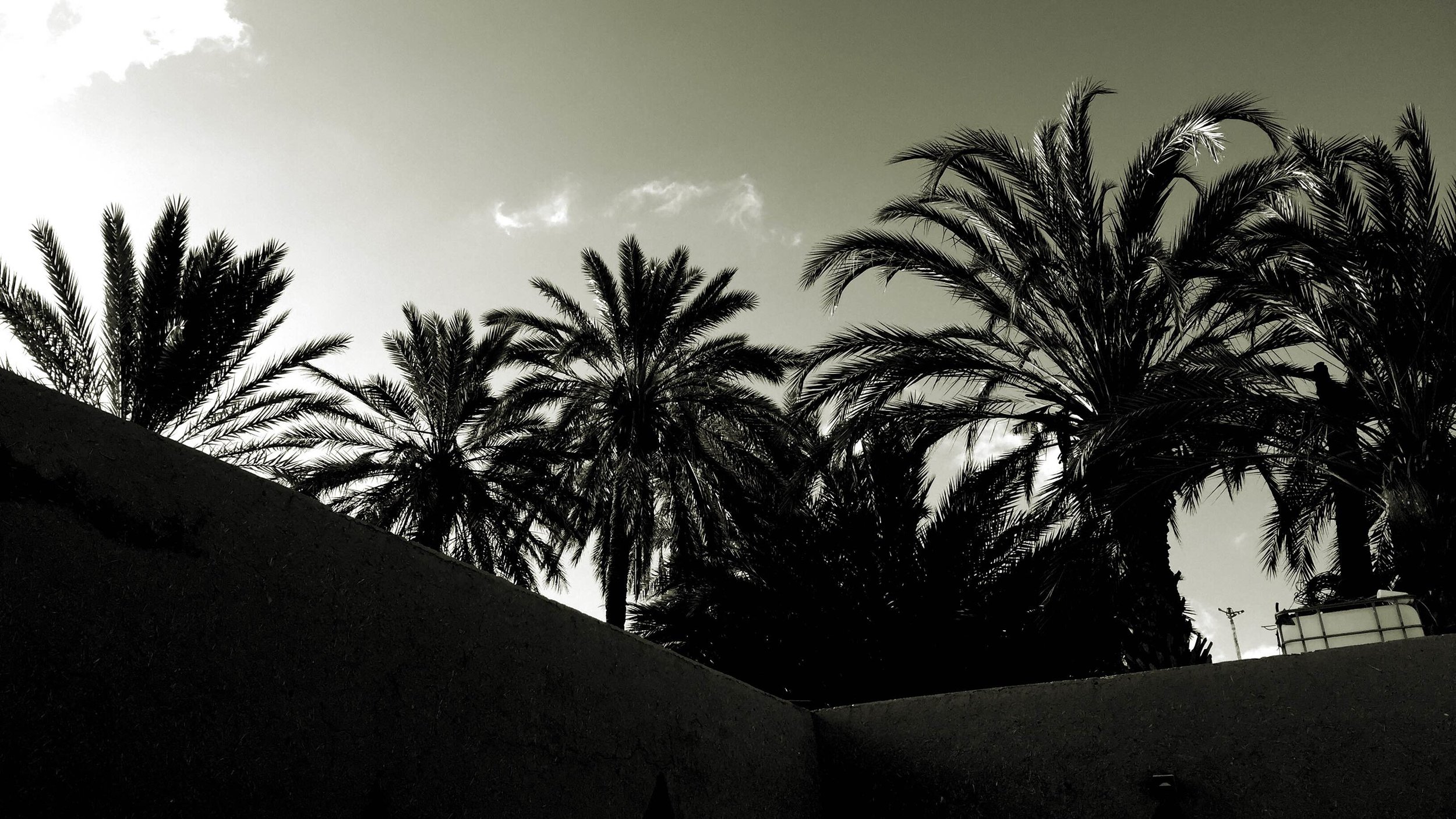
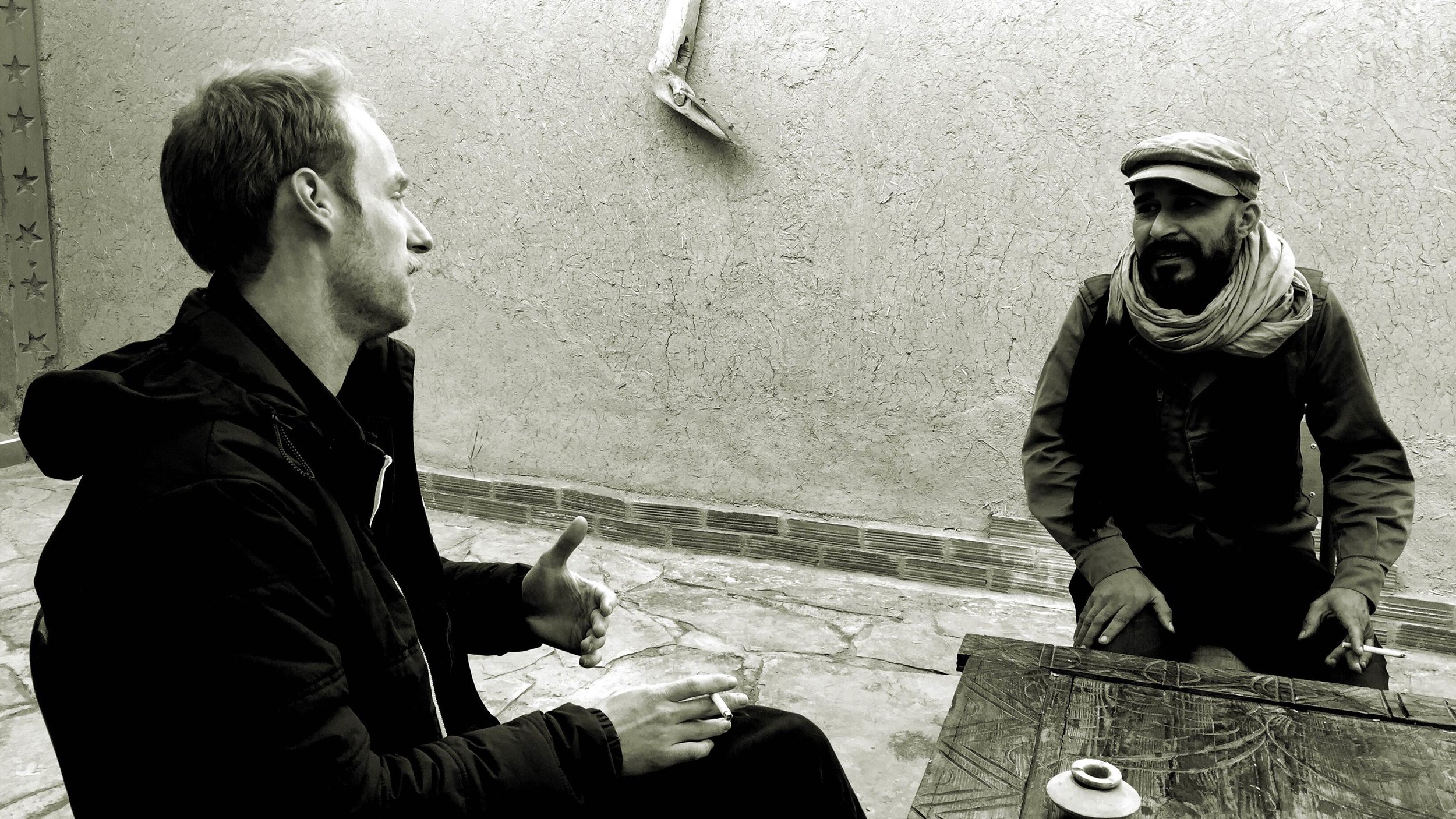
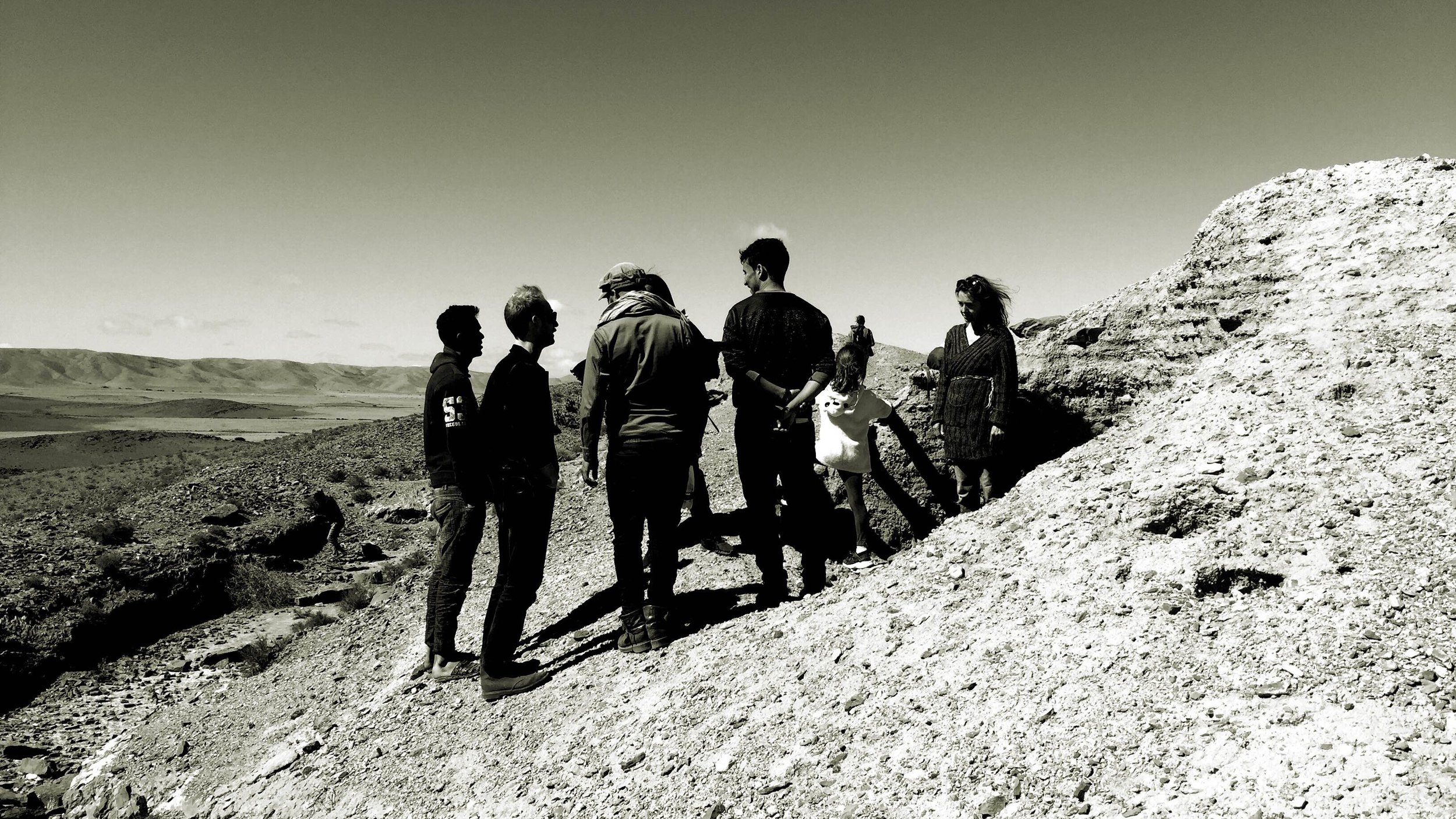
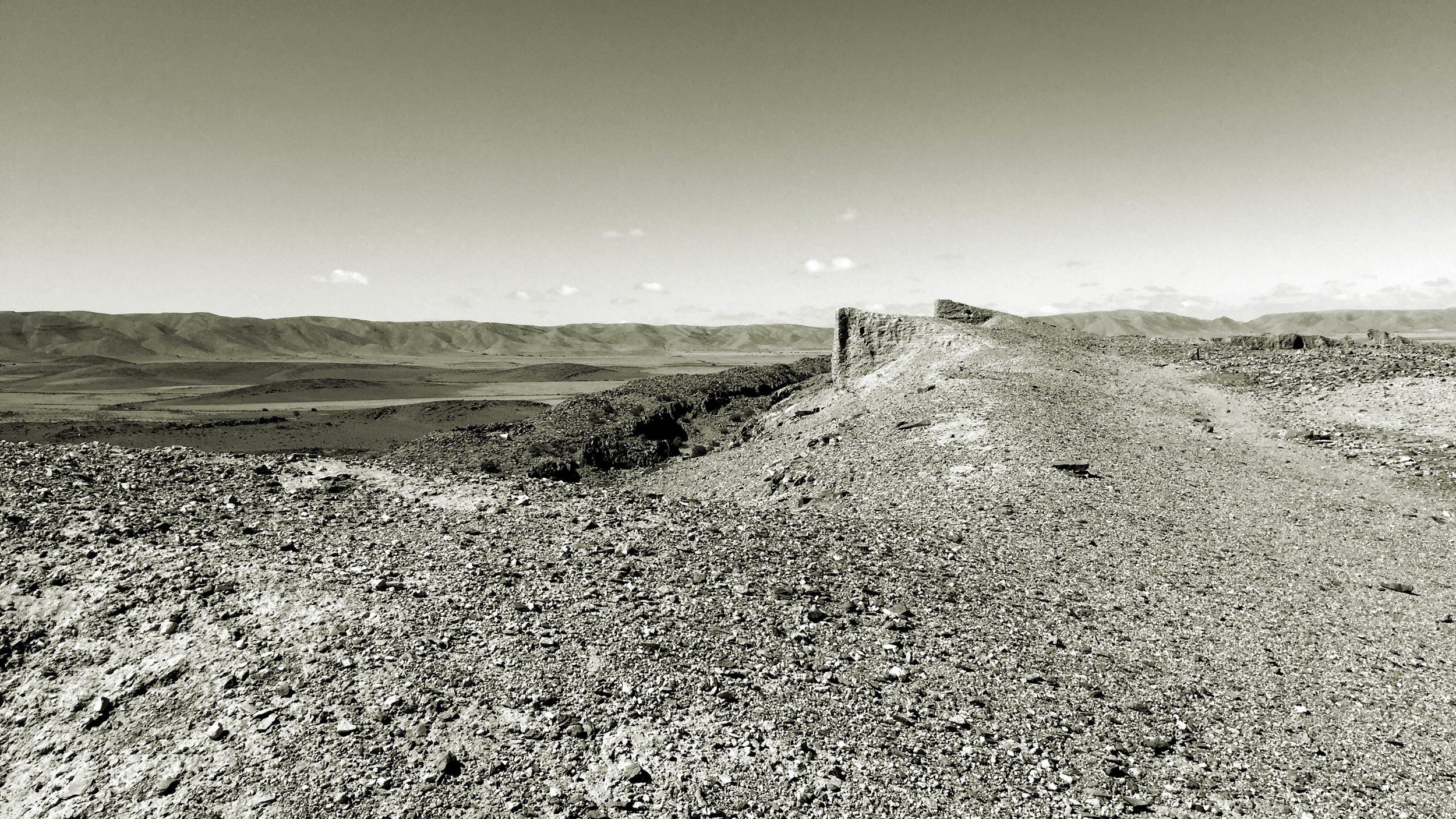
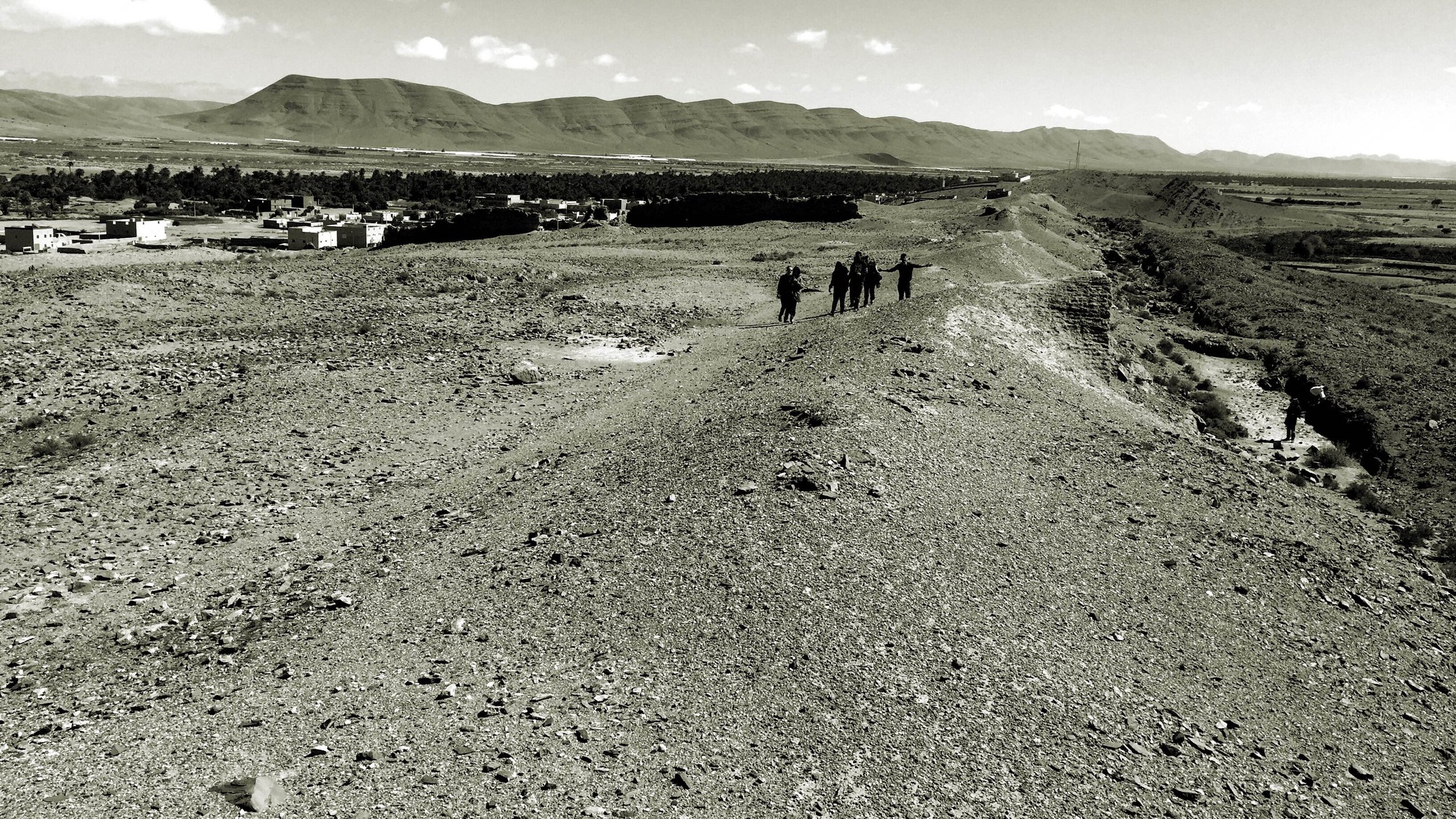
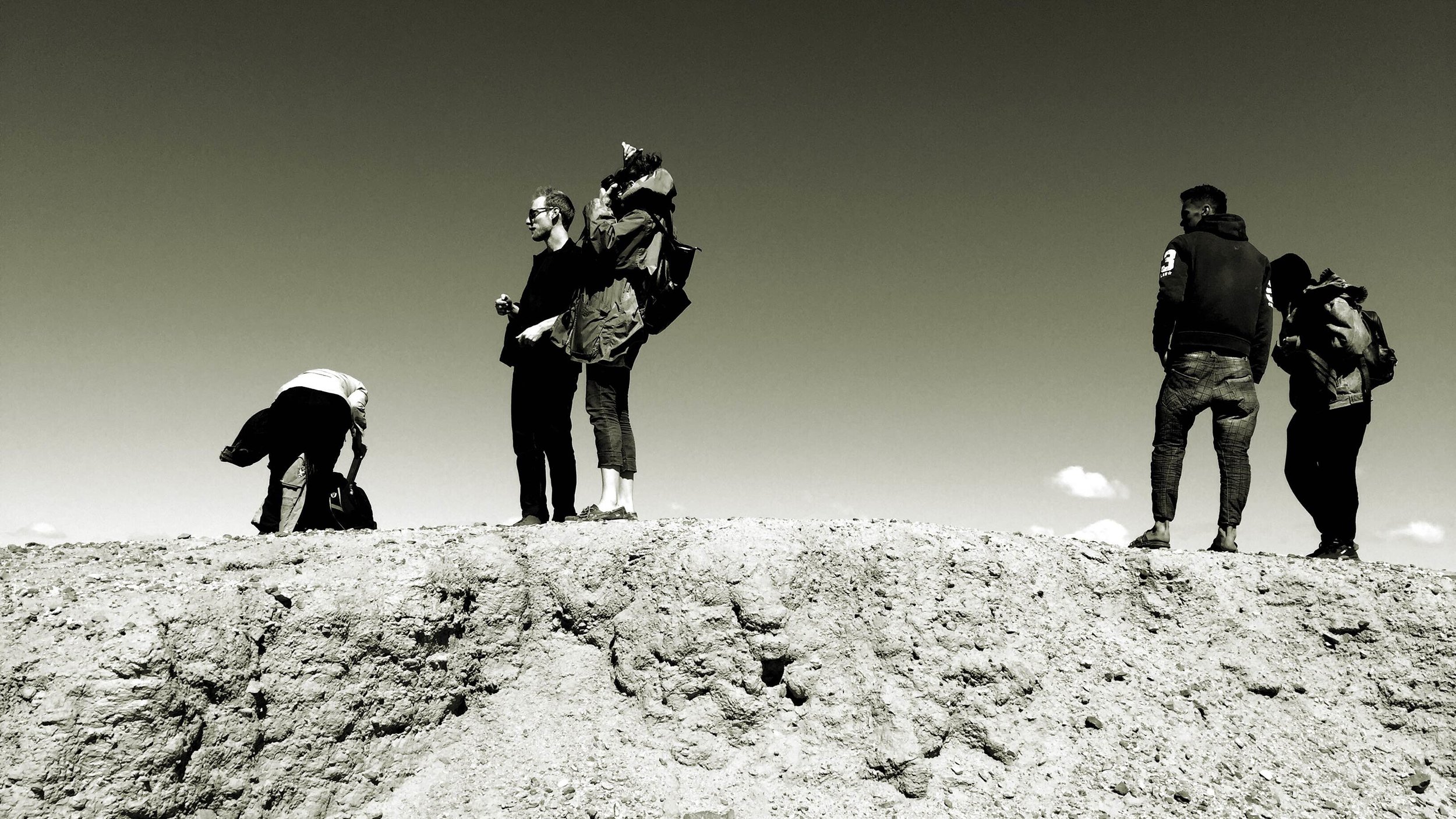
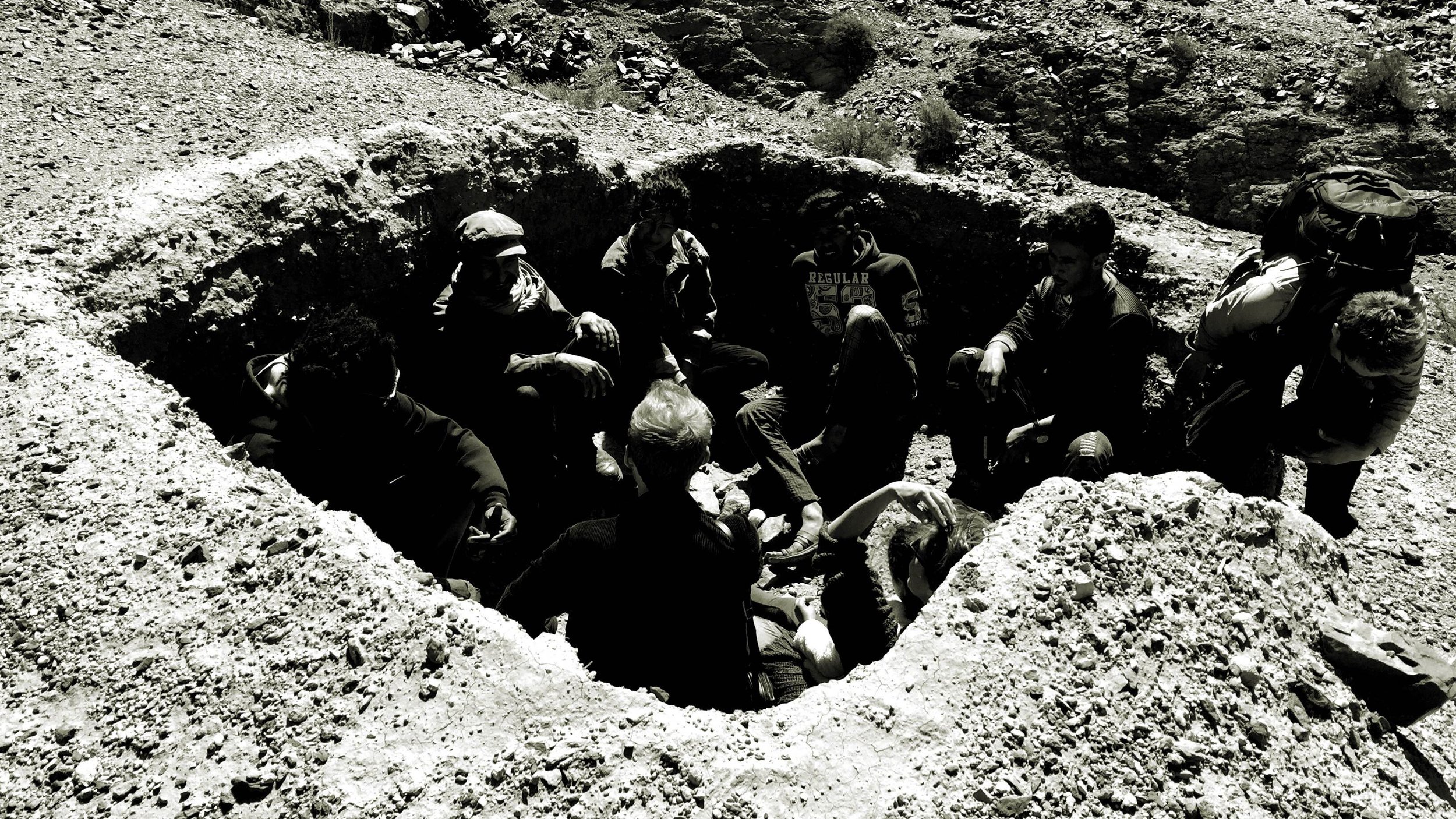
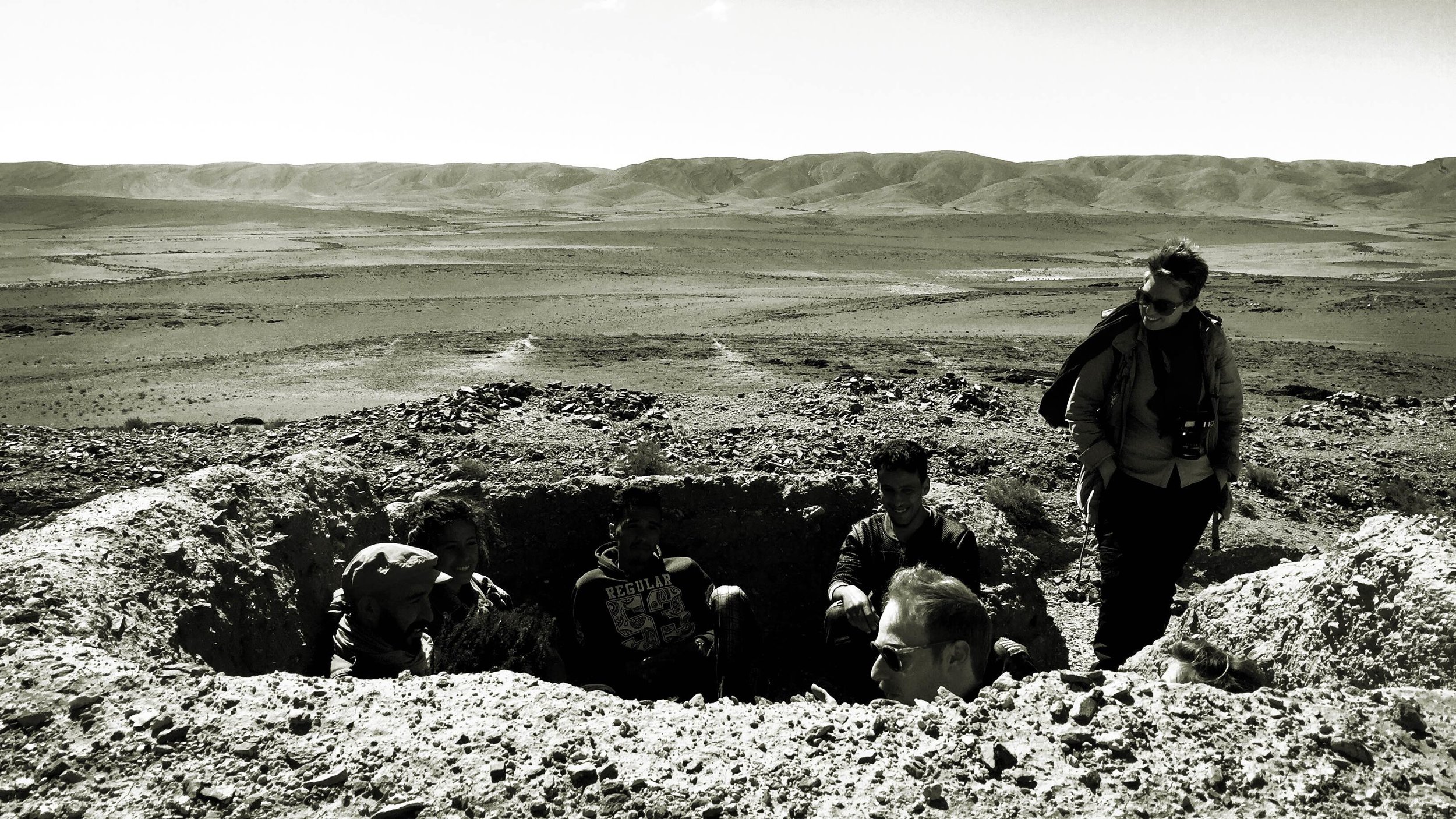
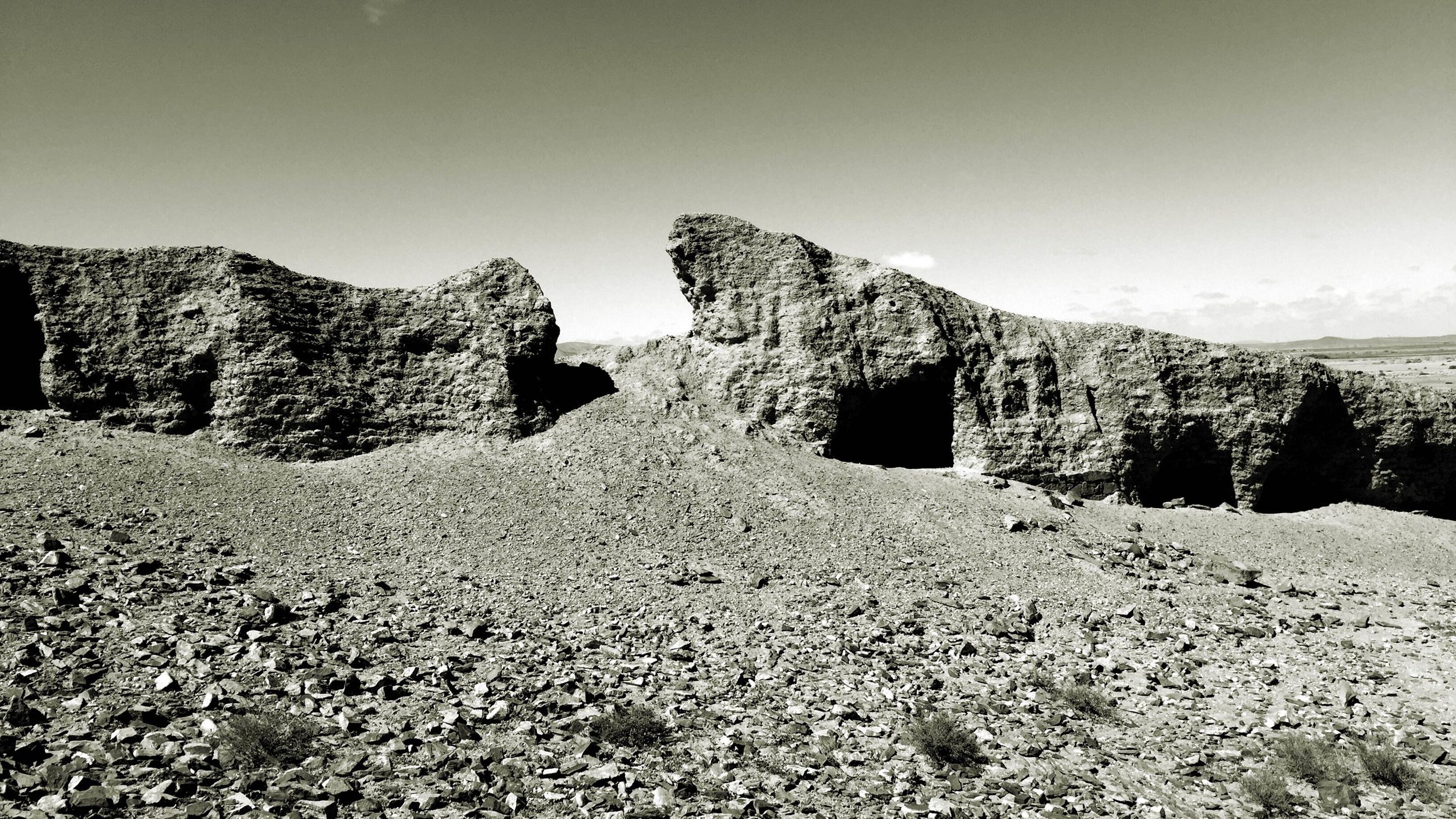


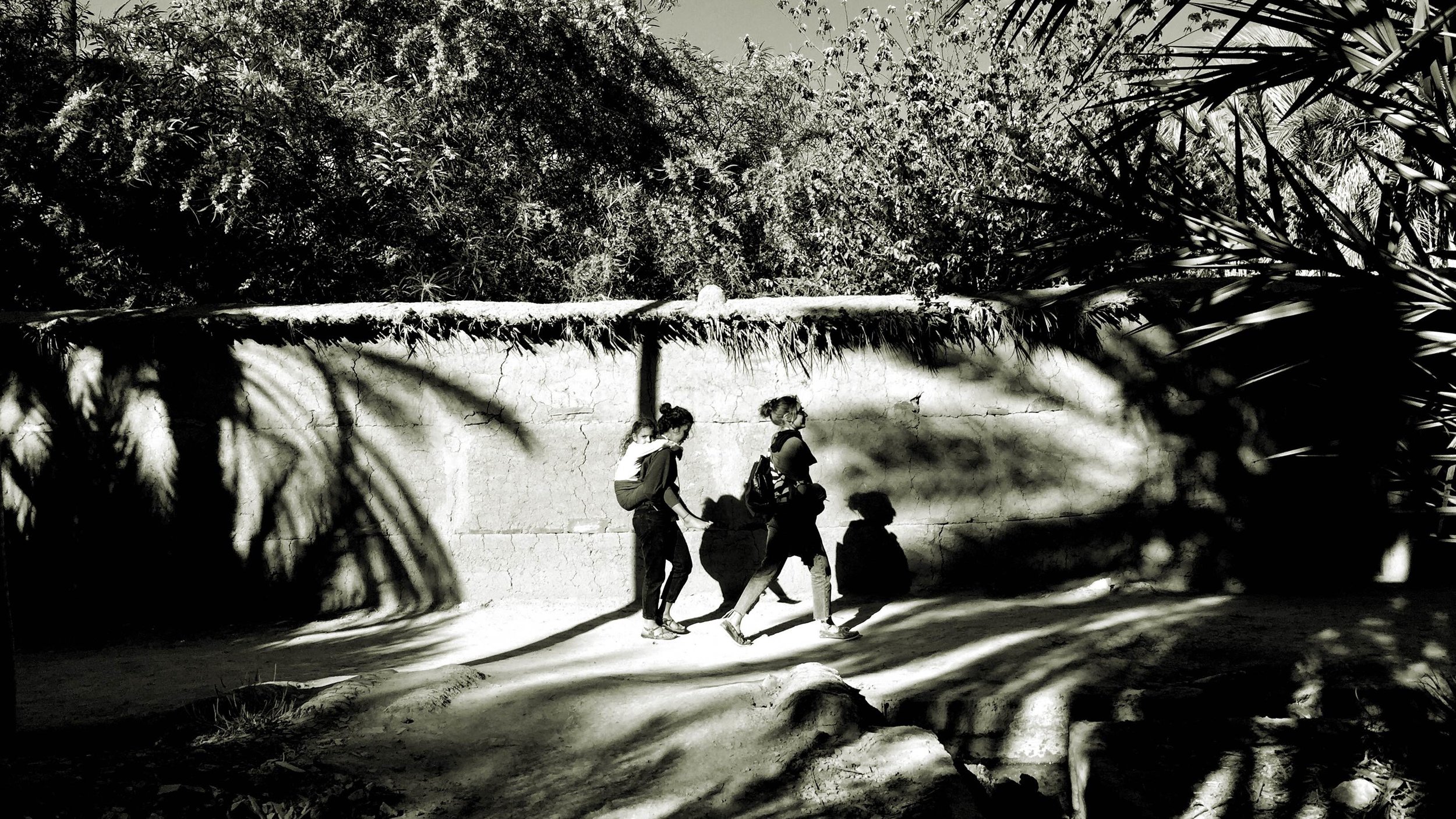
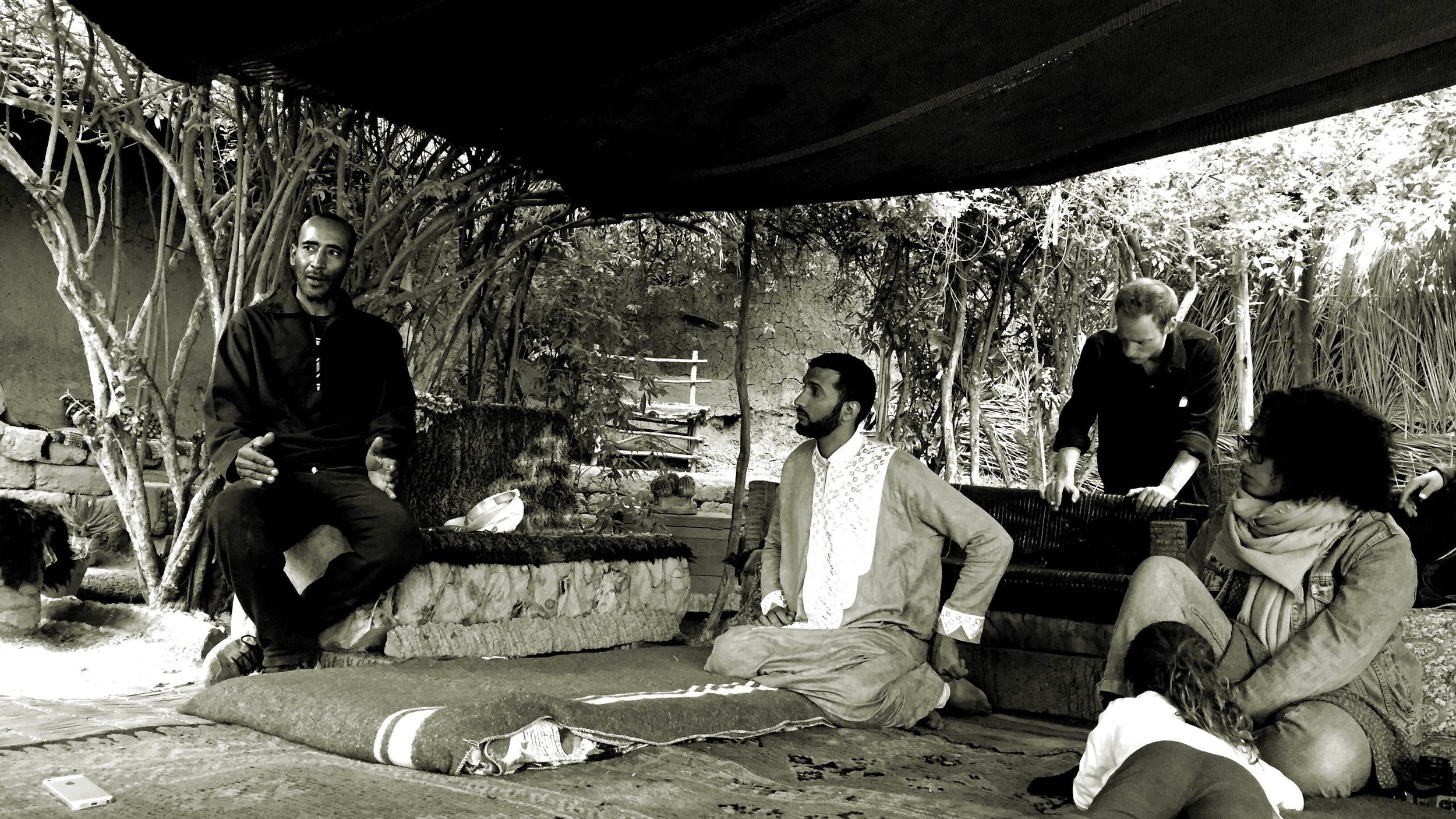
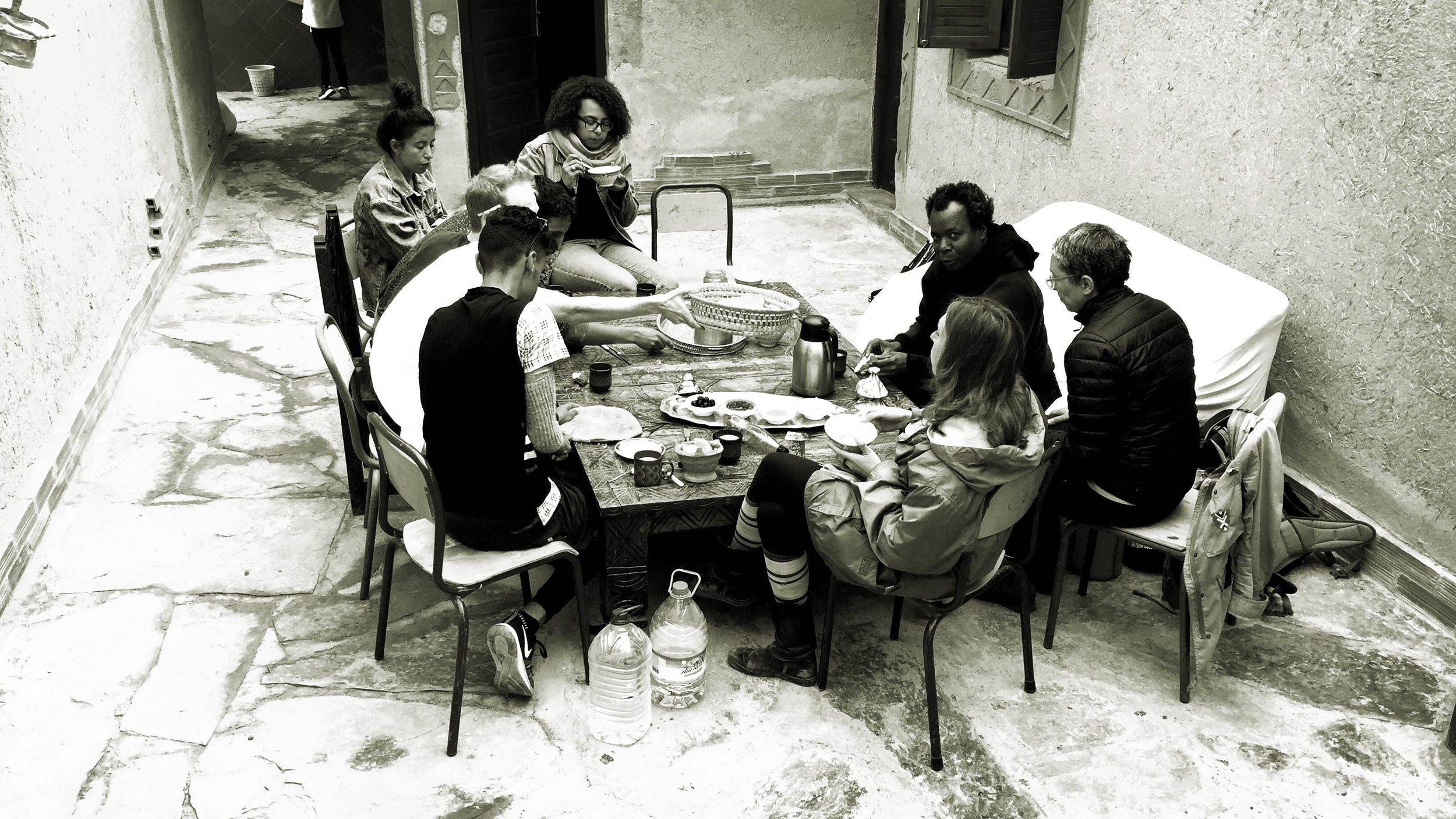
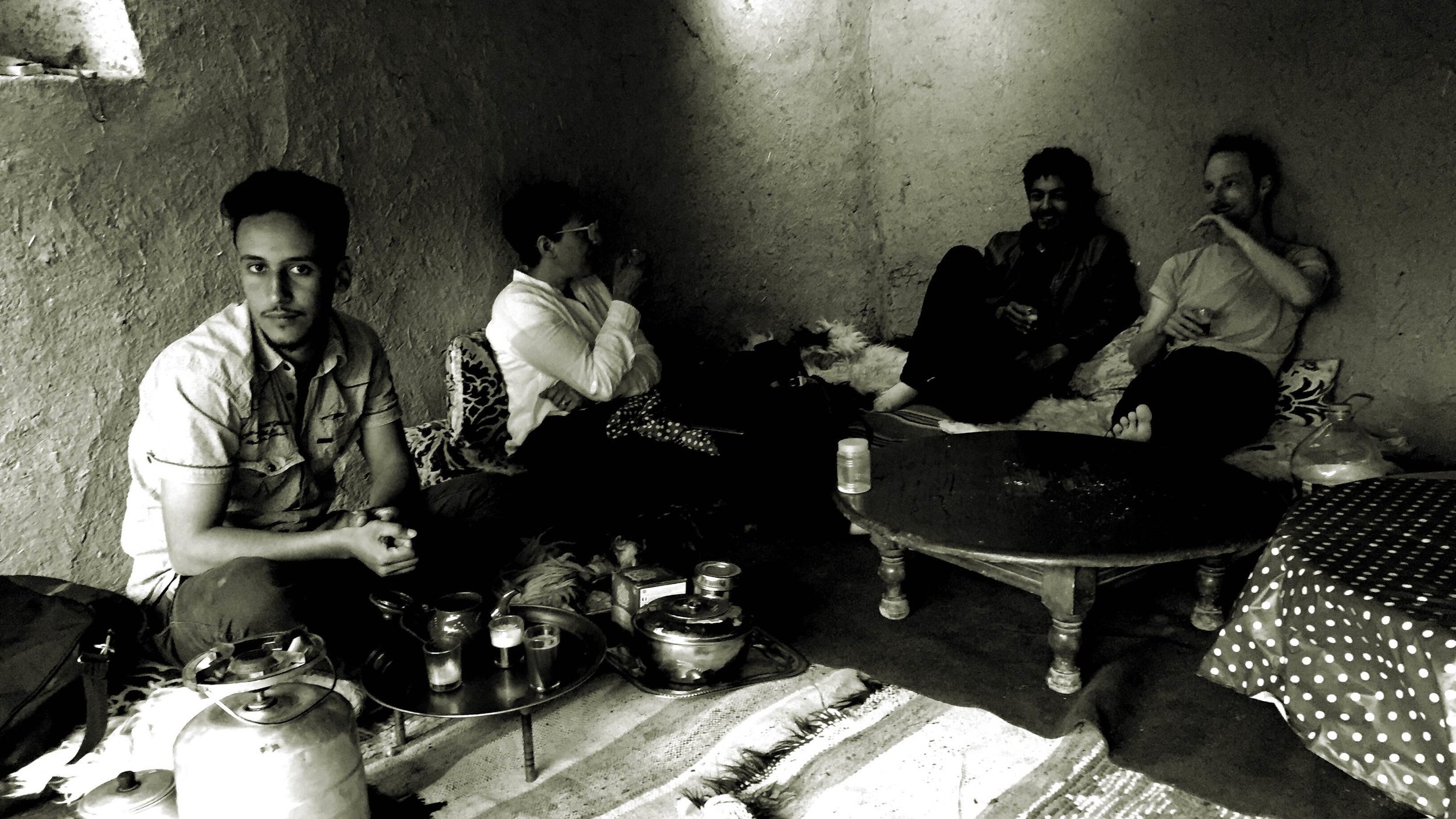
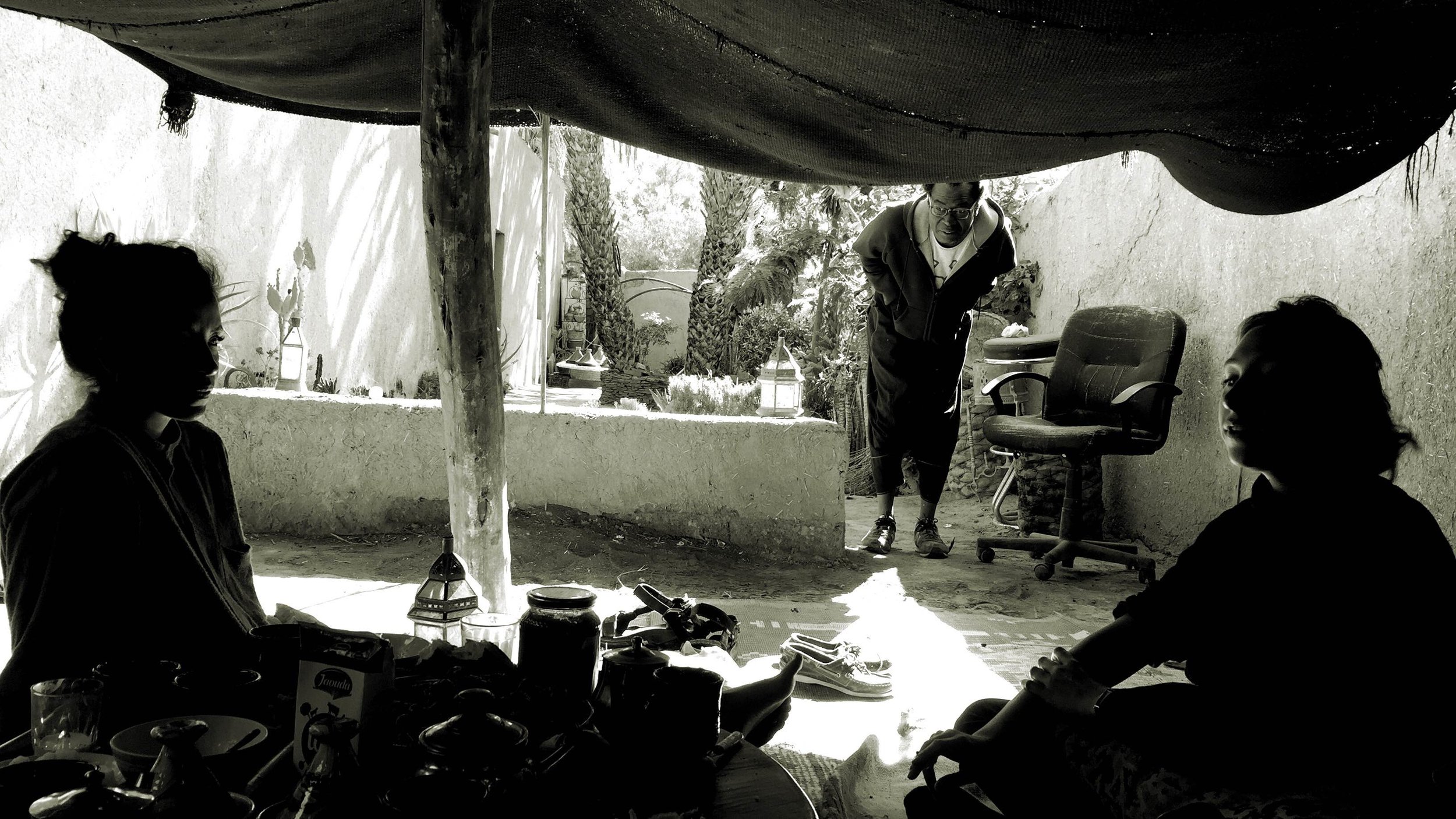
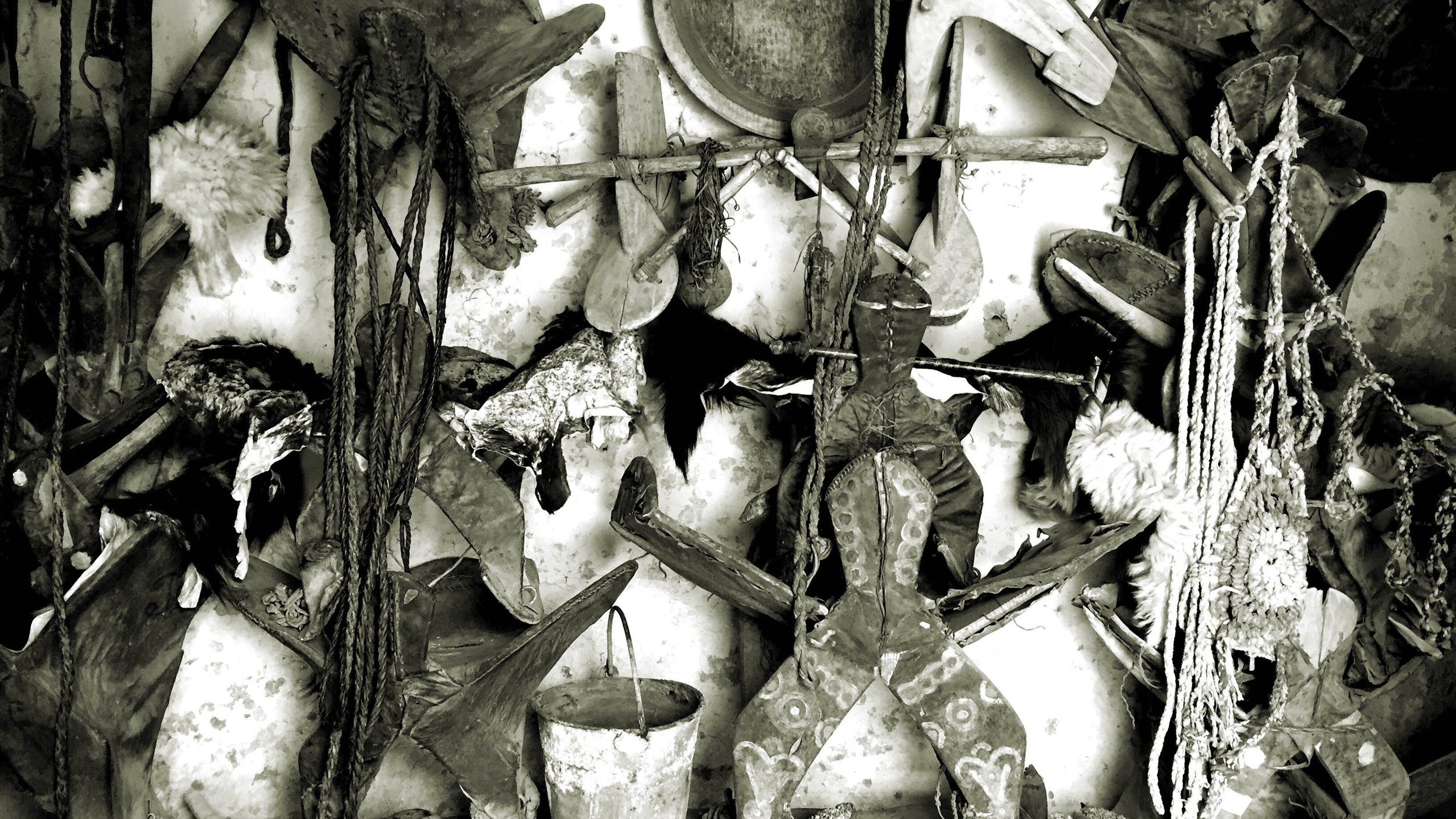
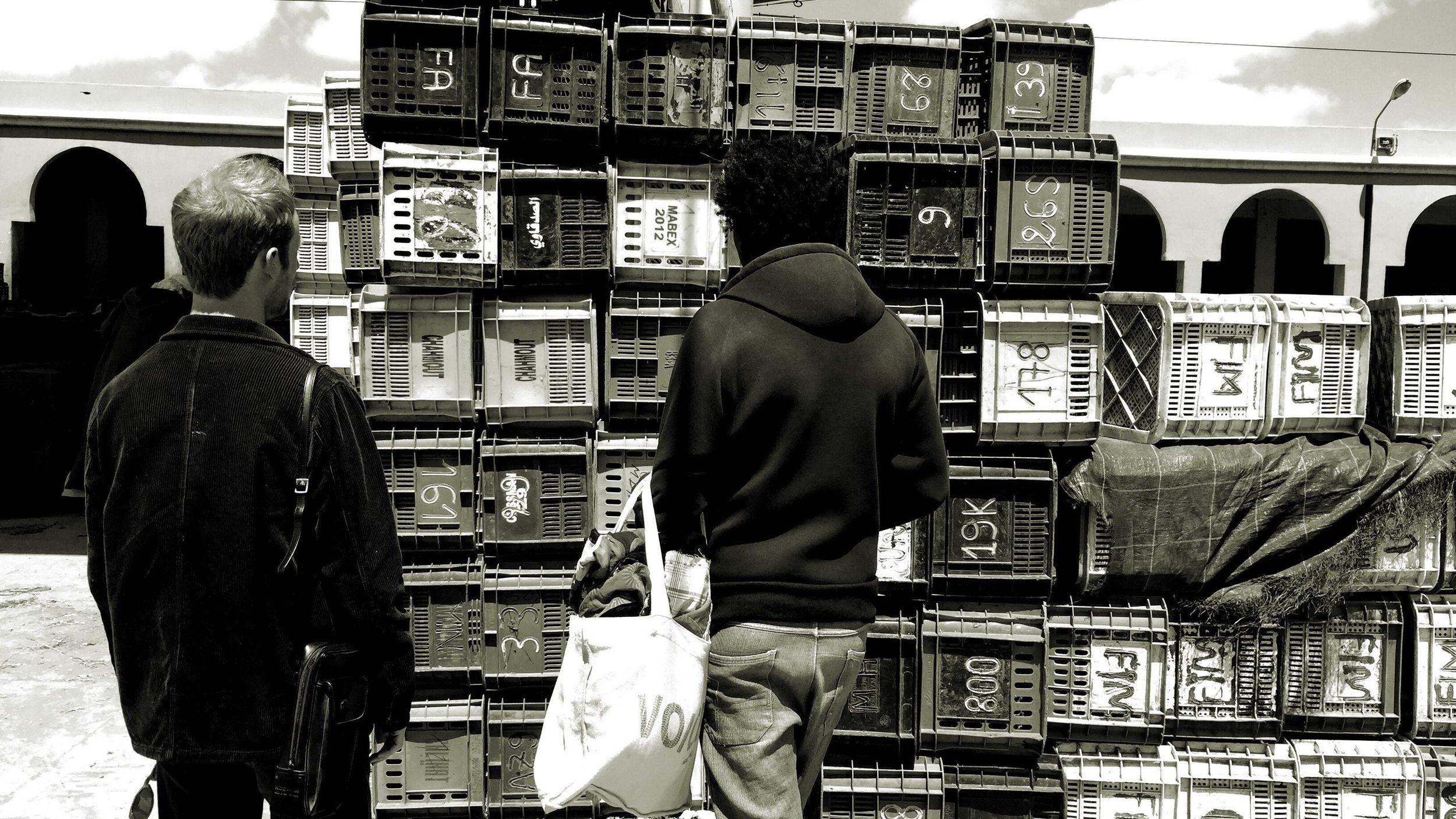

As an ongoing research on caravans, we (M'barek Bouhchichi, Ahmed Dabah and myself) wanted to share the experience of walking in the desert and the nomad life. We proposed to look for a nomad family and stay two days and one night with them, something we already did that with Gilles Aubry and Heidi Vogels when they came alone in May 2017, and also the last night of the gathering in 2017, but we wanted a more complet experience, staying more time in the middle of the desert, a sensation that makes you think about the importance of the oases and the incredible capacity of nomads to adapt themselves to the nature in such an extreme environment. I really think everybody was happy (despite the cold weather we had by night), nevertheless we could not stay with the nomads, but next to them (we were too many people). We will do better next year.
Probably the best conclusion should be the living together between artists and inhabitants.
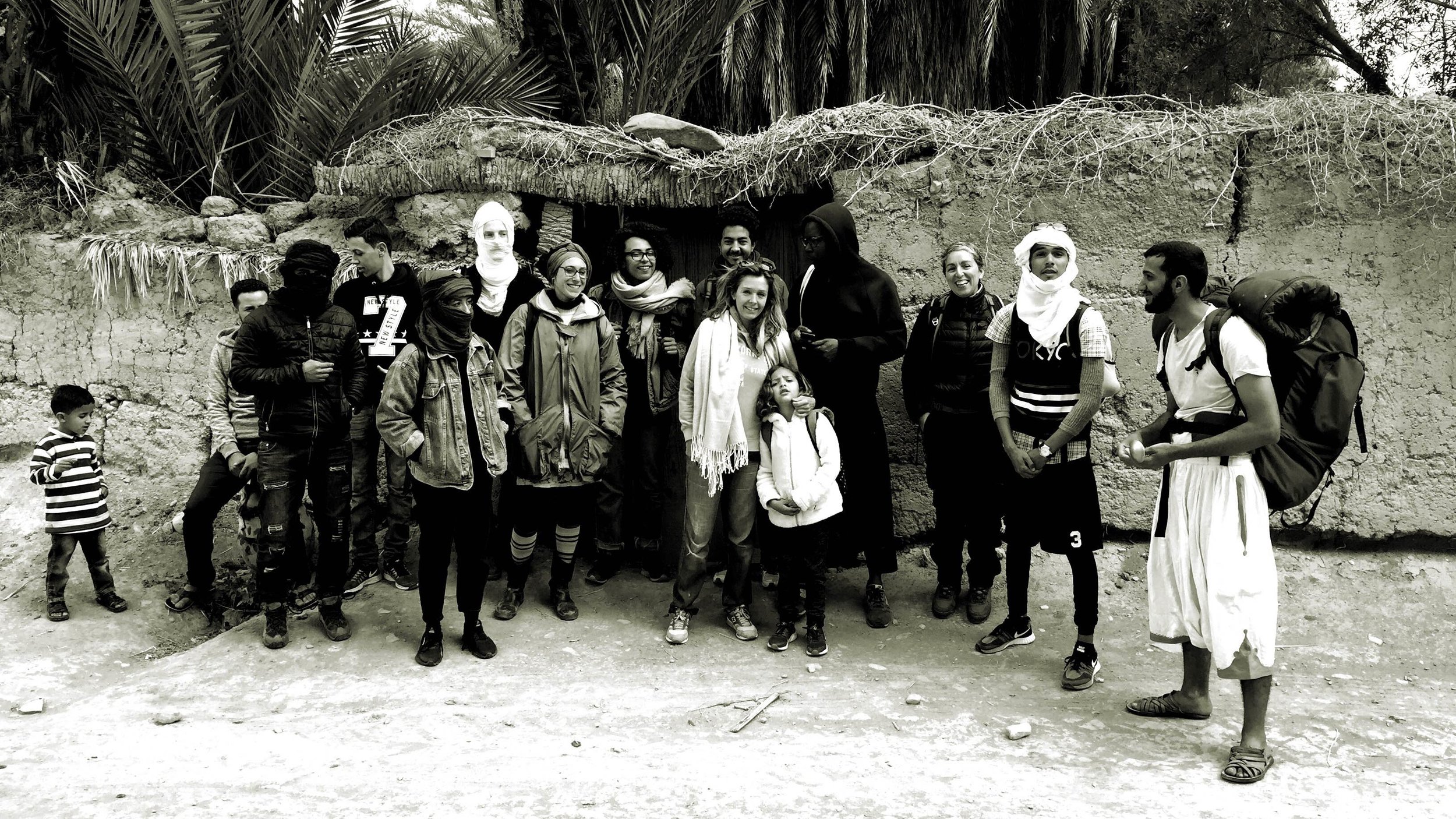
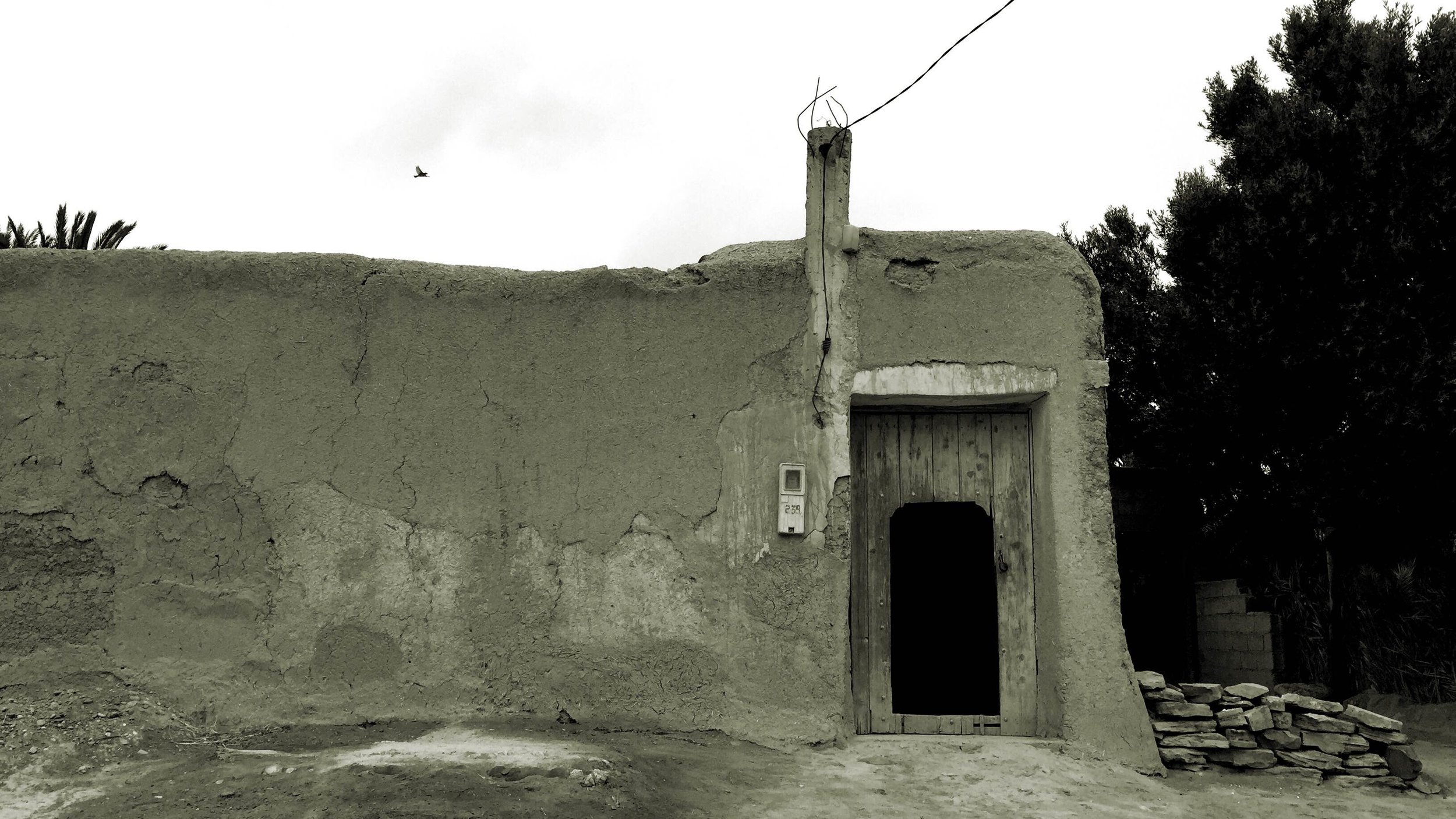

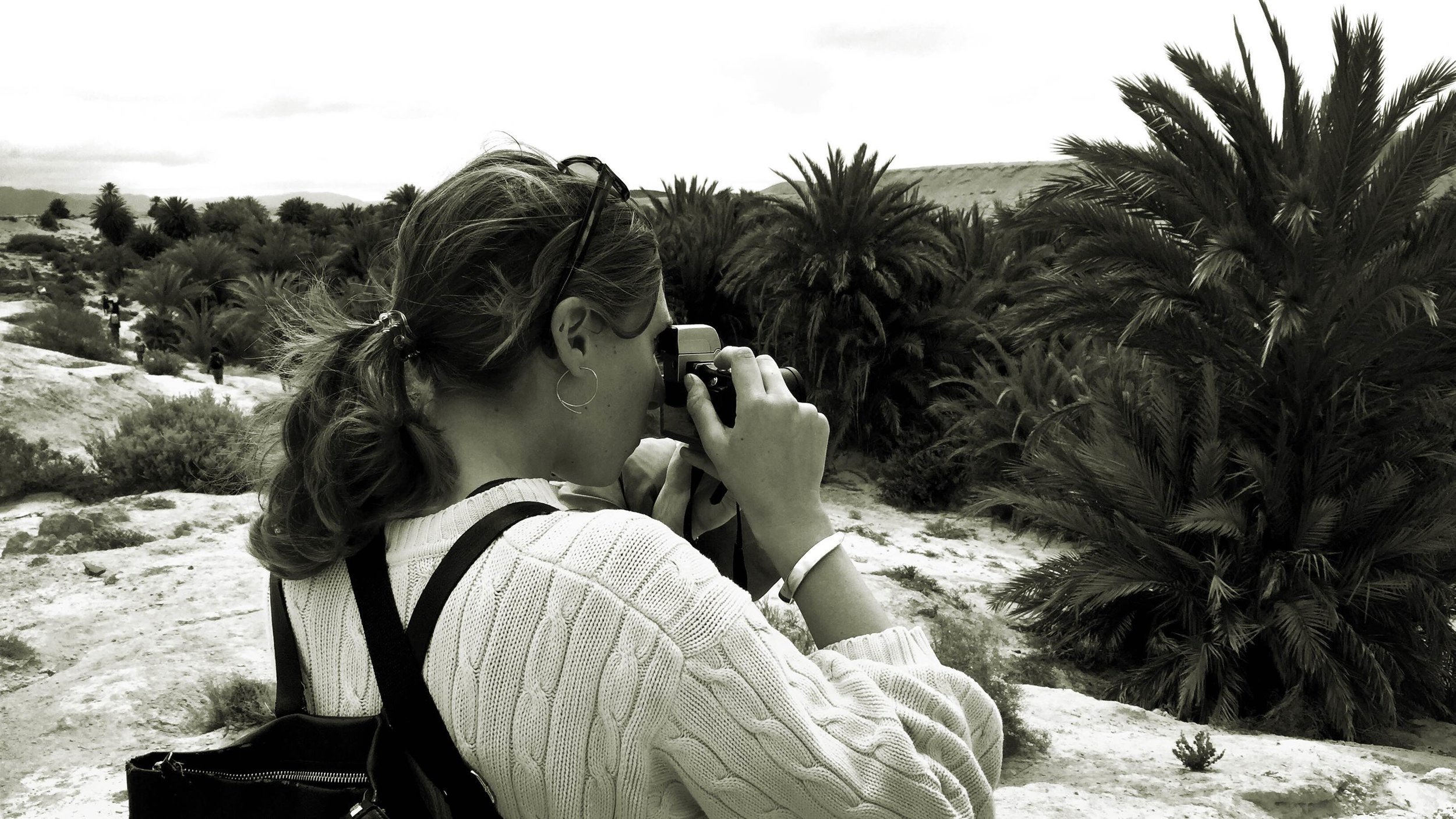
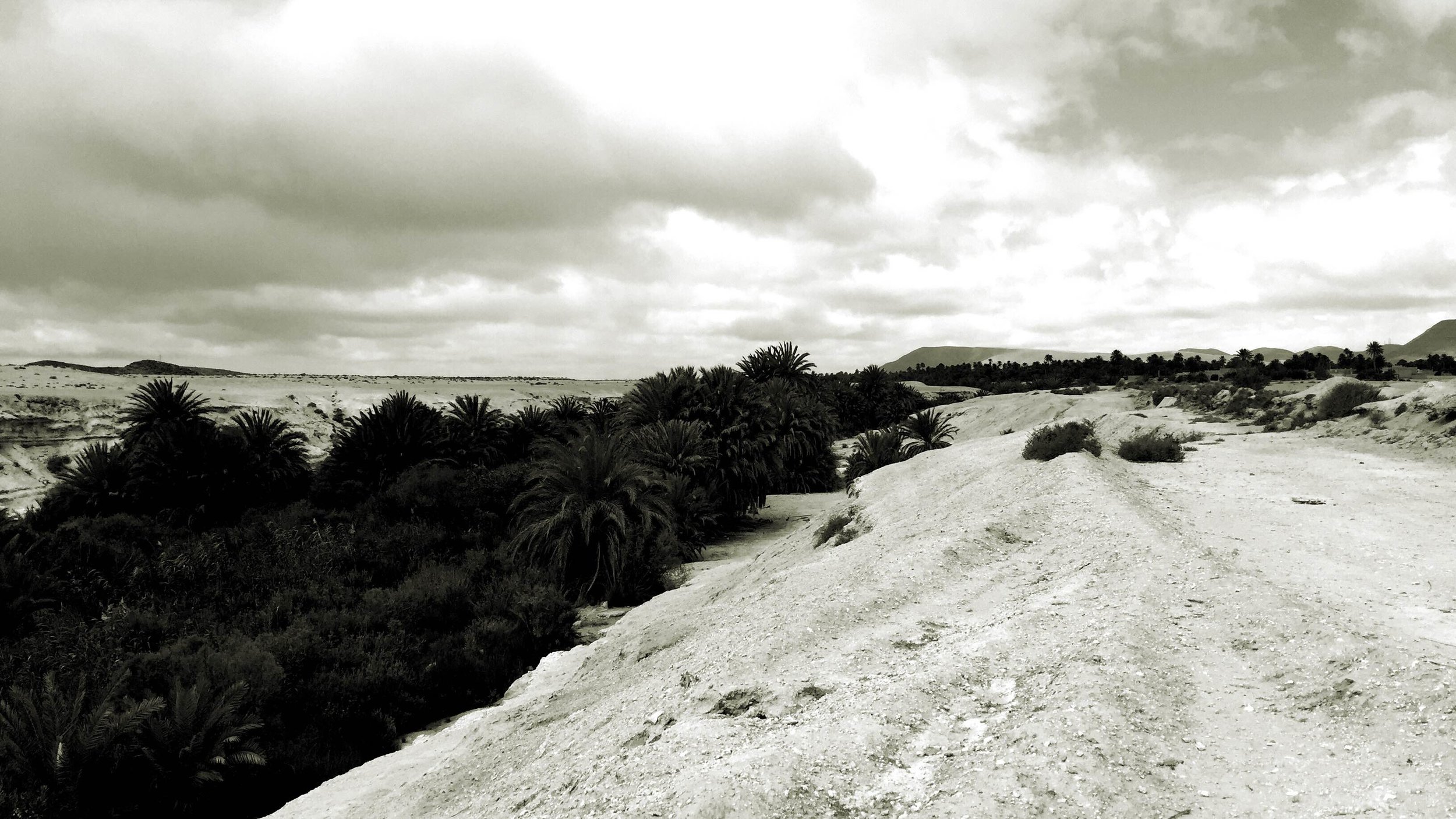
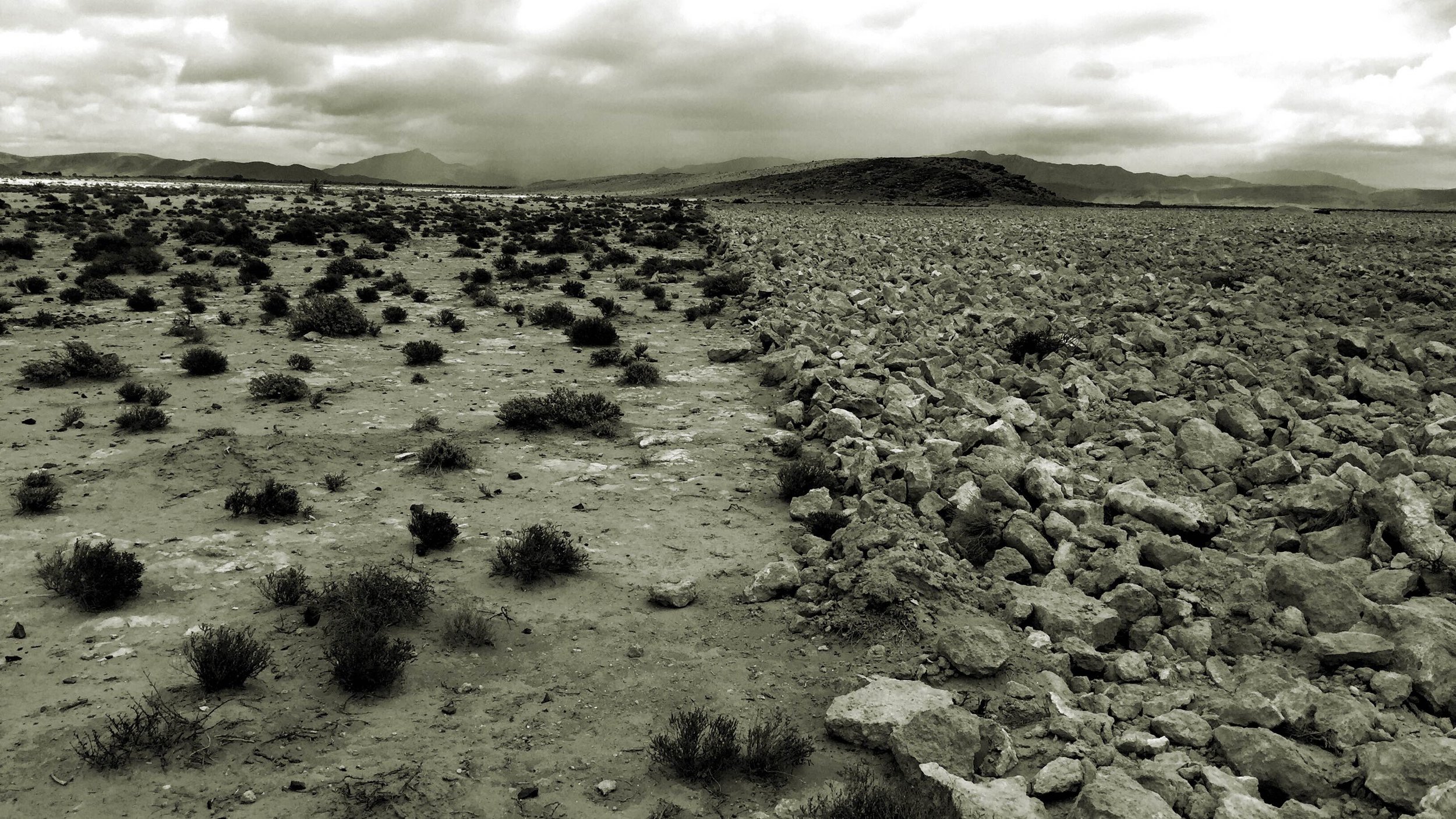
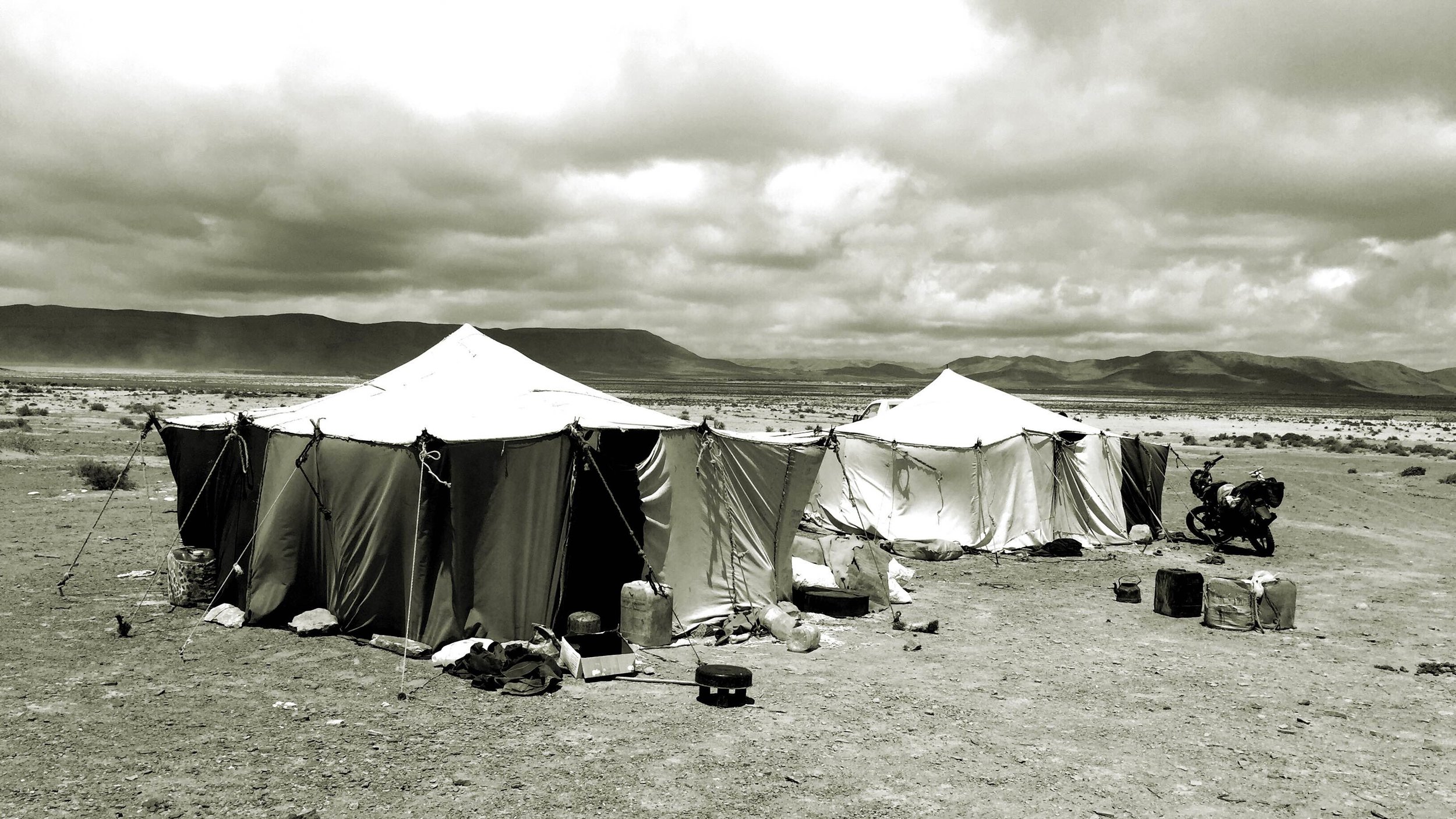
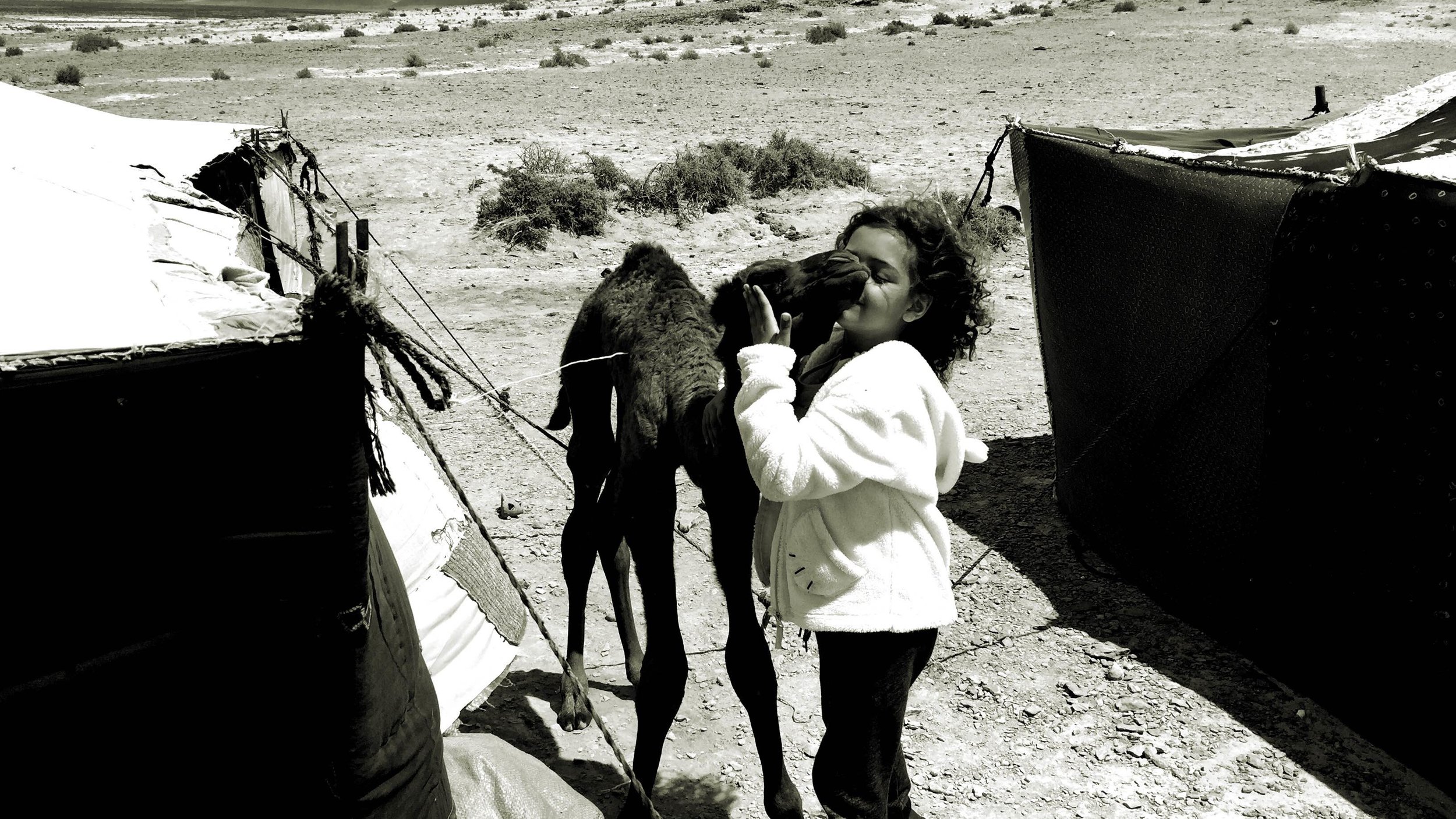


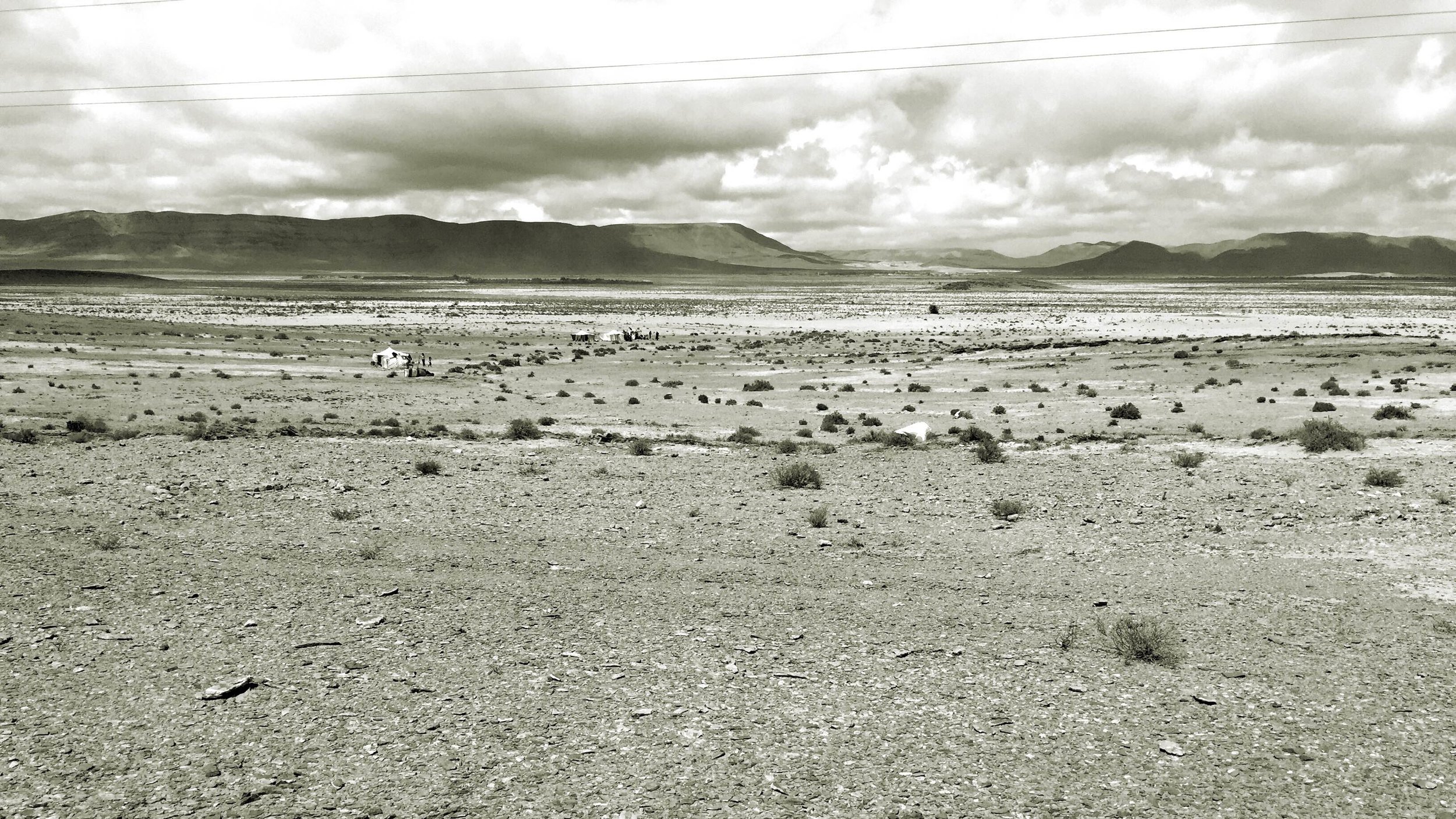
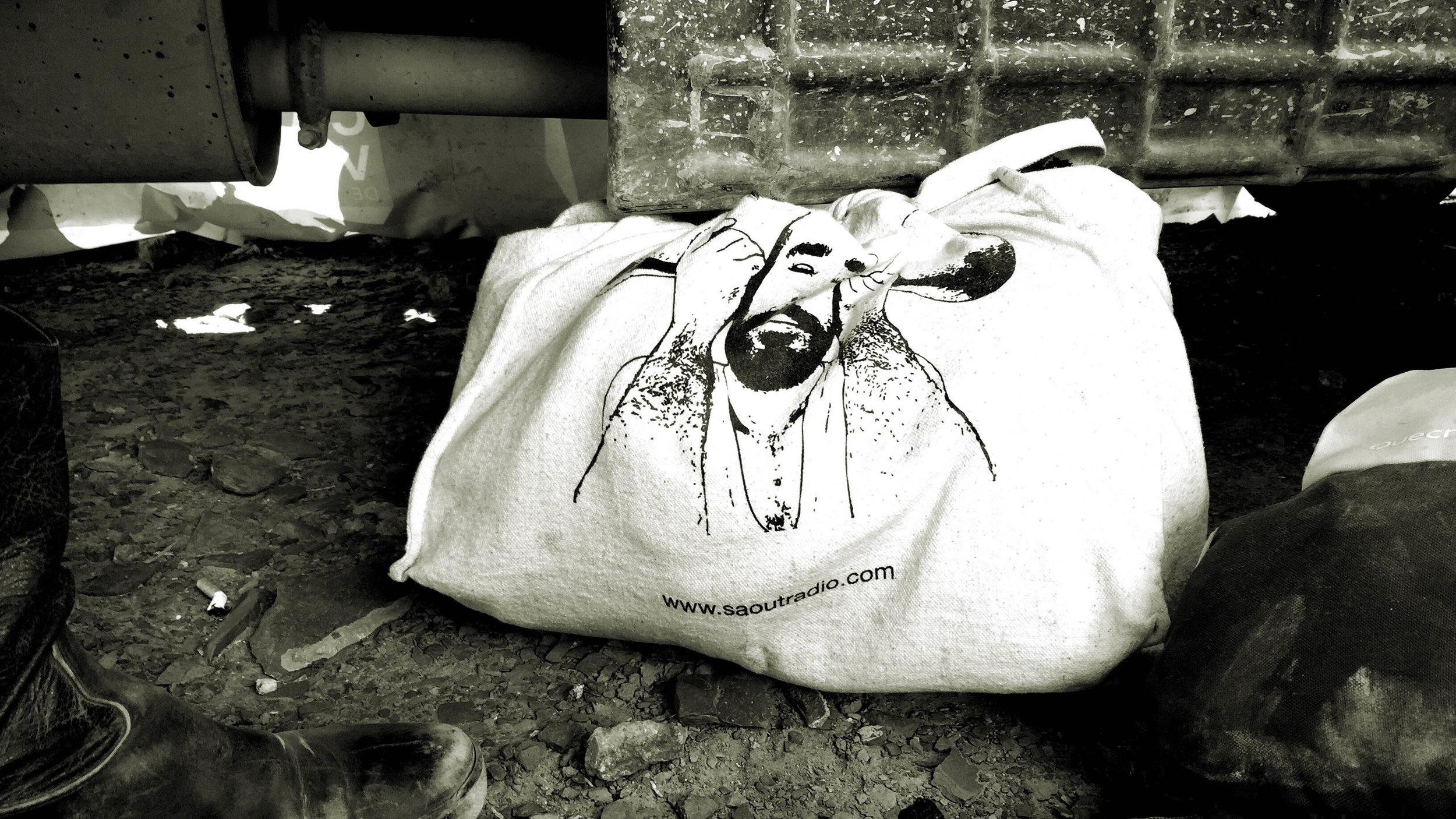
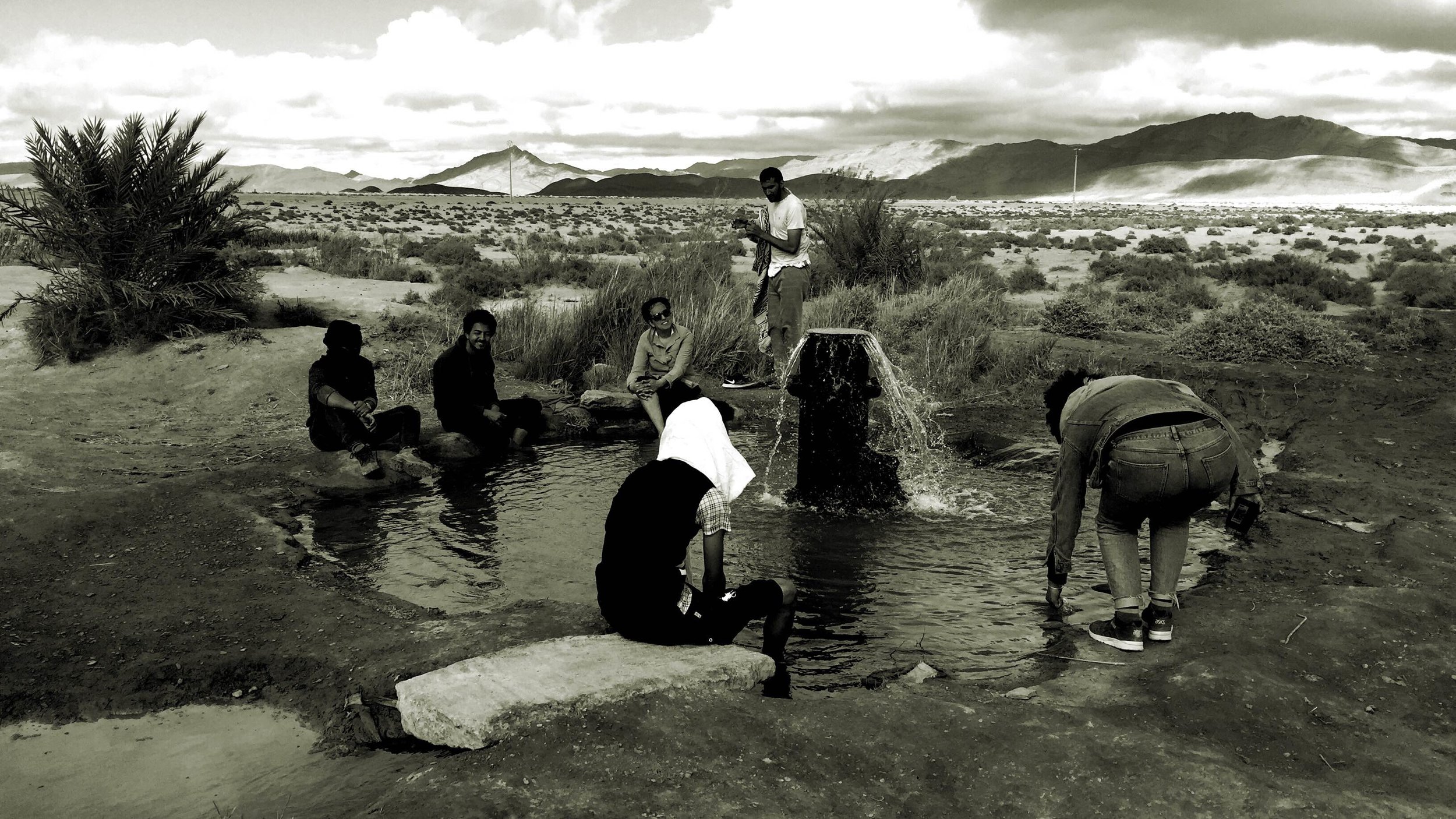

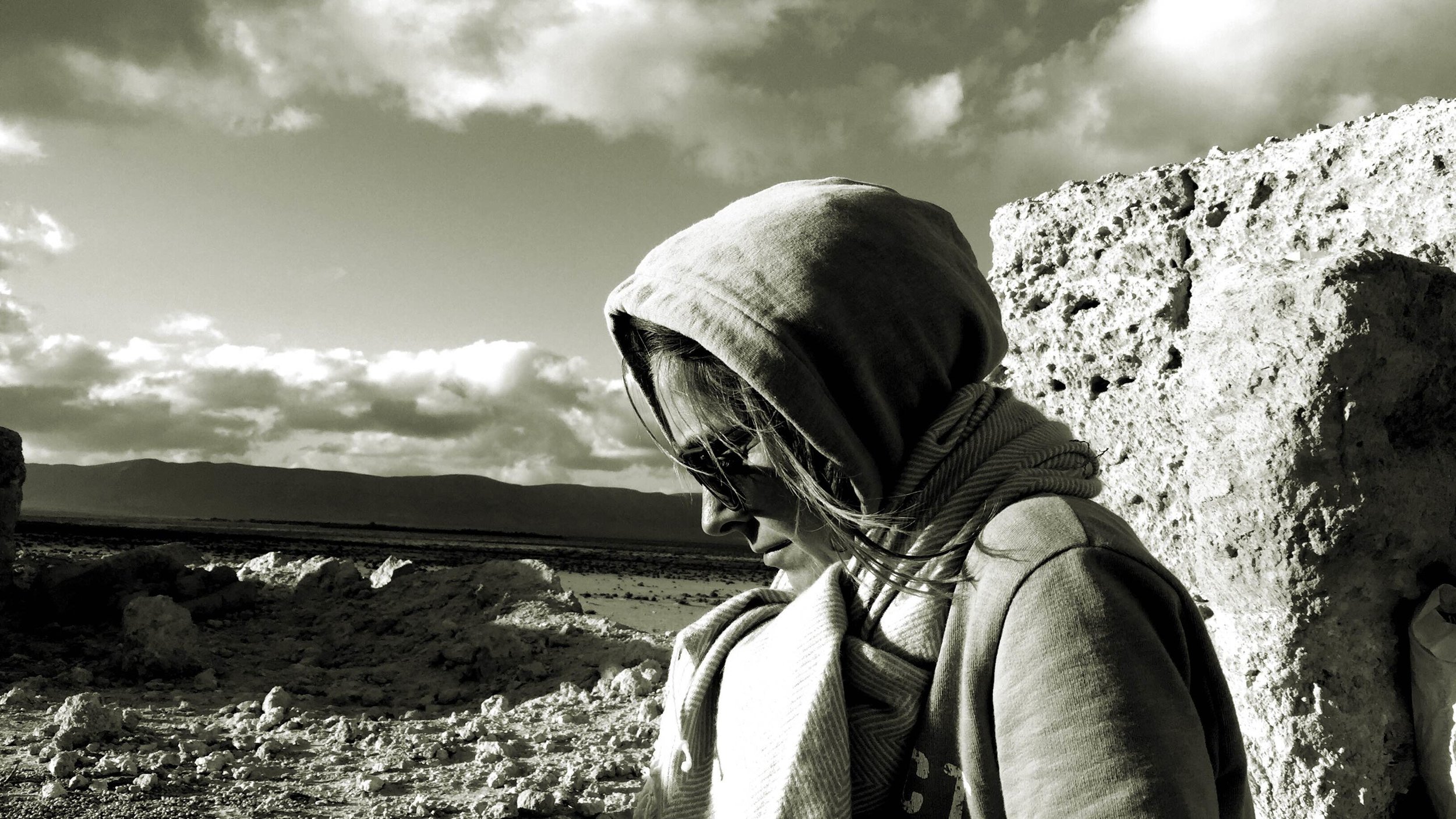
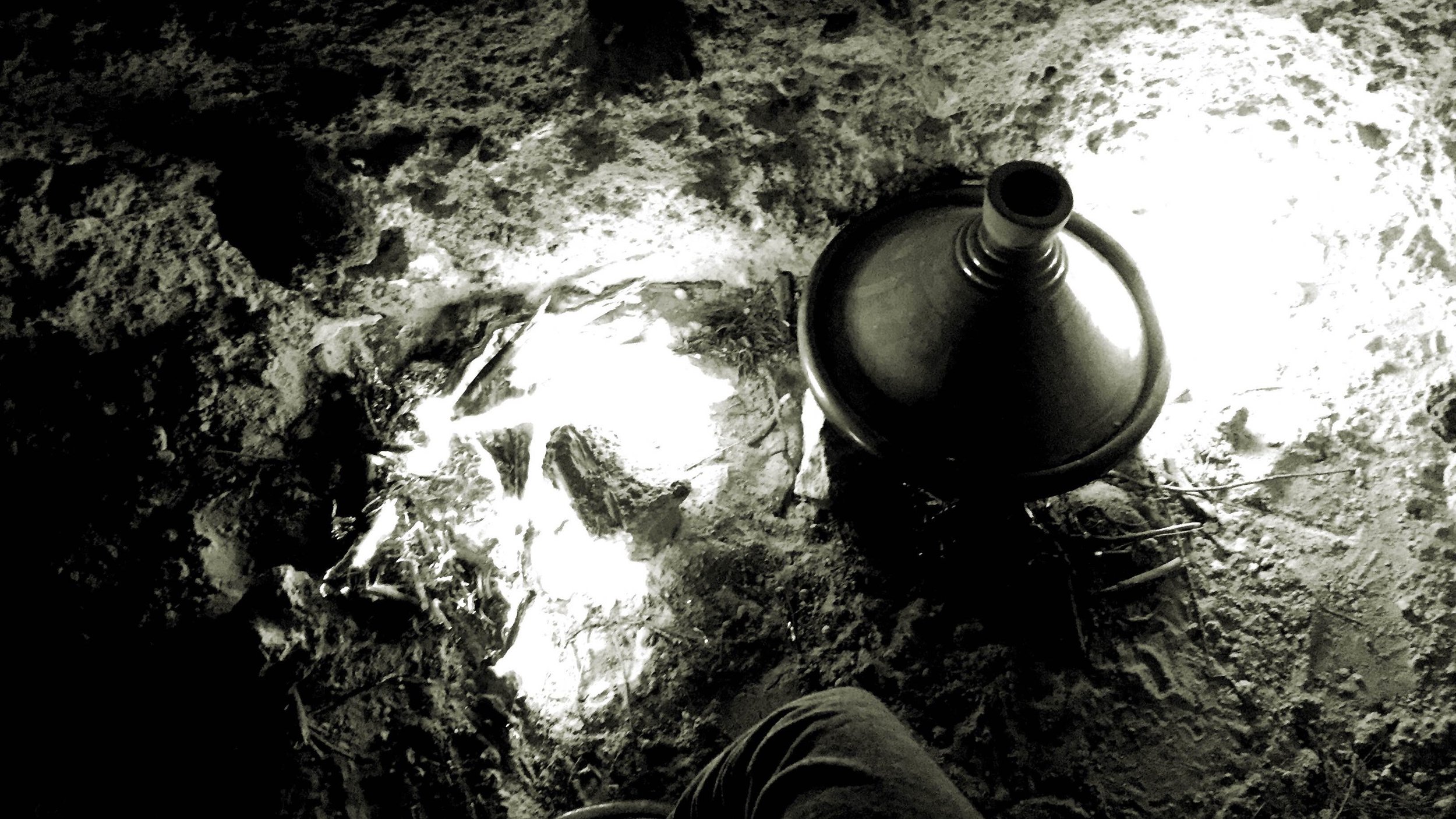

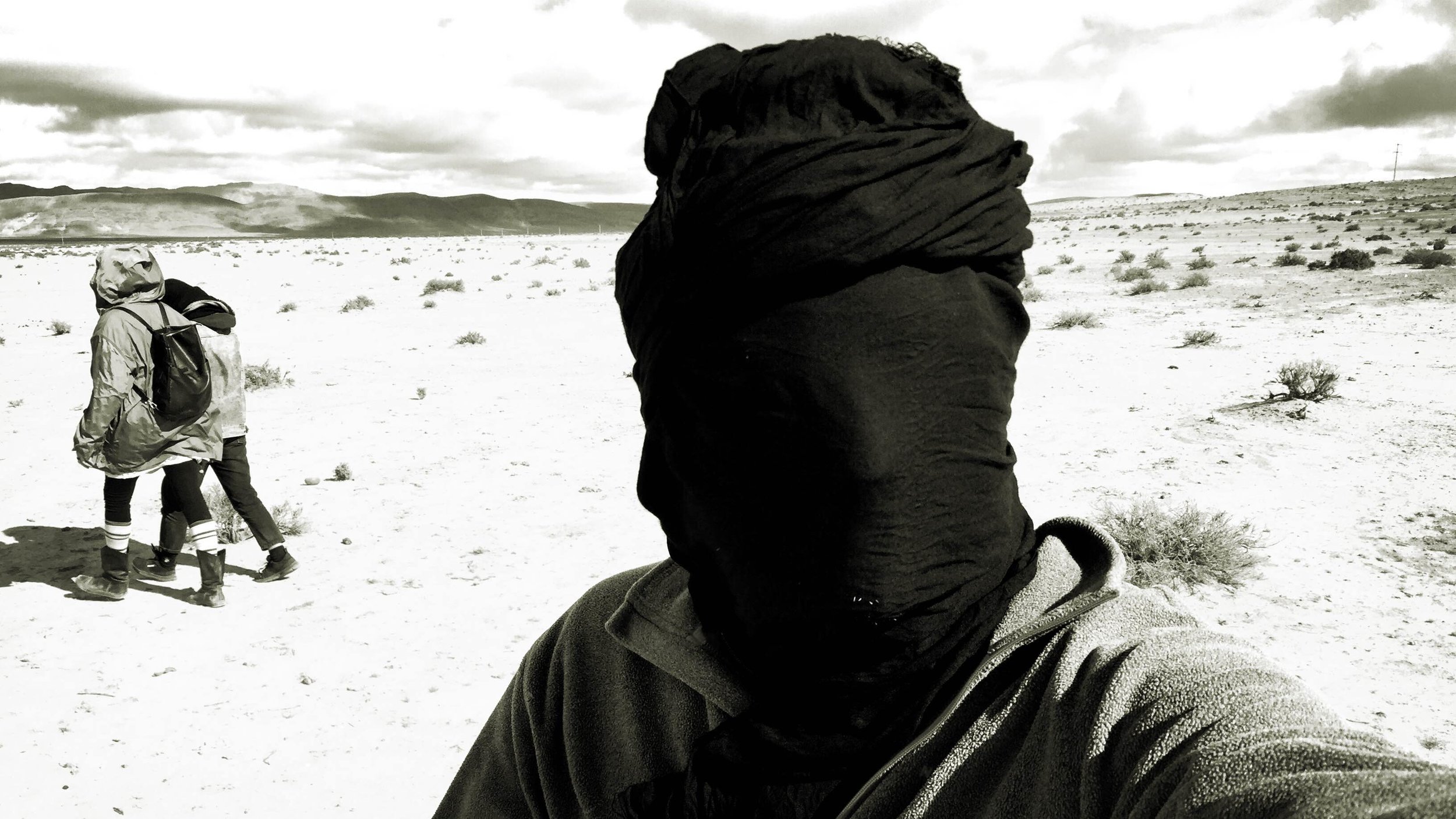

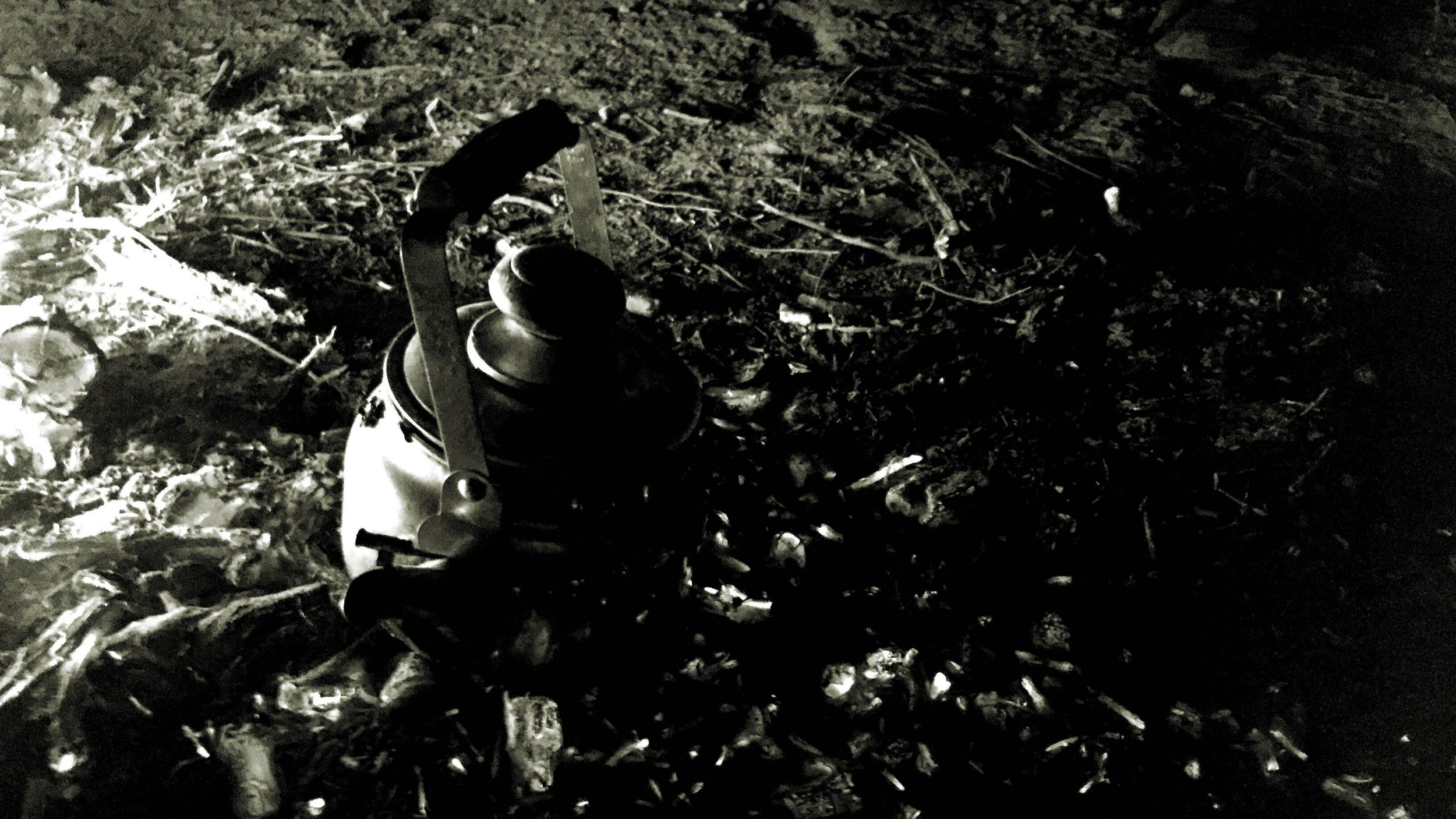
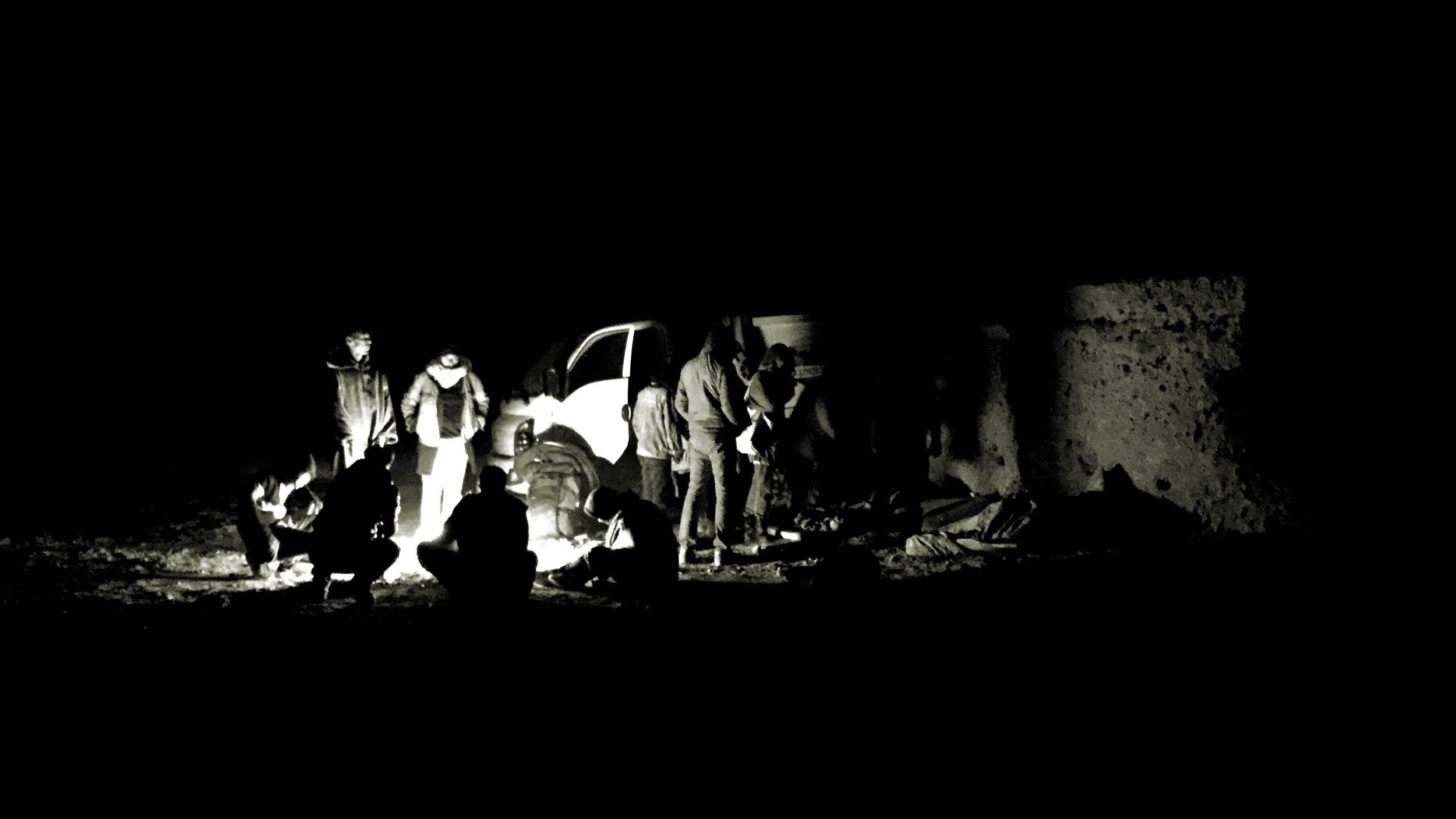
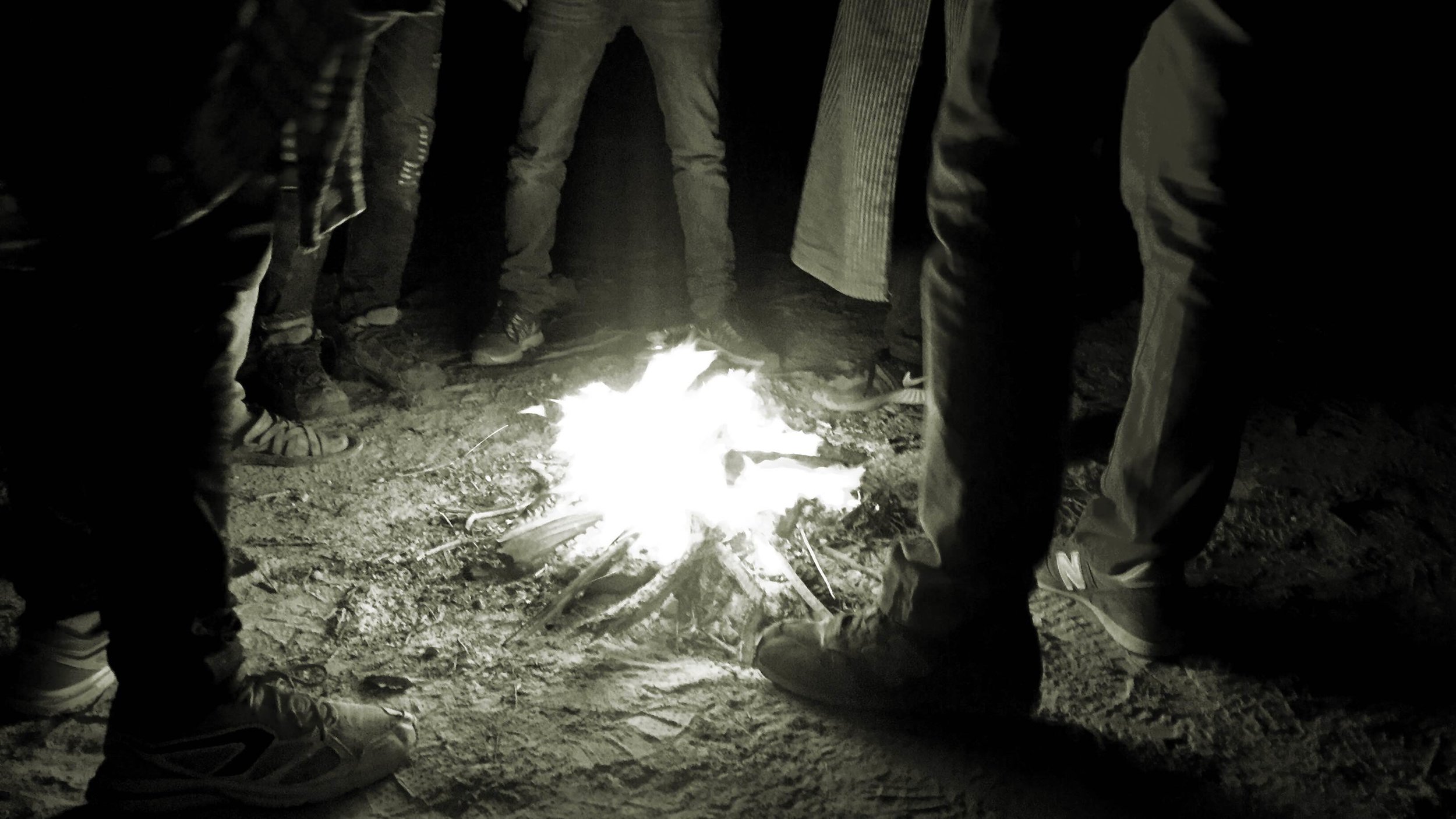
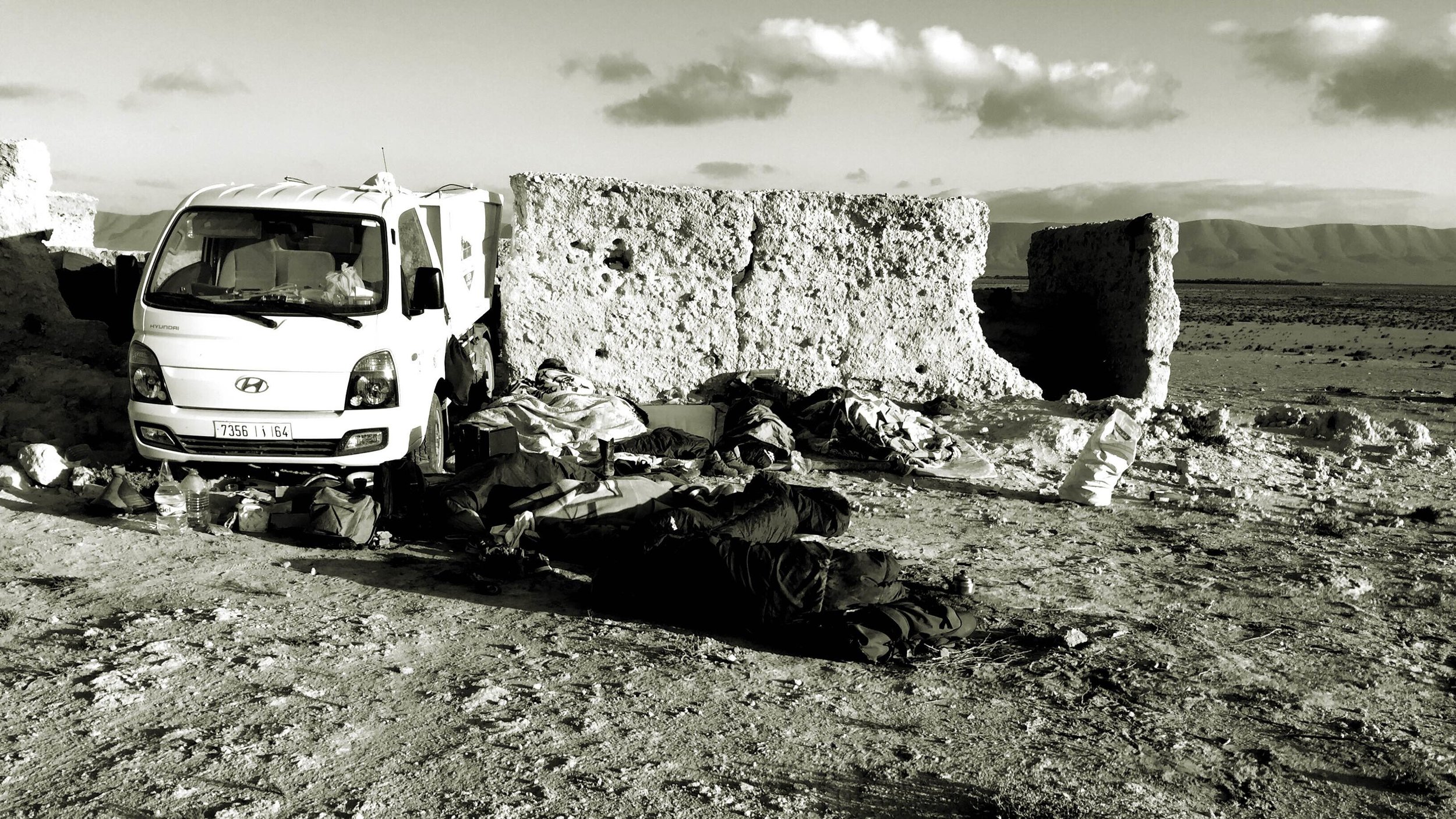
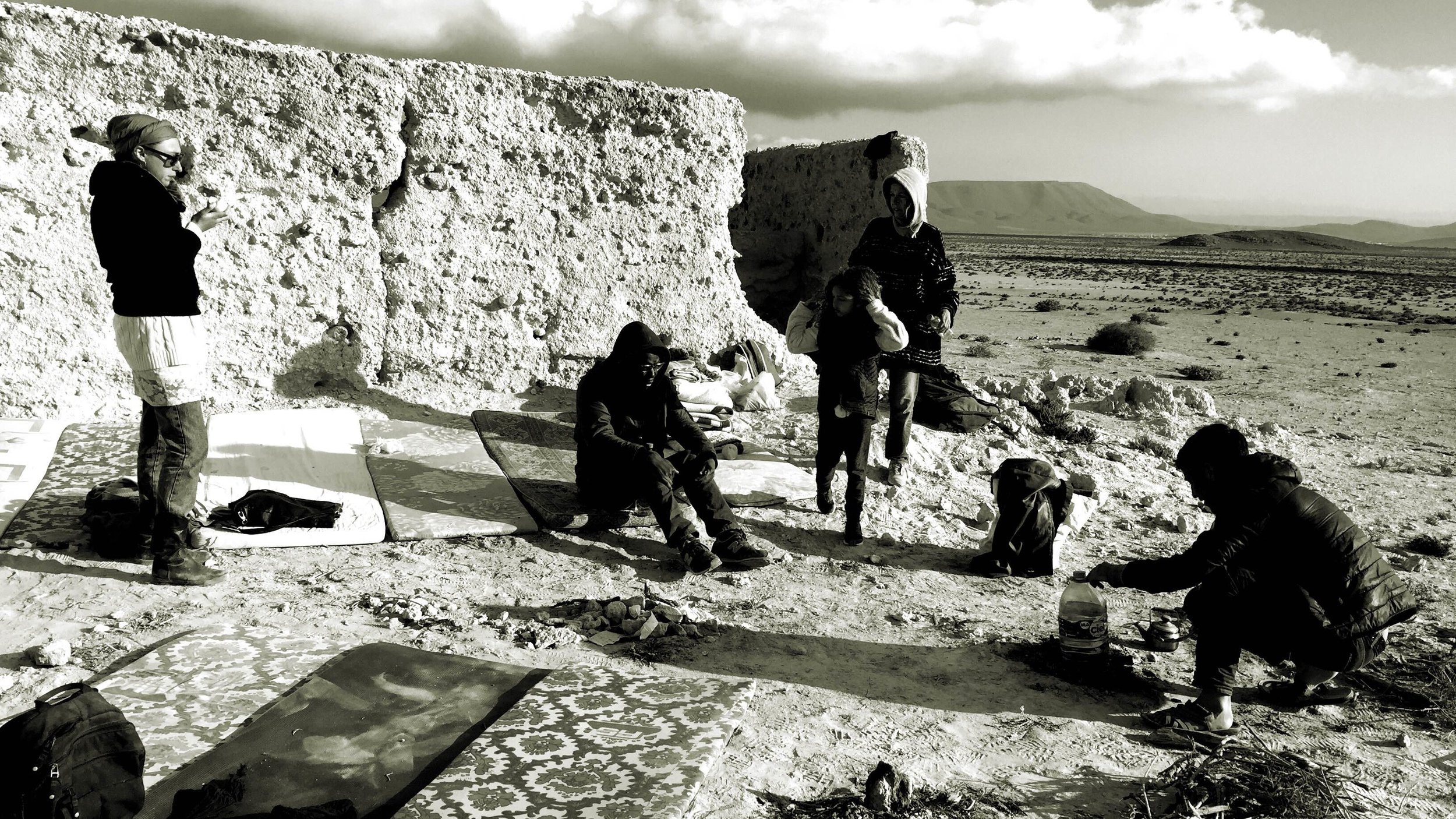
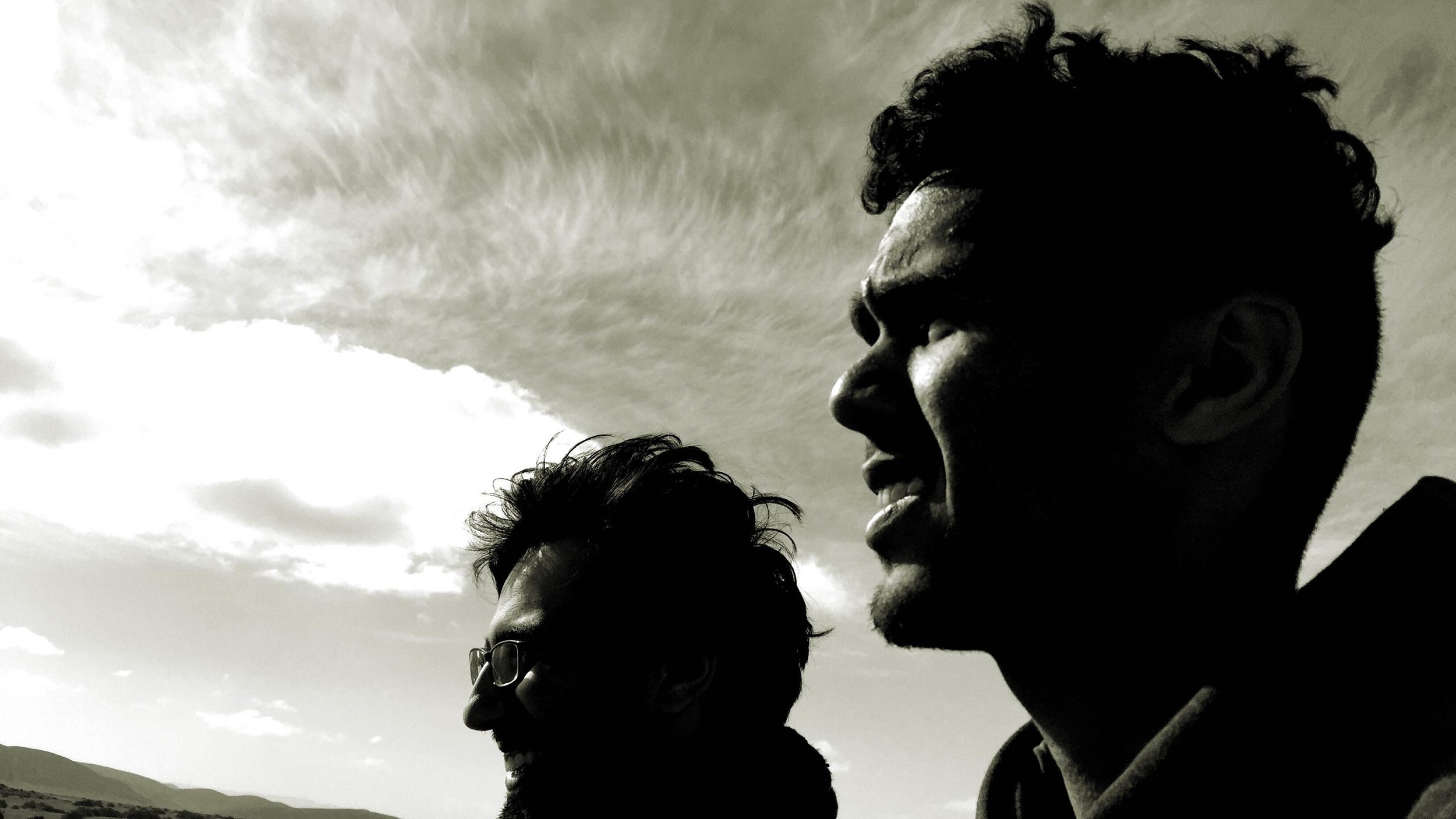
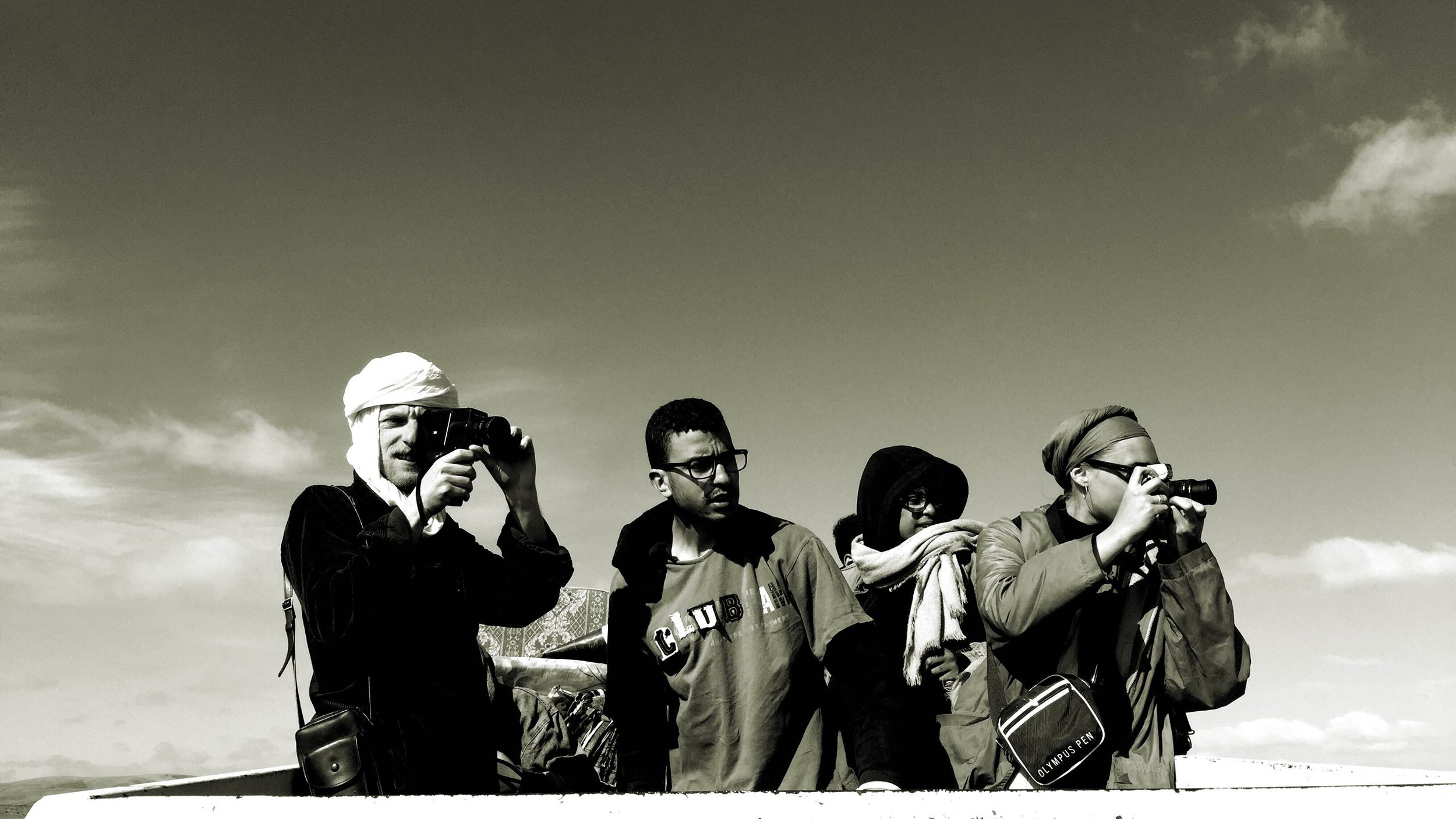
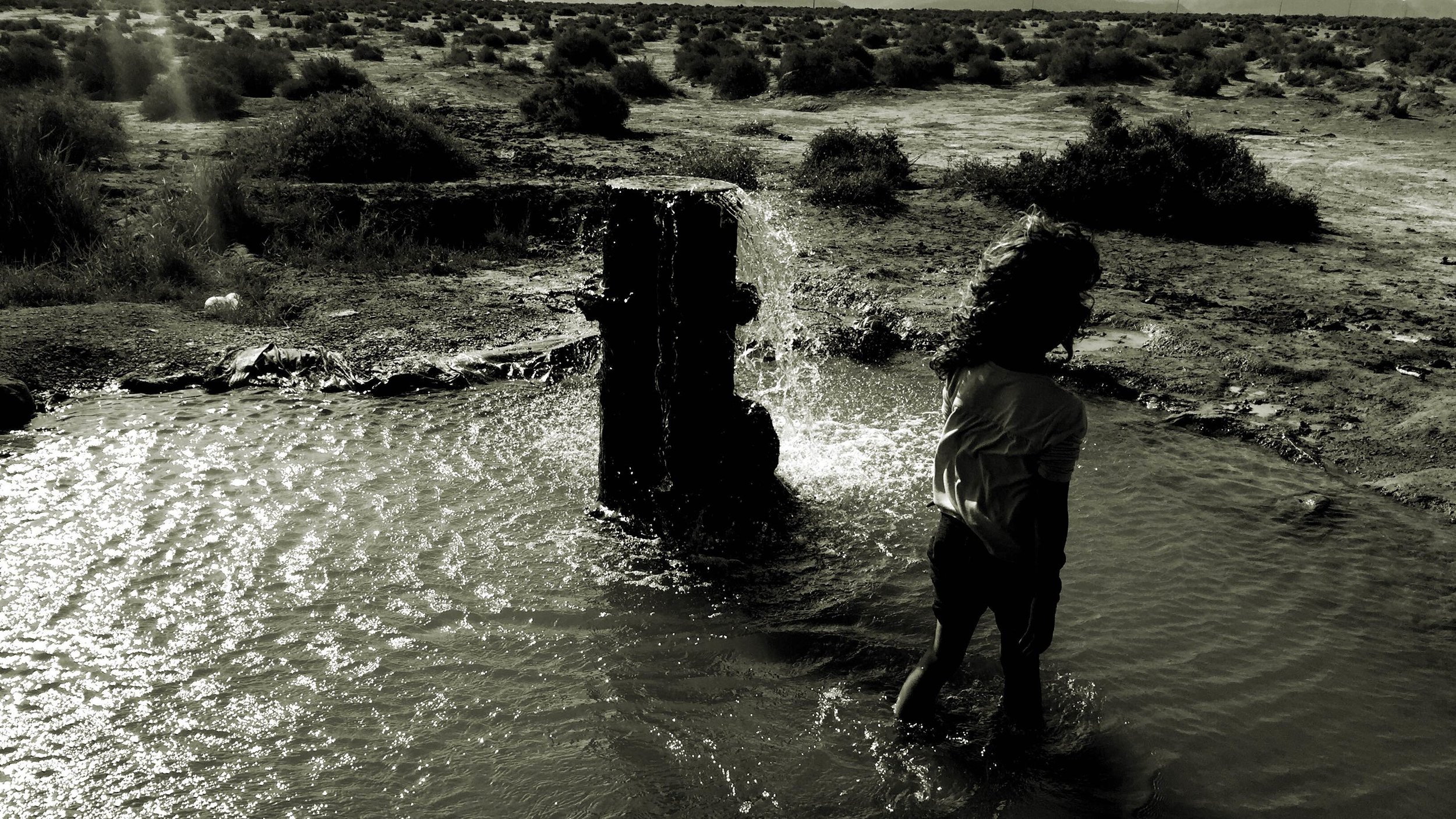
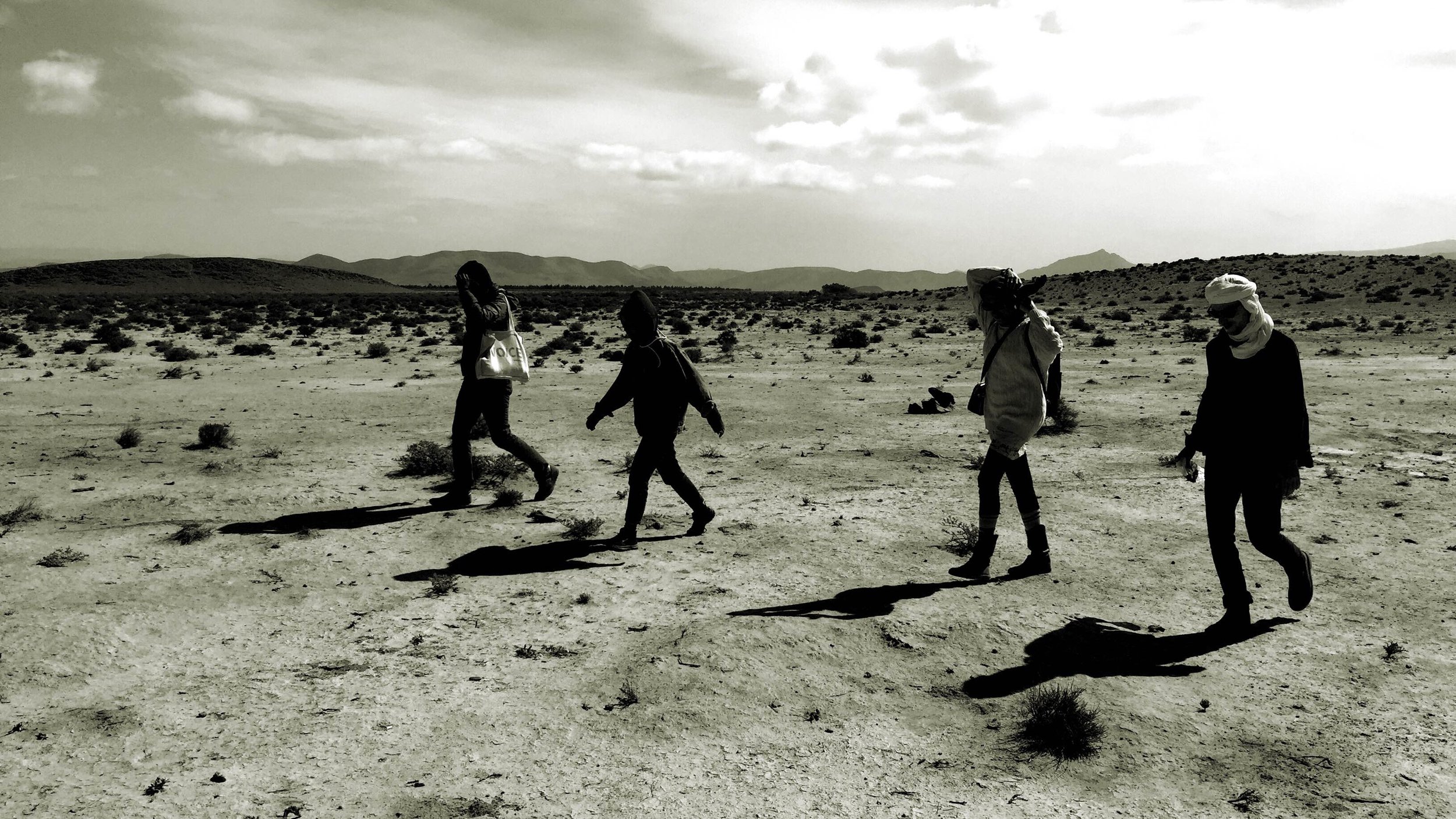
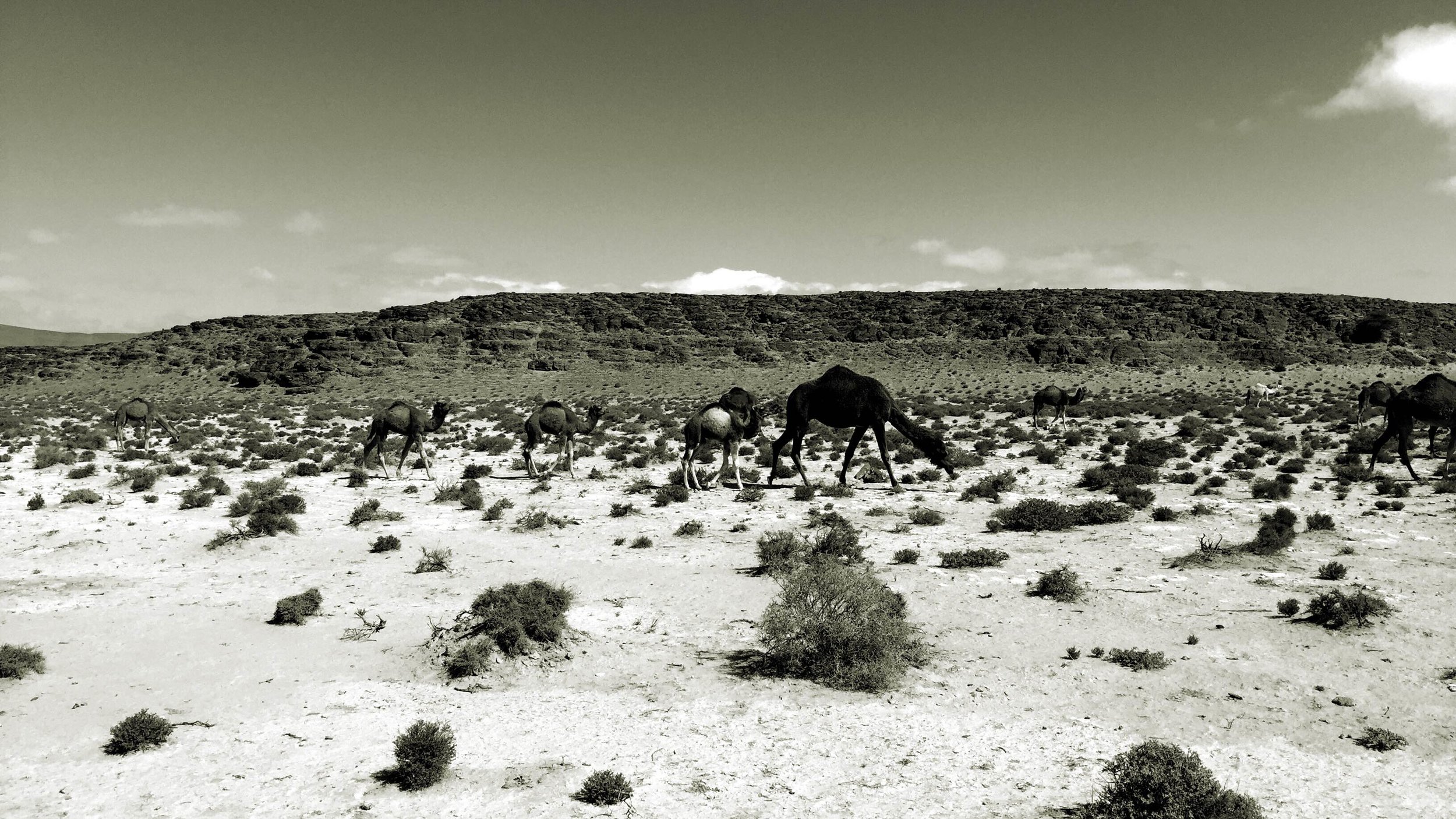
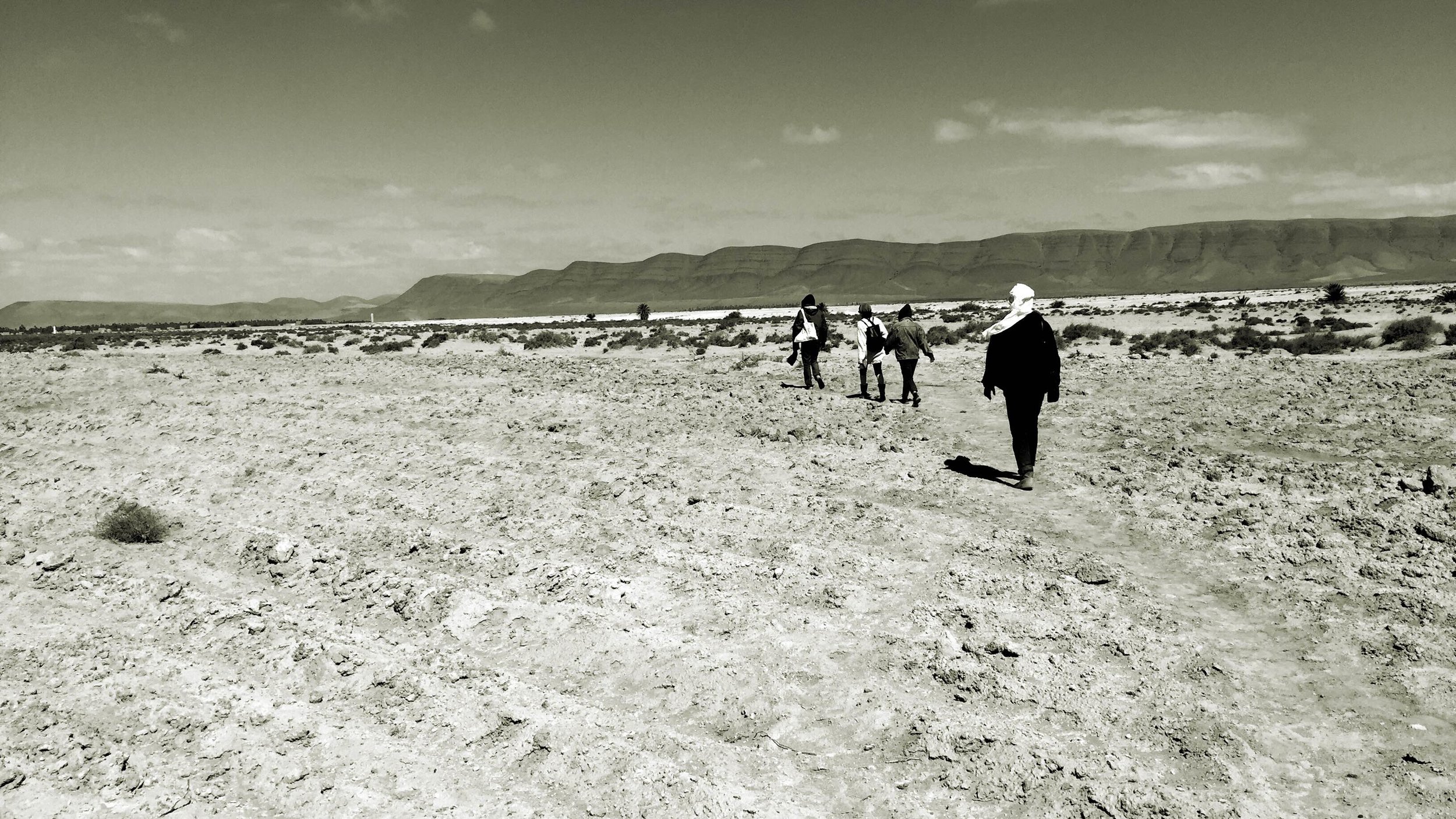

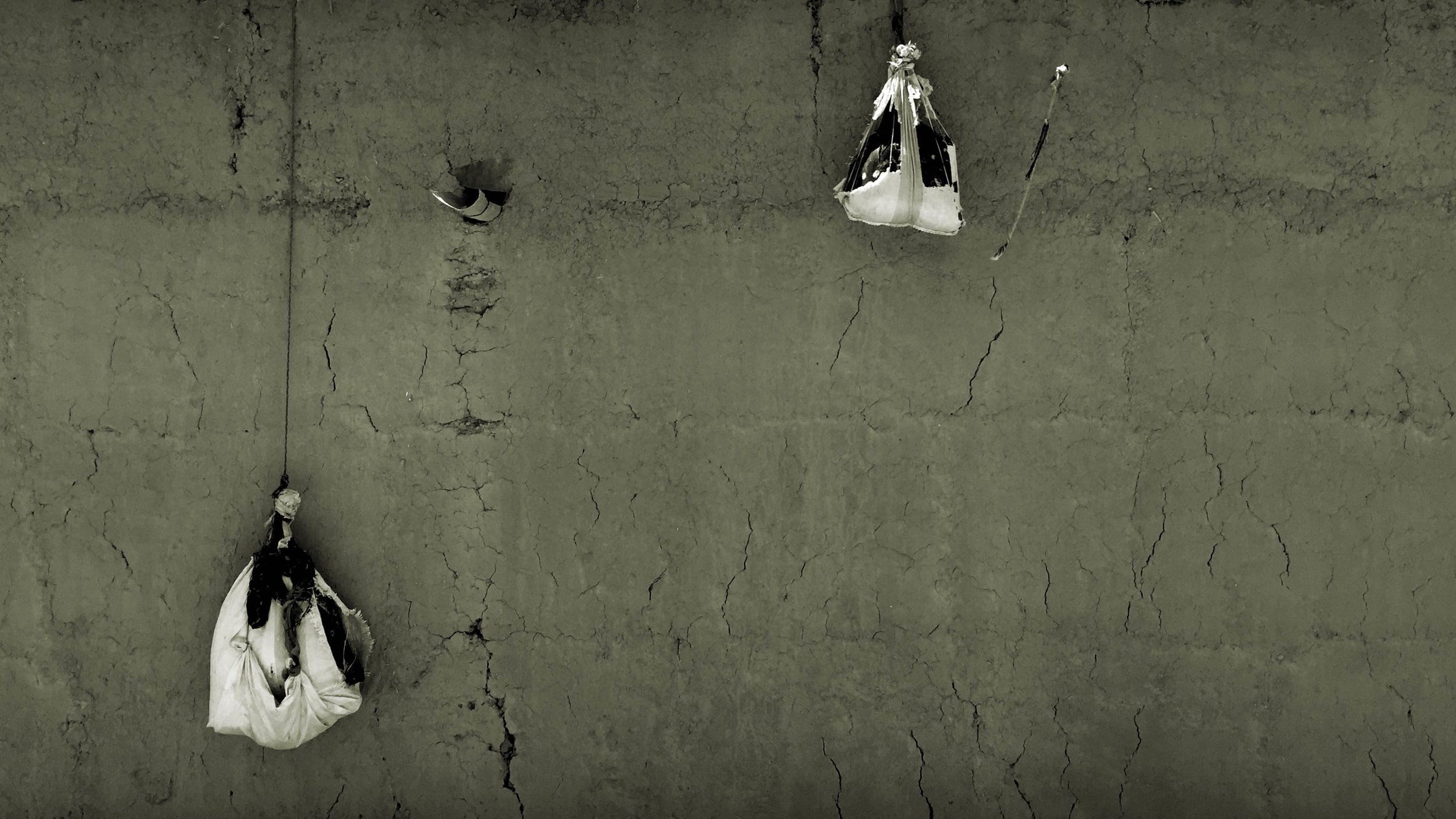
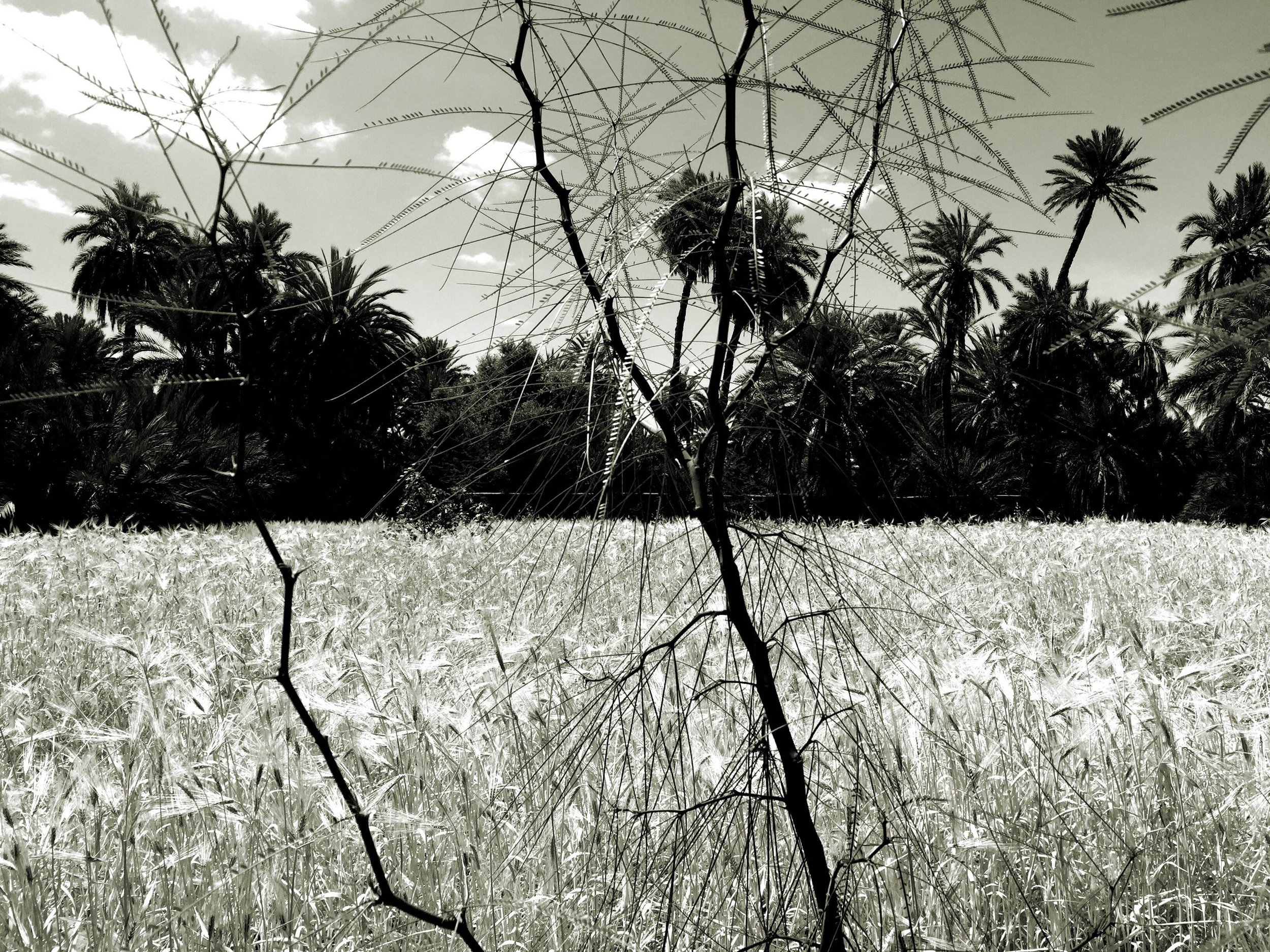
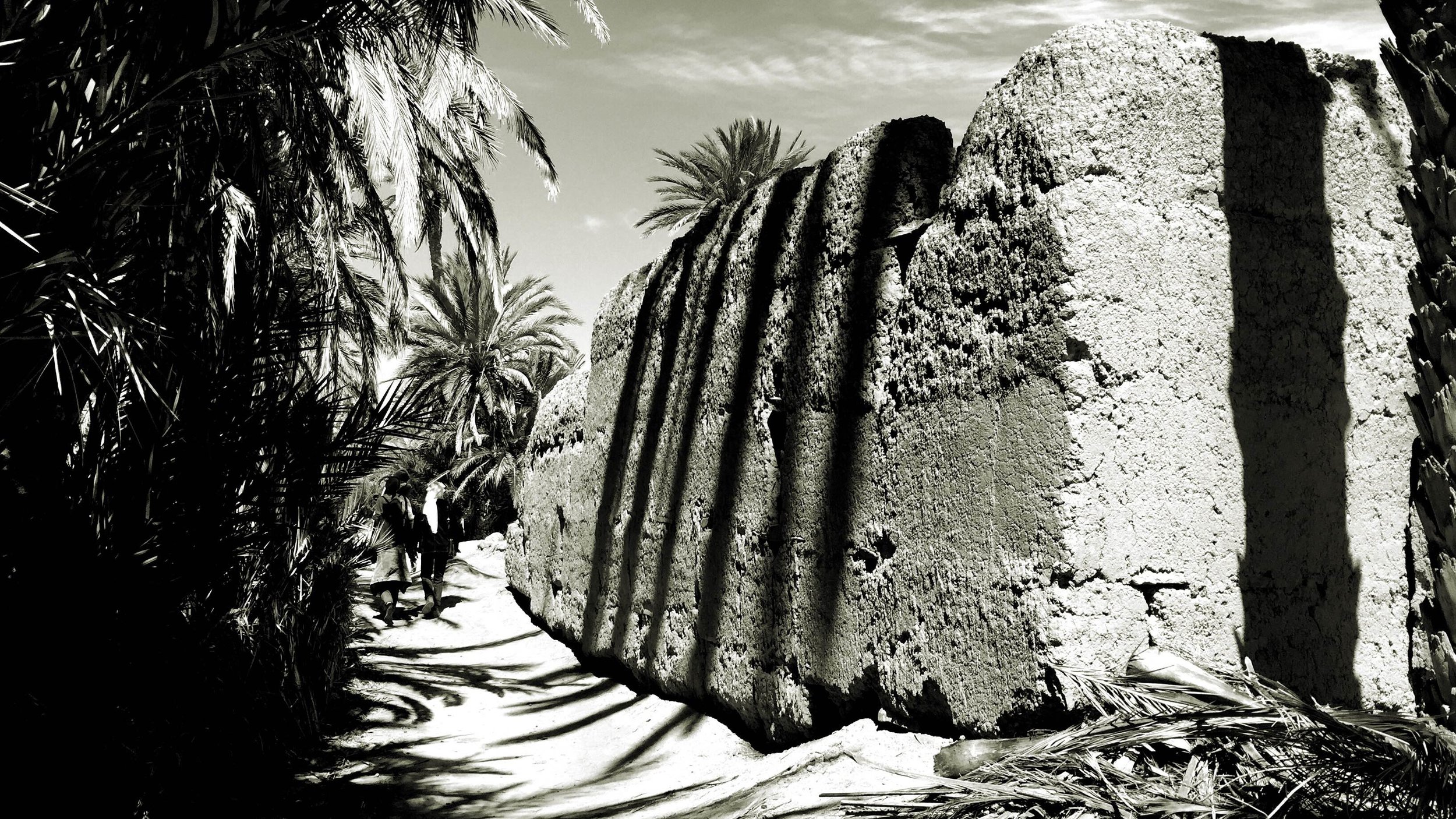

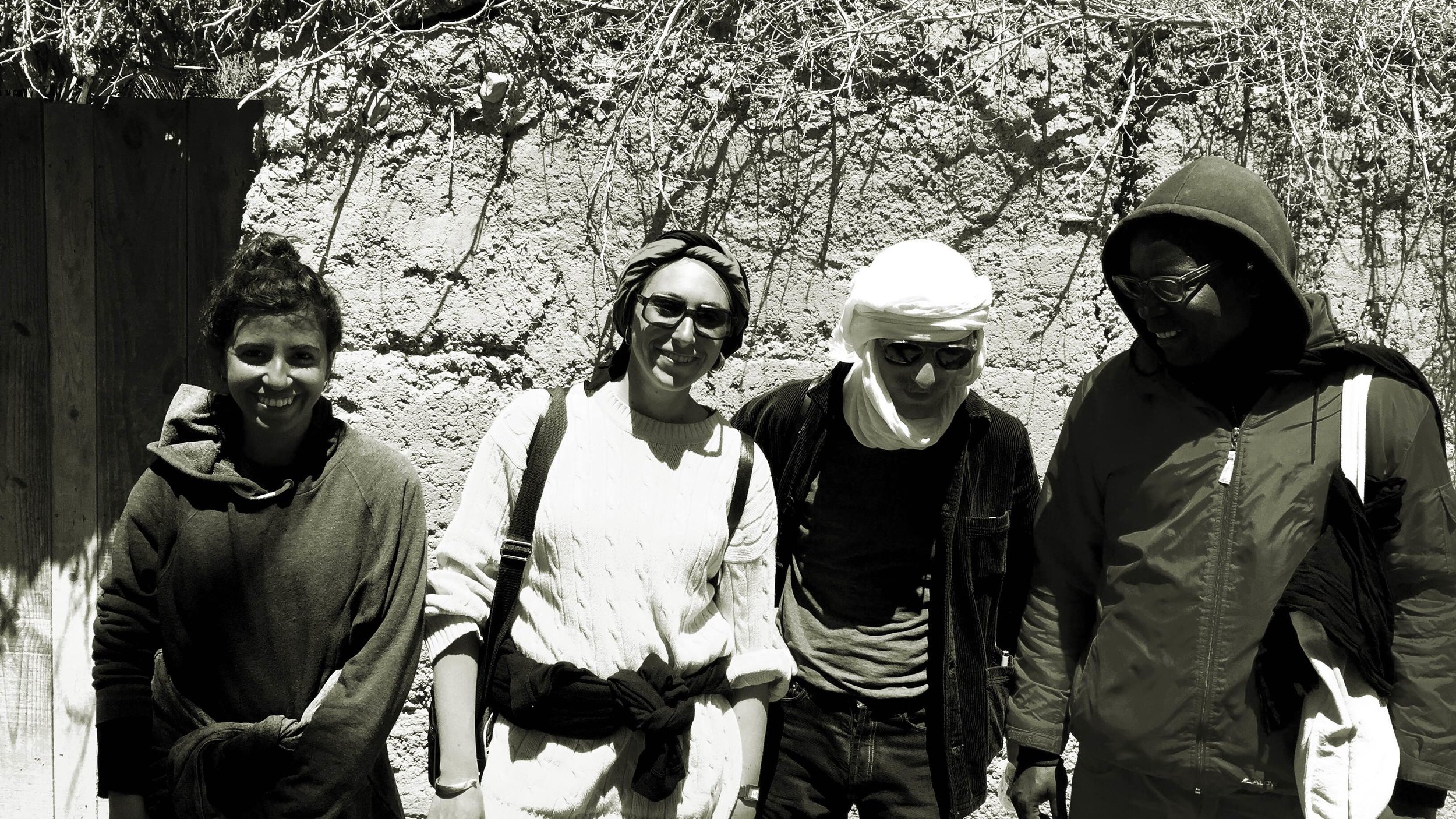
As I wrote in the preface, the need of approaching contemporary art to society, requires an specific framework, you can acquire it just over time, organising joint activities (treks, workshops, screenings, exhibitions, concerts...) and creating a complicity between inhabitants and artists, because without the people of the oasis nothing would be possible.

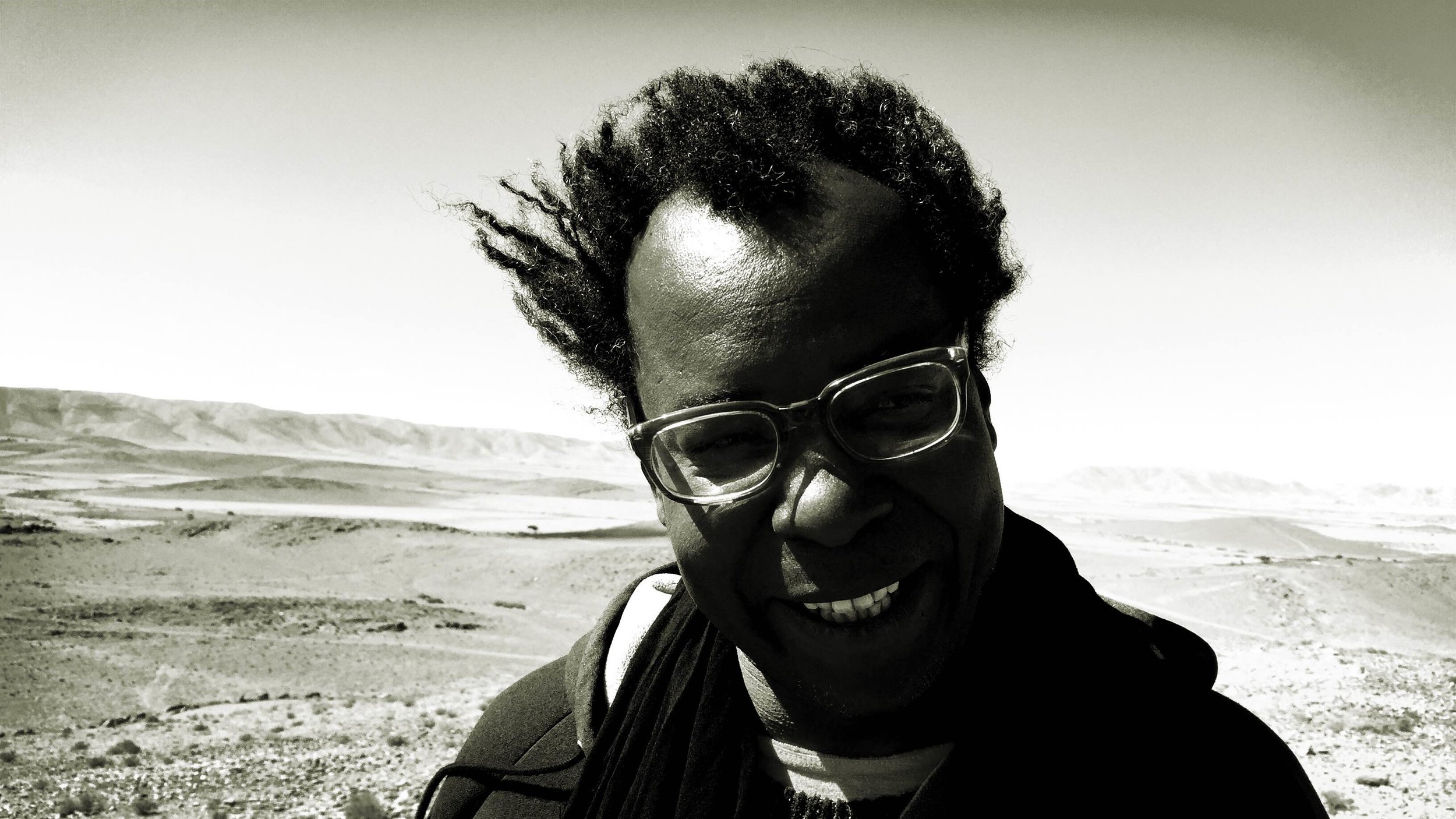
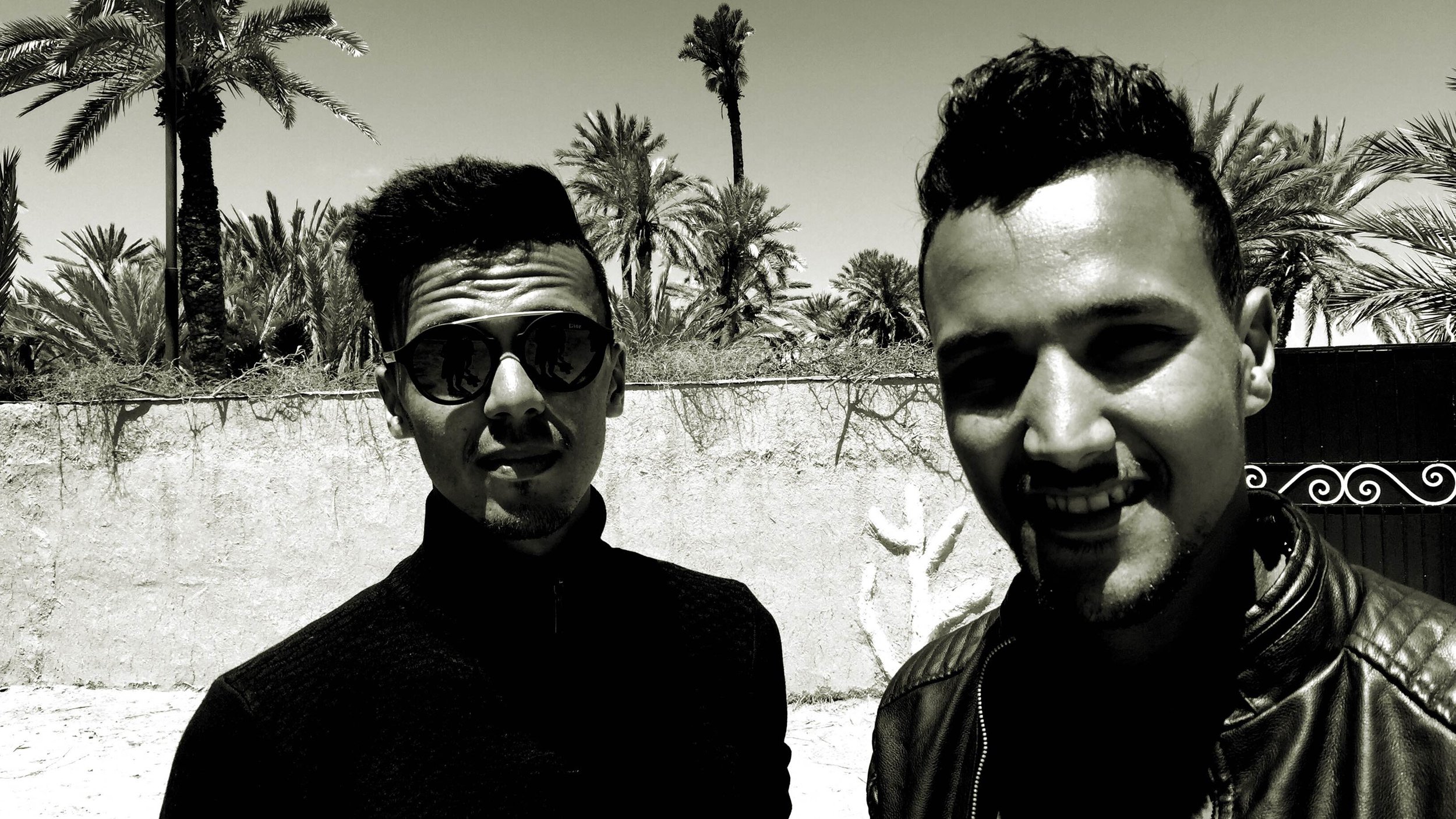

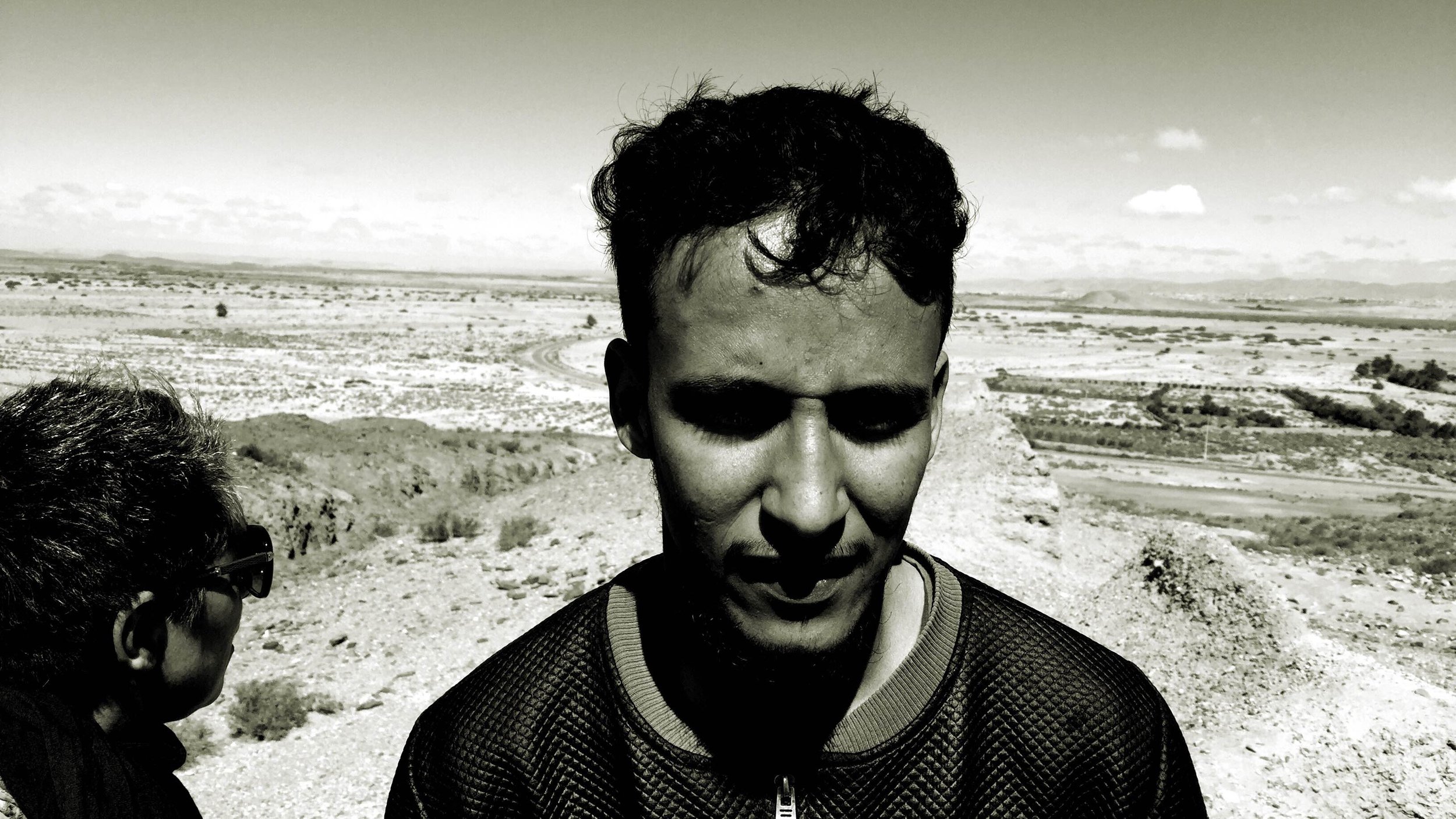
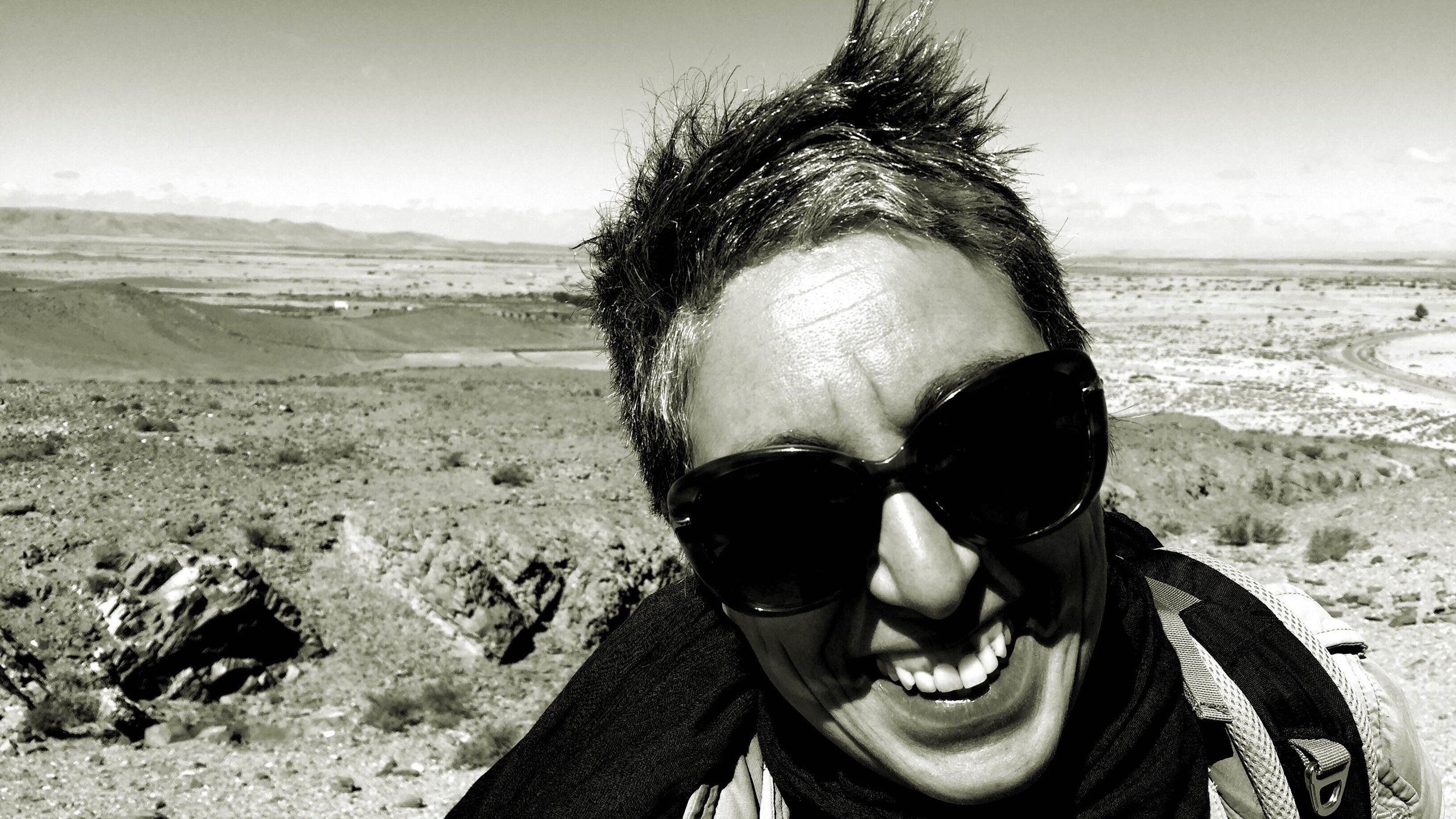
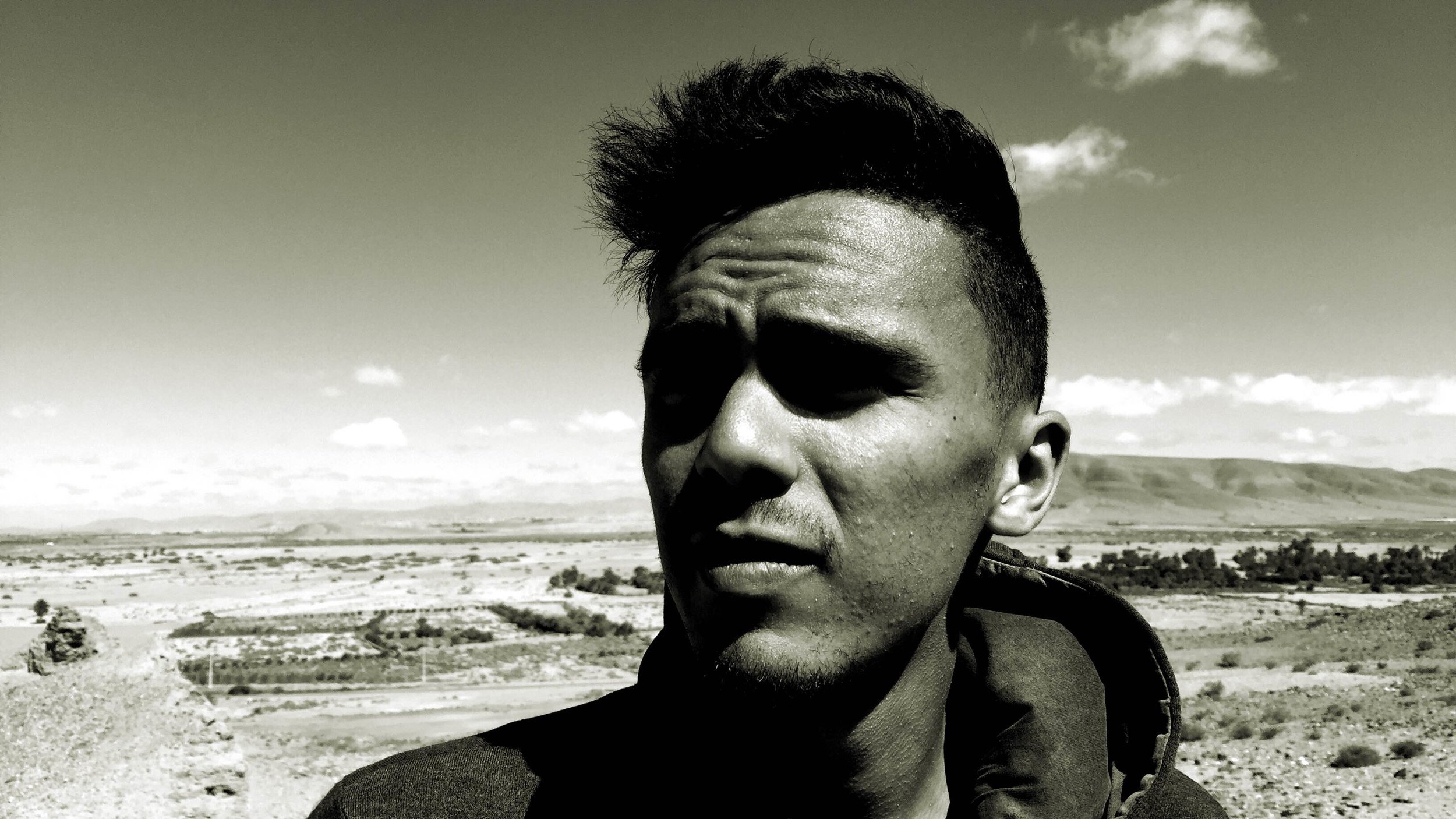
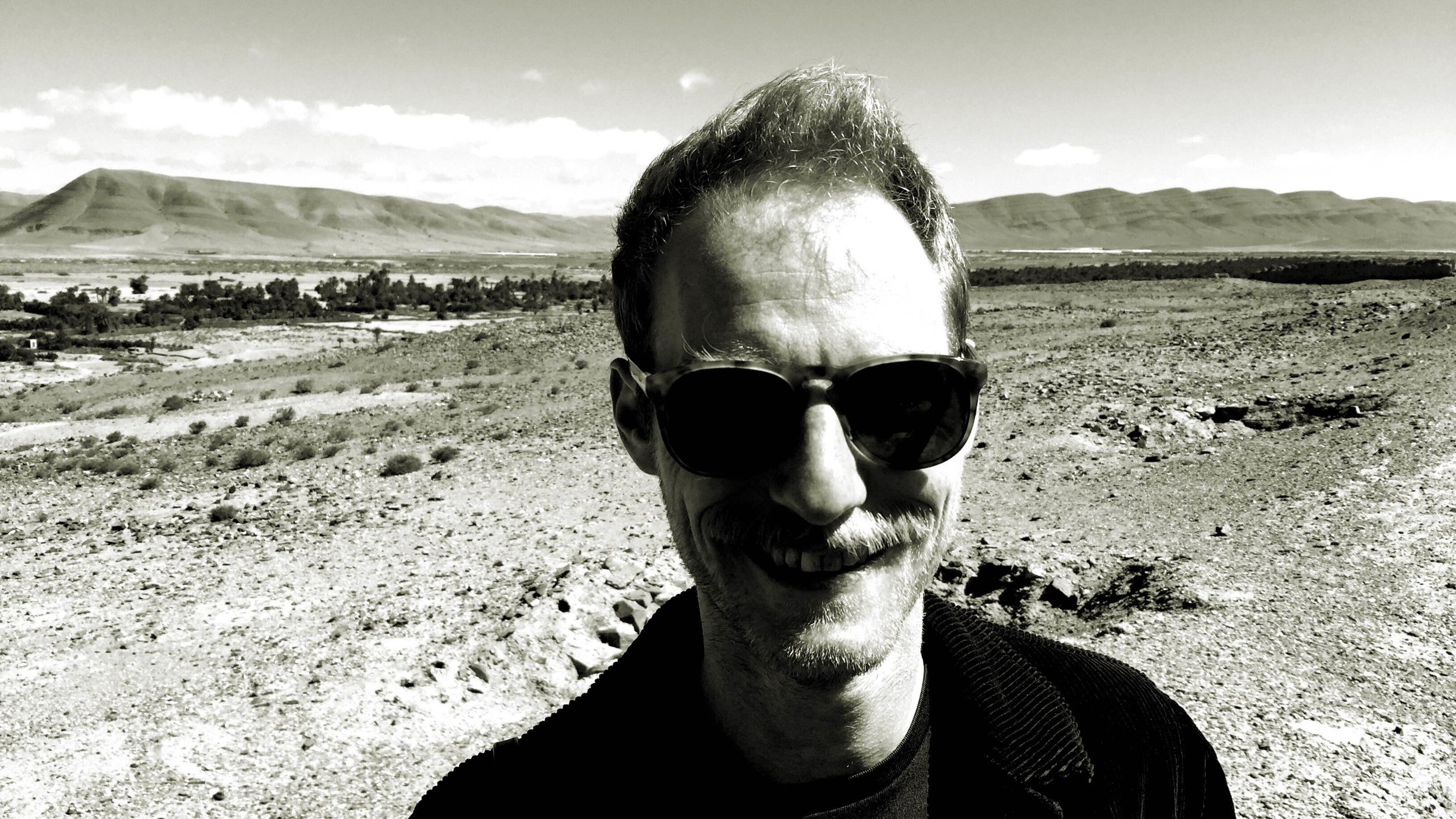
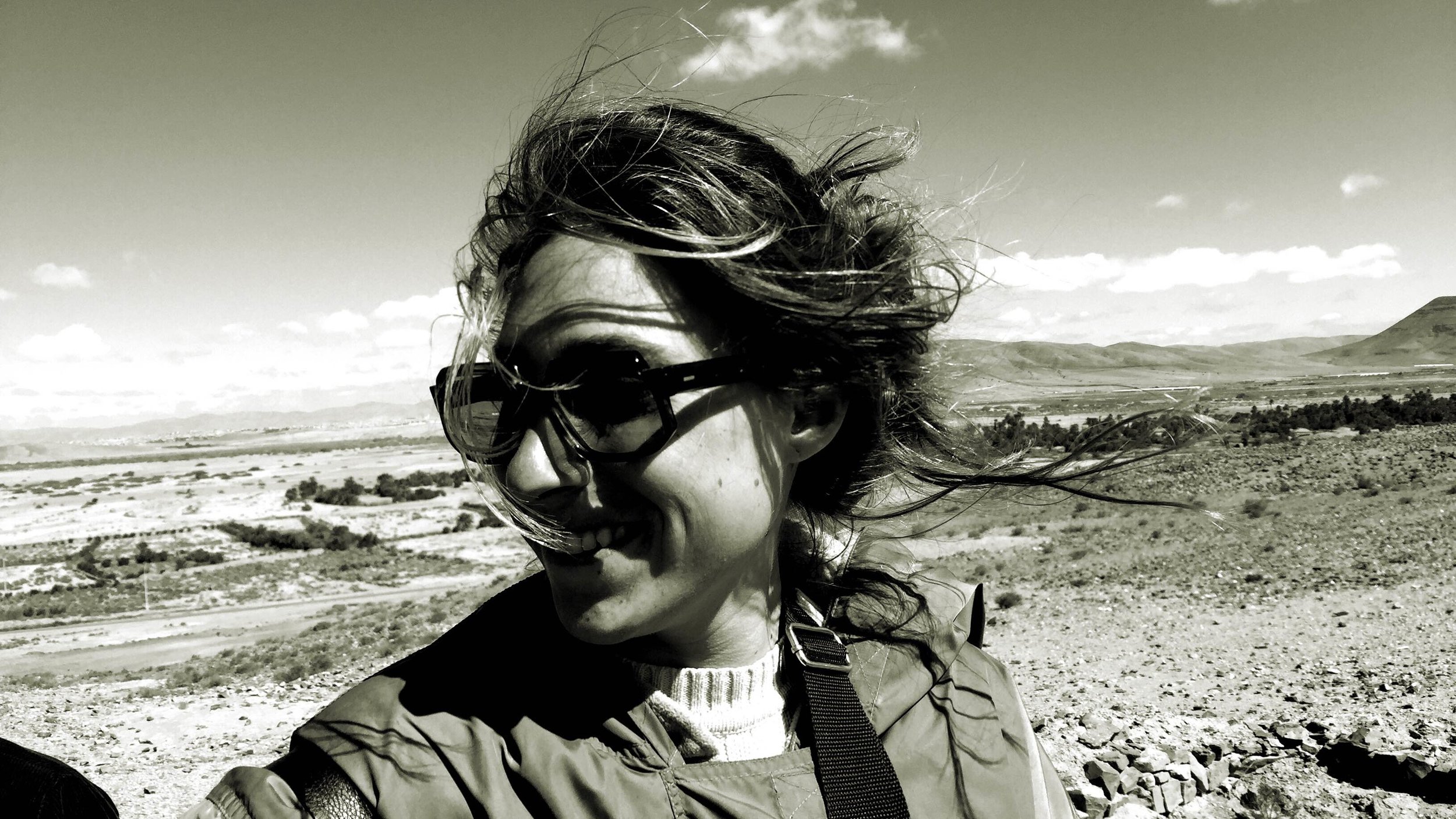
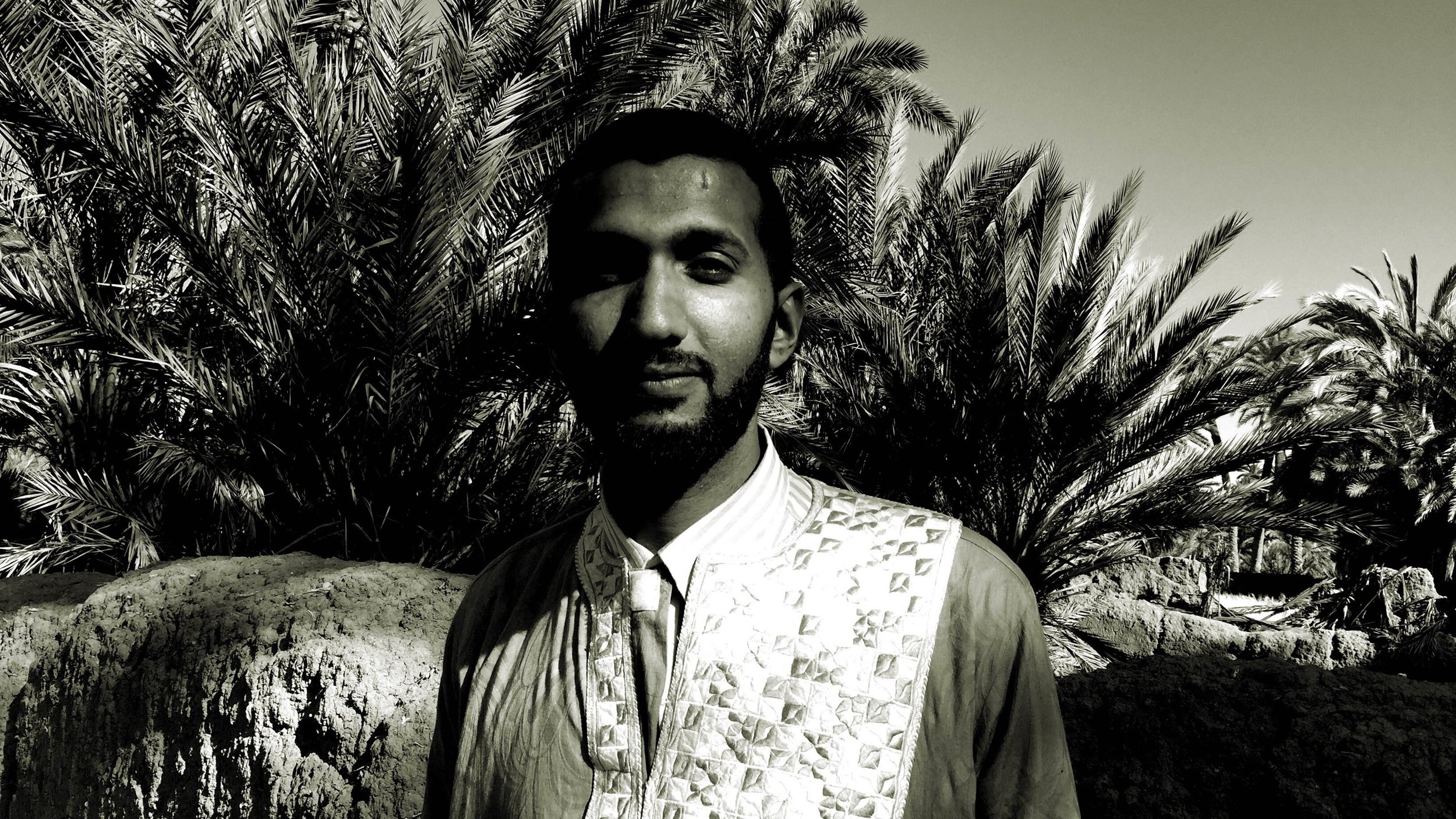
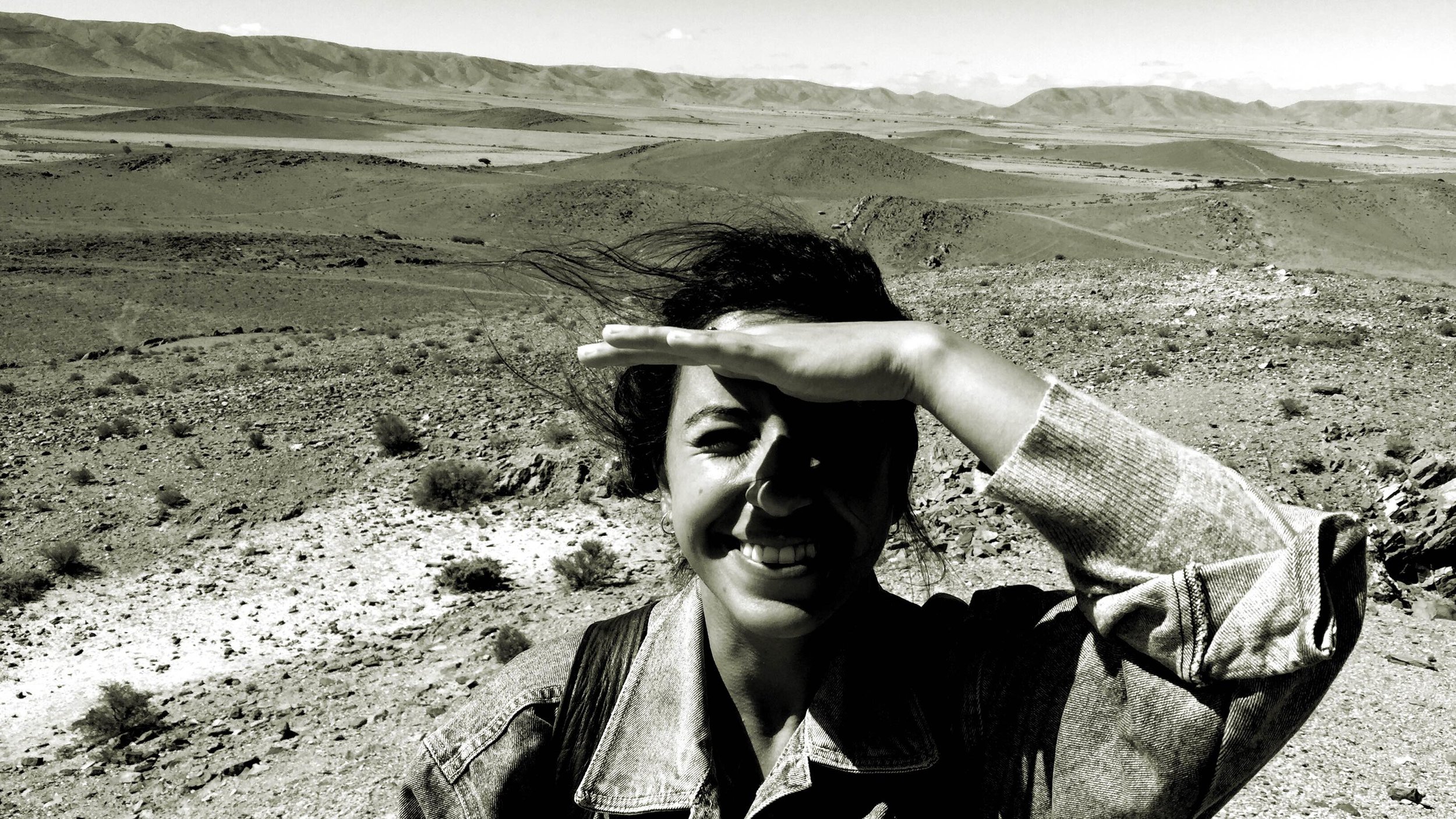
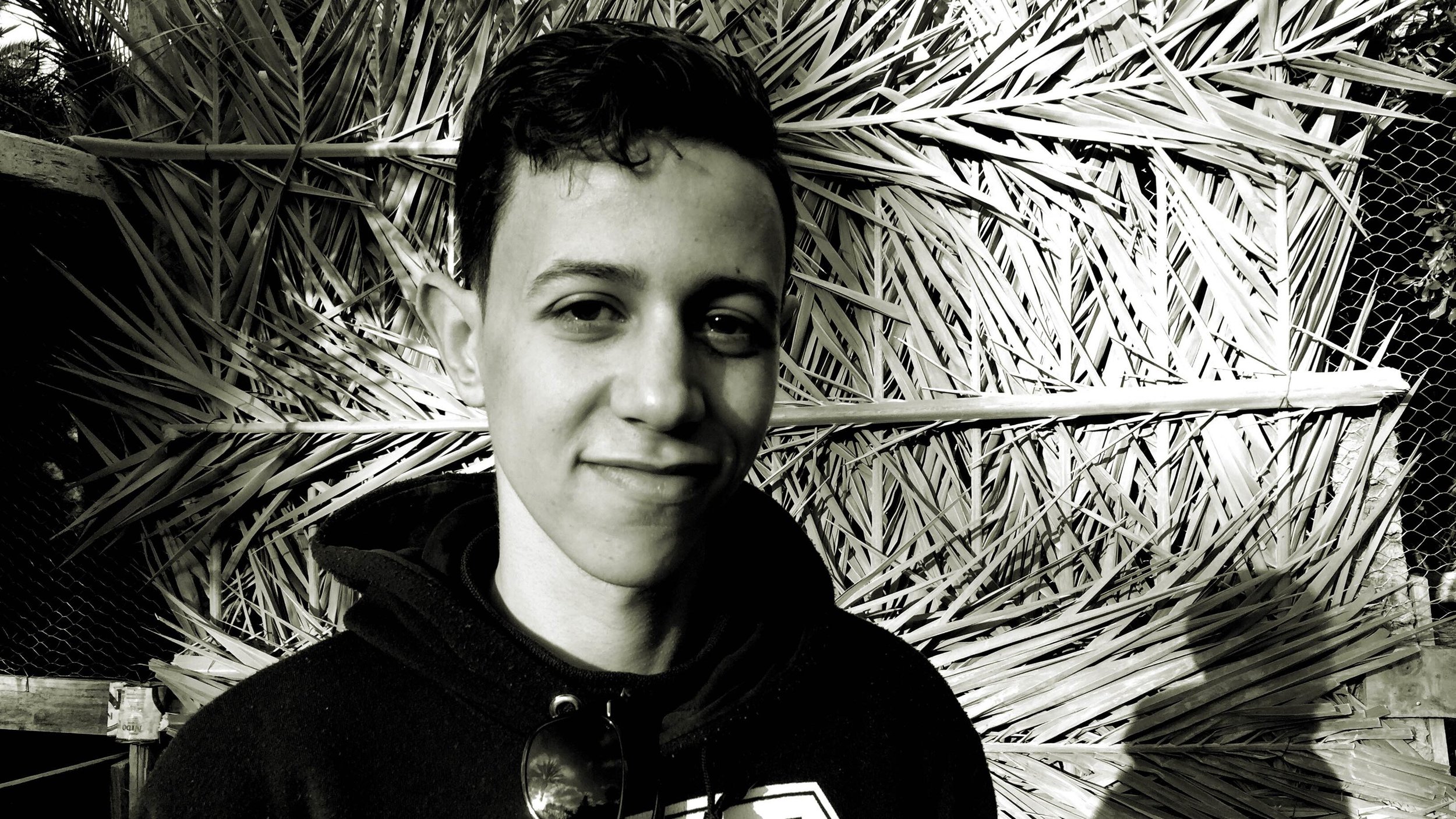
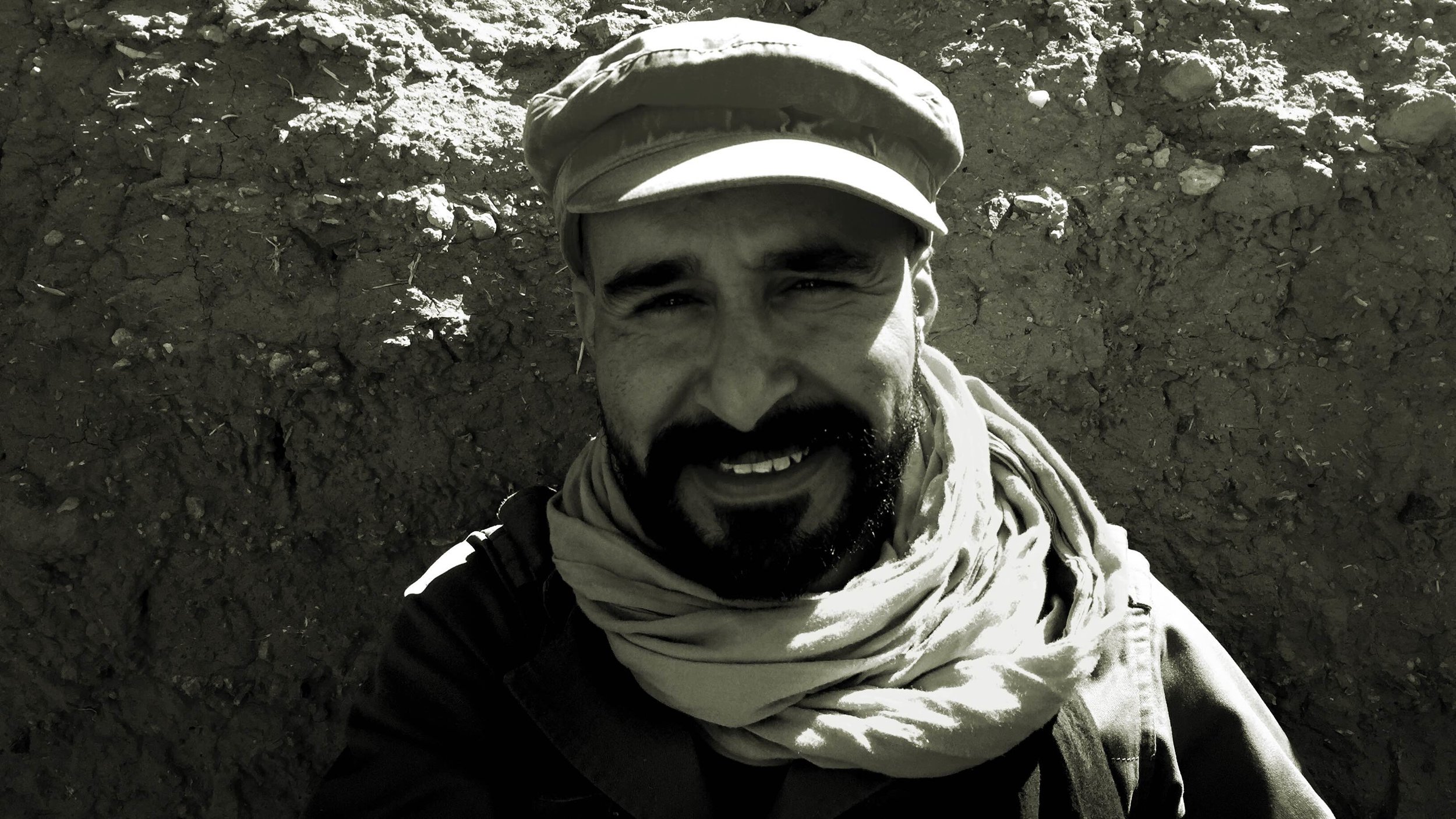
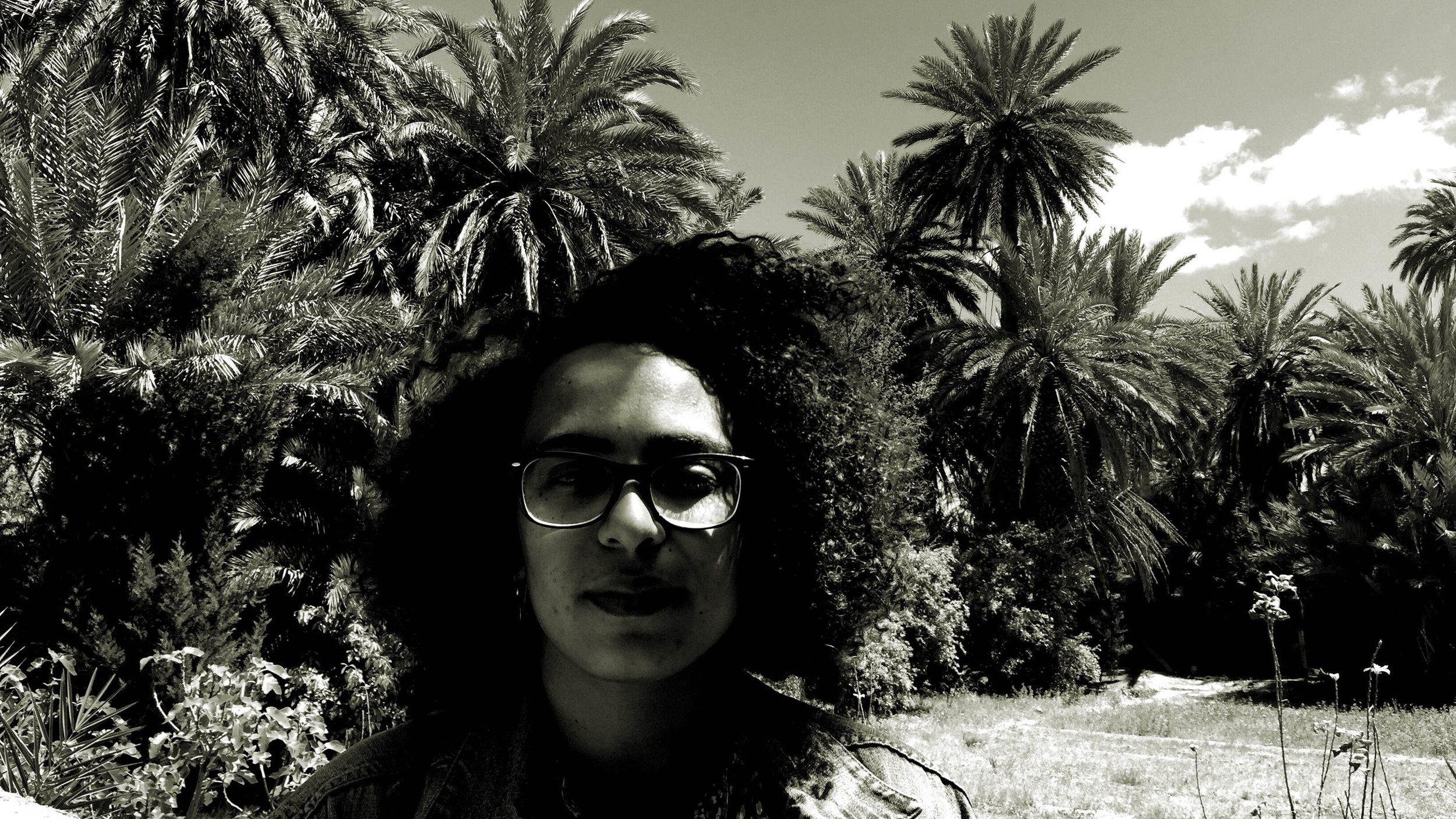

M'barek Bouhchichi / Sibylle Baltzer
It is hard to explain the work M'barek has been developing since 2015 in the framework of Caravane Tighmert, as well as in other Marsad Drâa projects, like Project Qafila. He does not come just to produce, but for long terms researches on southern regions. For example, he collected this year some stones from the ancient site of Noul Lamta (a city from the 9th century from where caravans left heading south to Mali and Mauritania), he worked with later. He became with Mohamed Arejdal a kind of godfathers for those artists that come for the first time.
He also worked with French artist Sibylle Baltzer on an art installation in an abandoned house of the oasis, questioning what Art is.

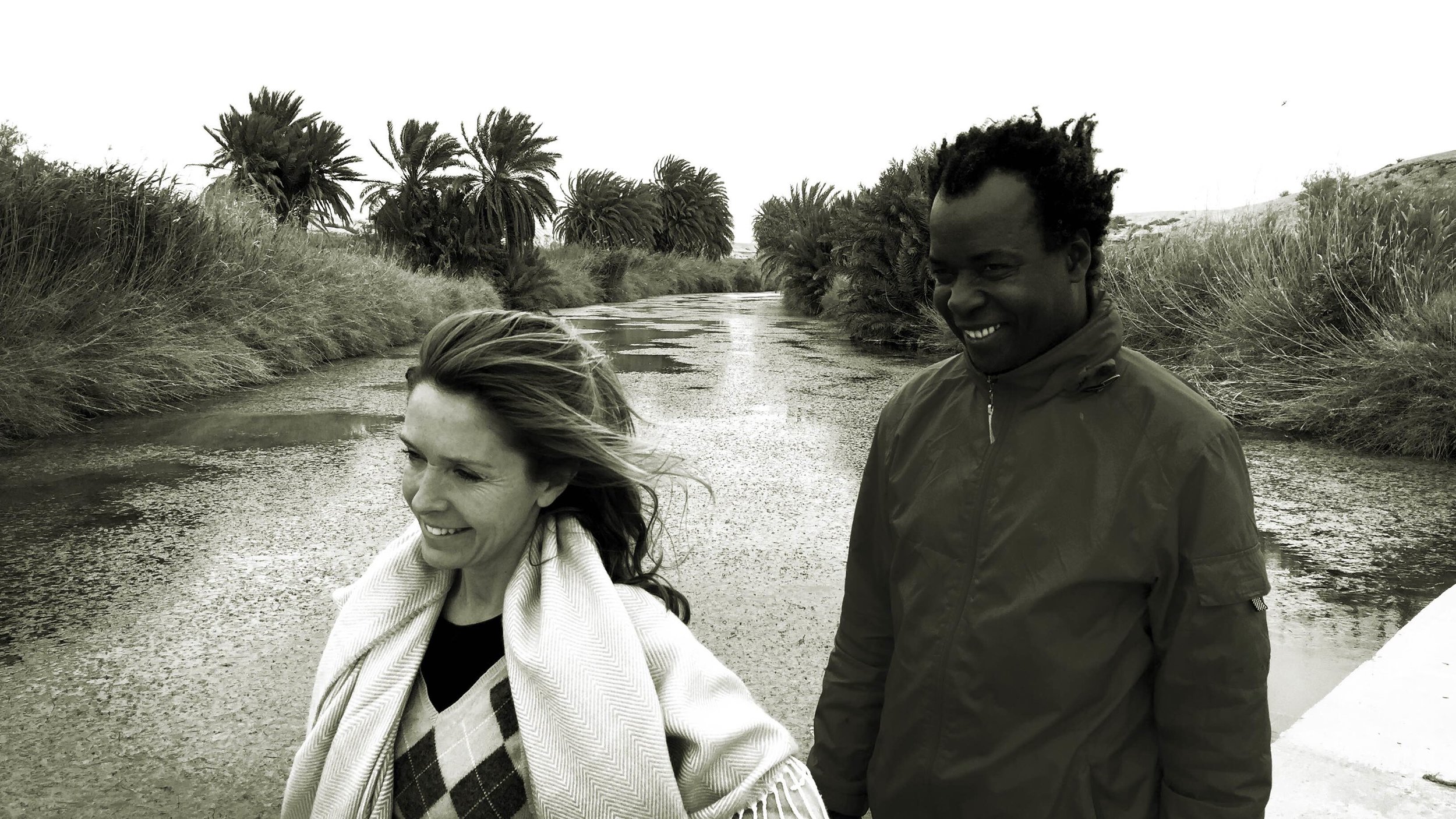
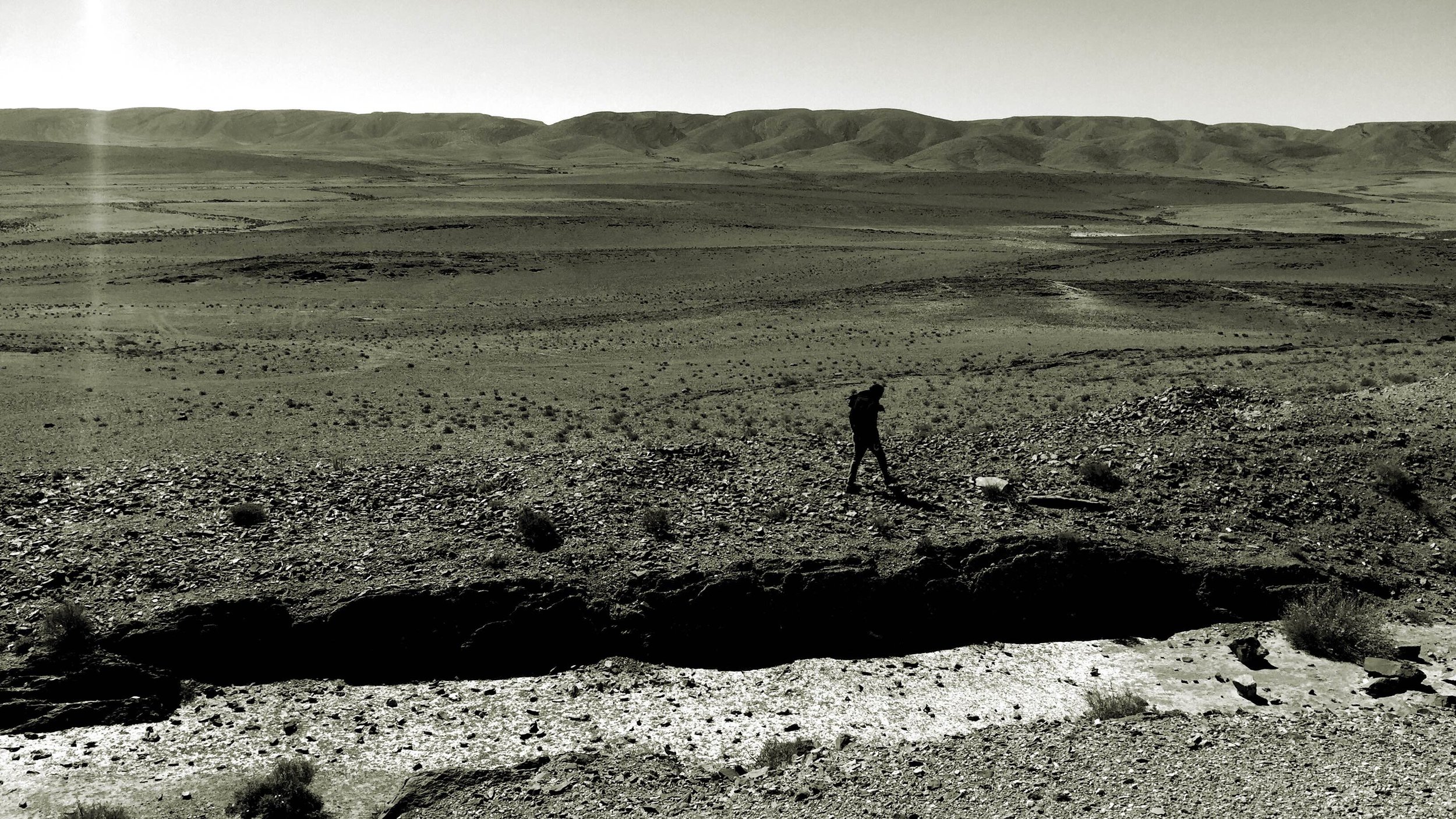
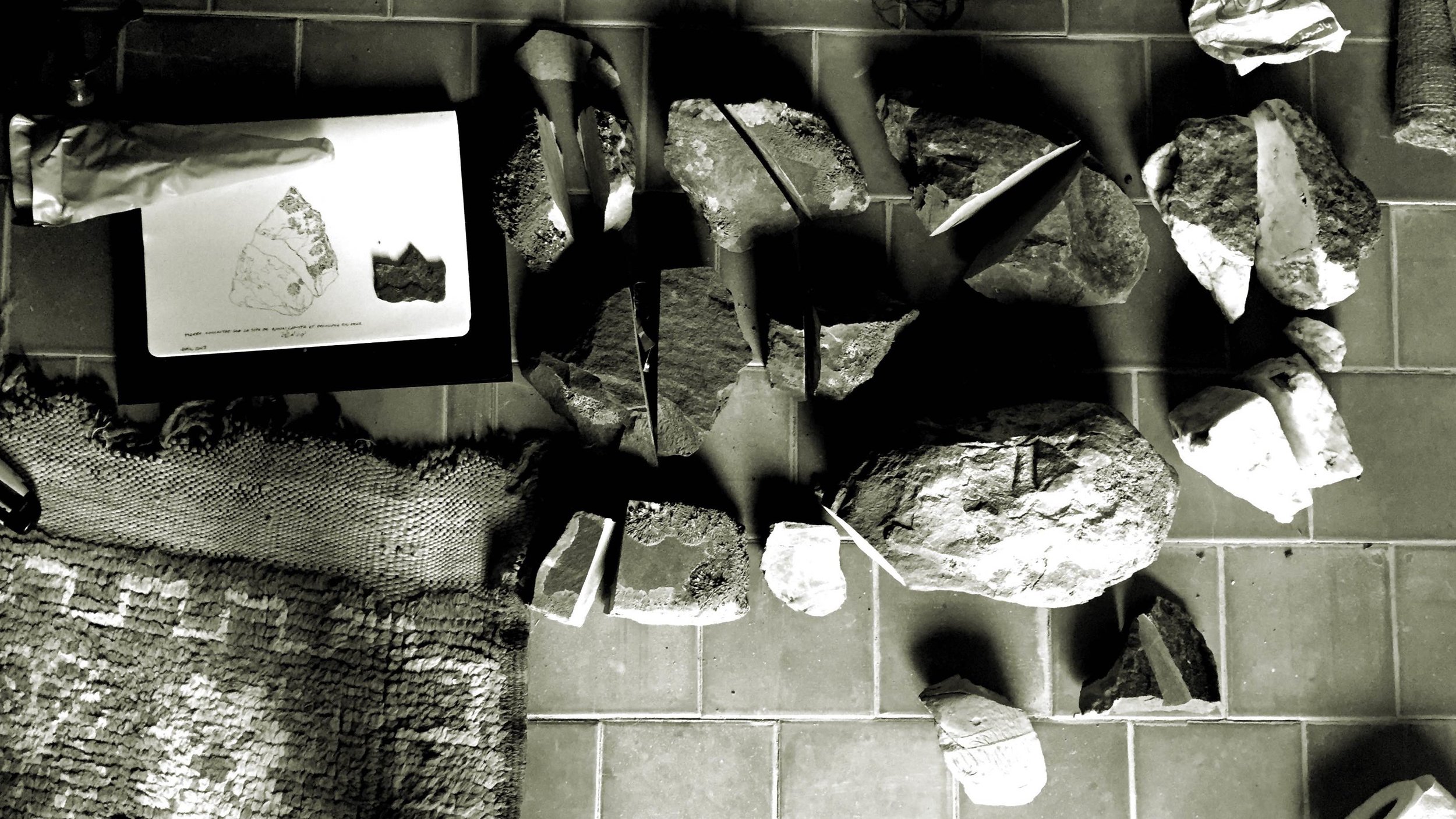
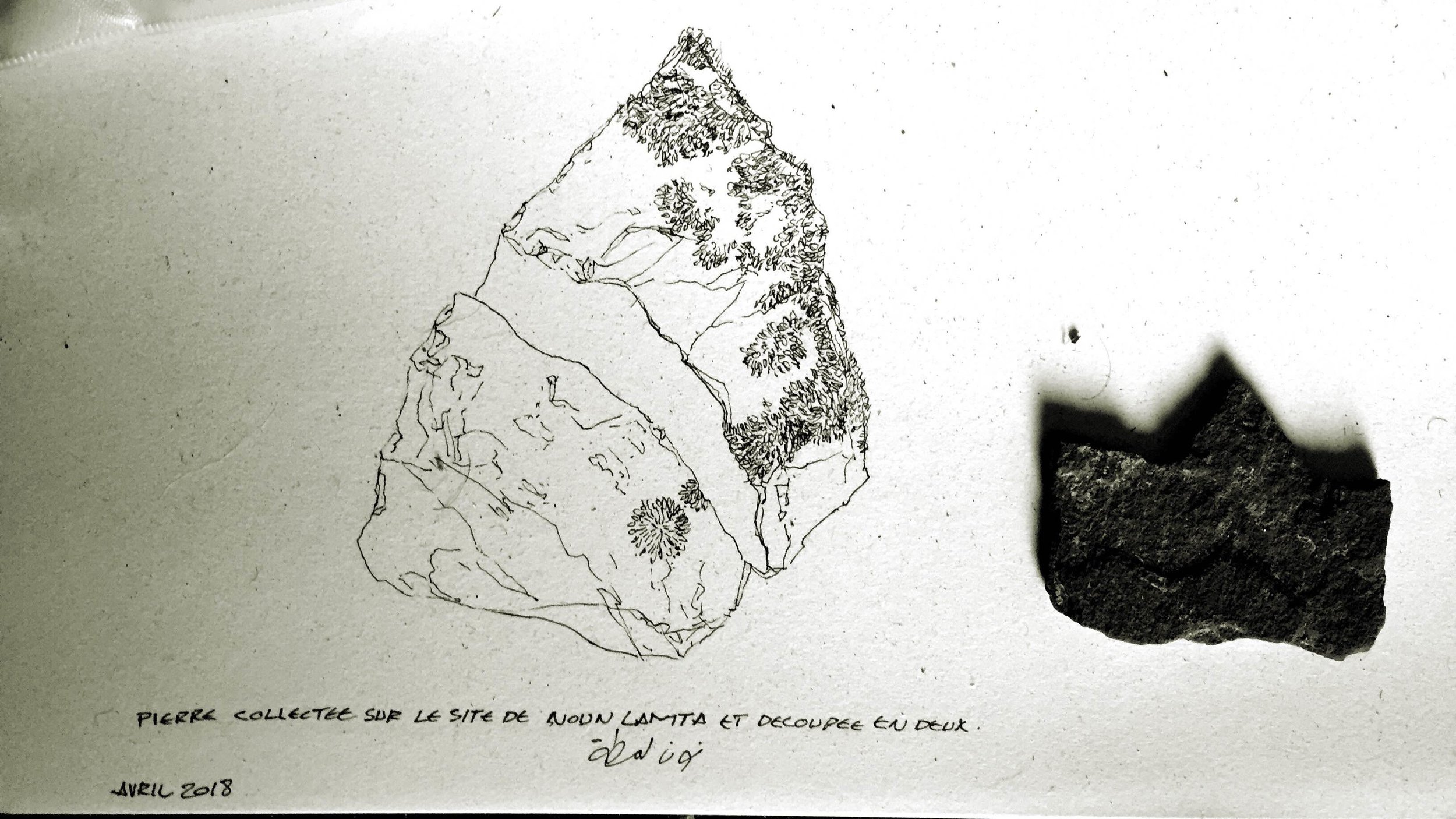
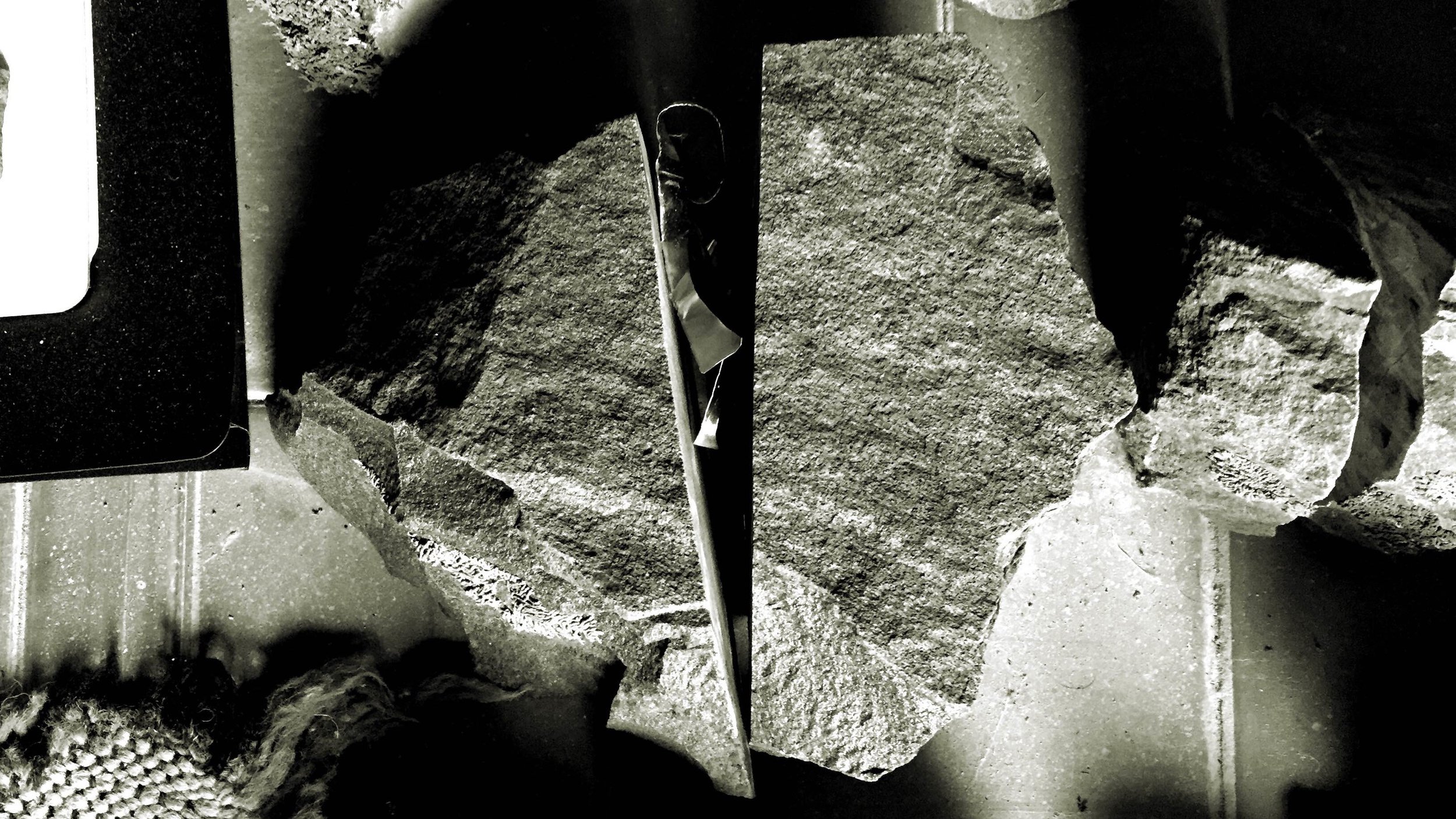
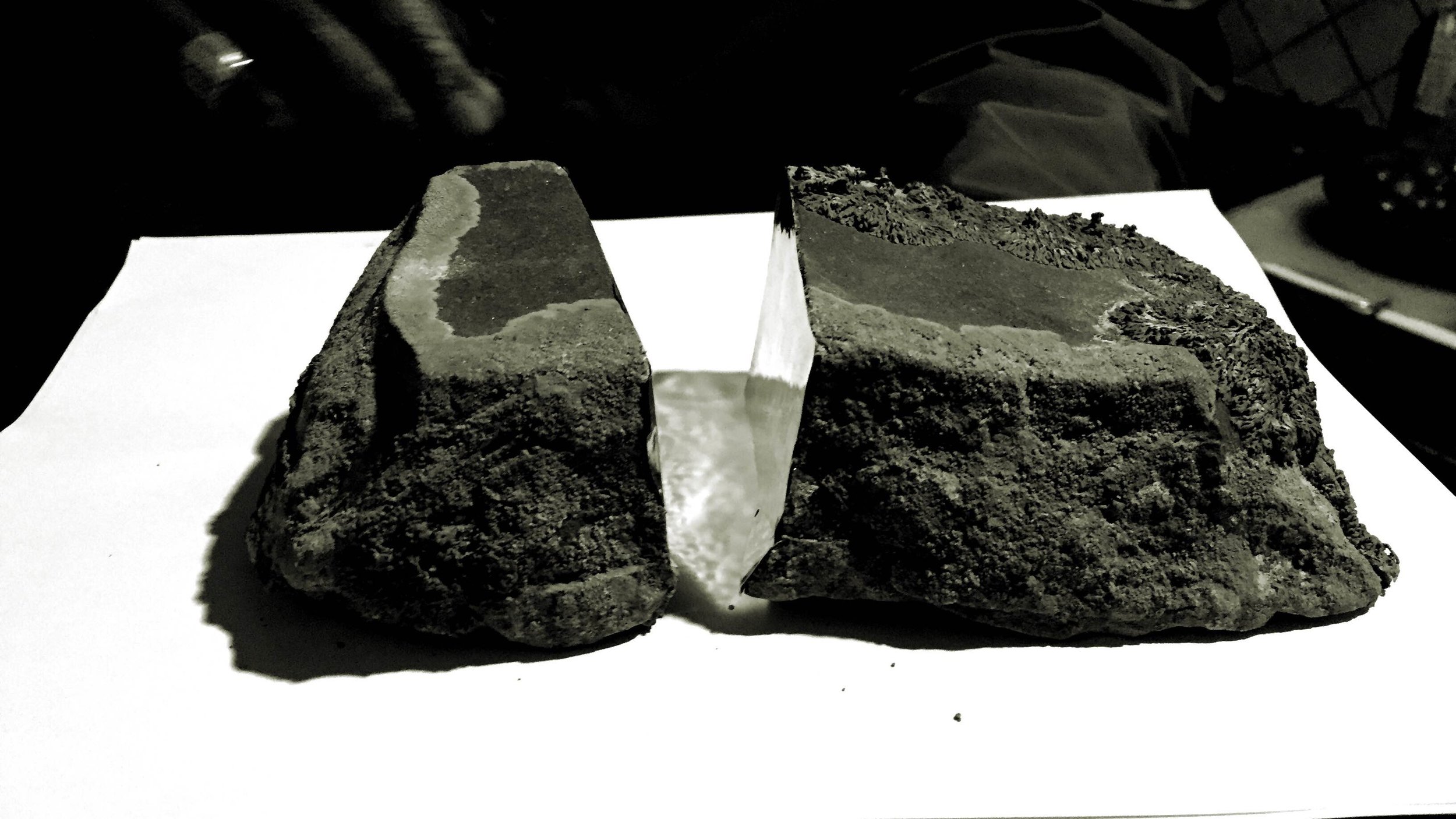
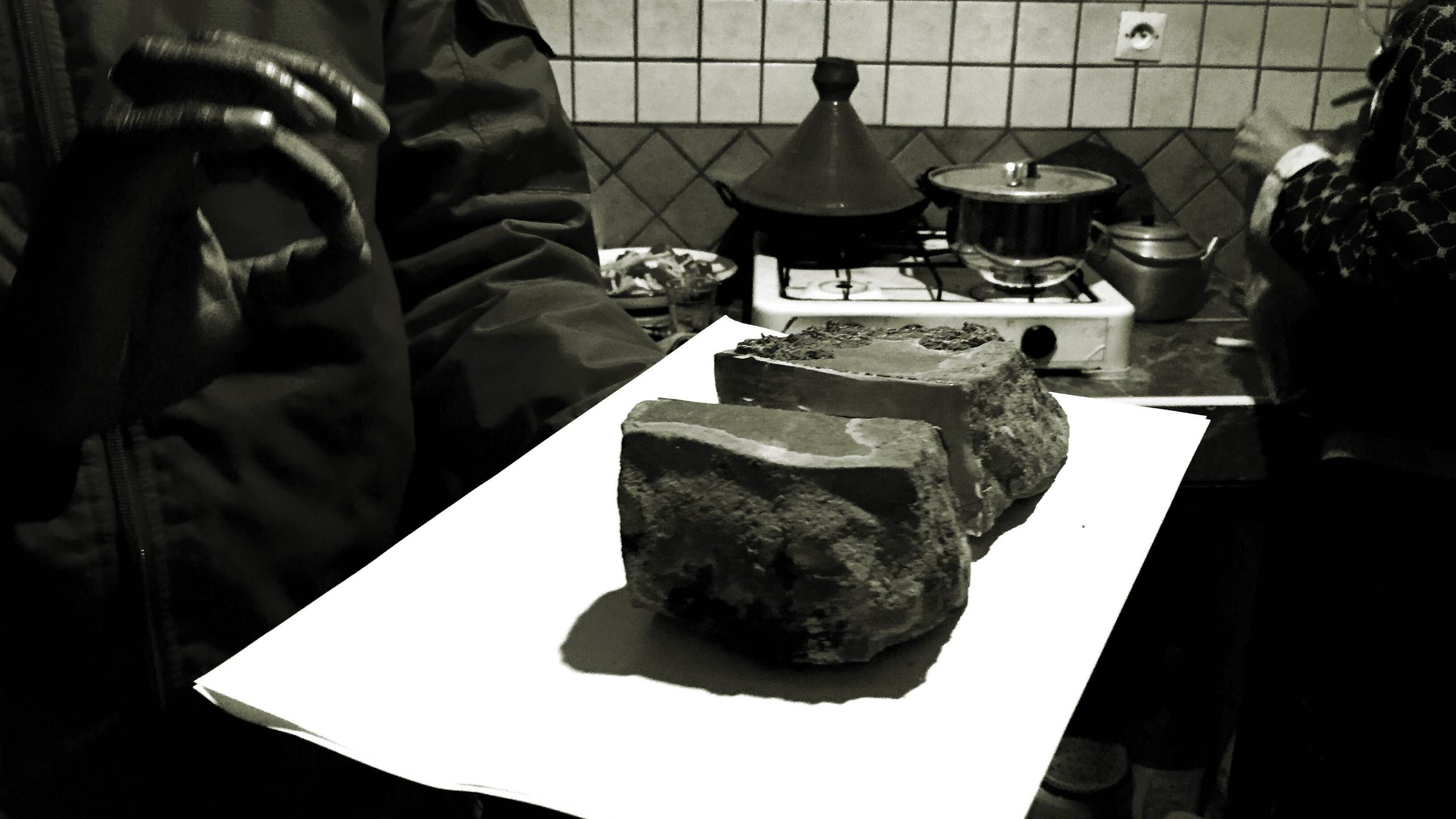
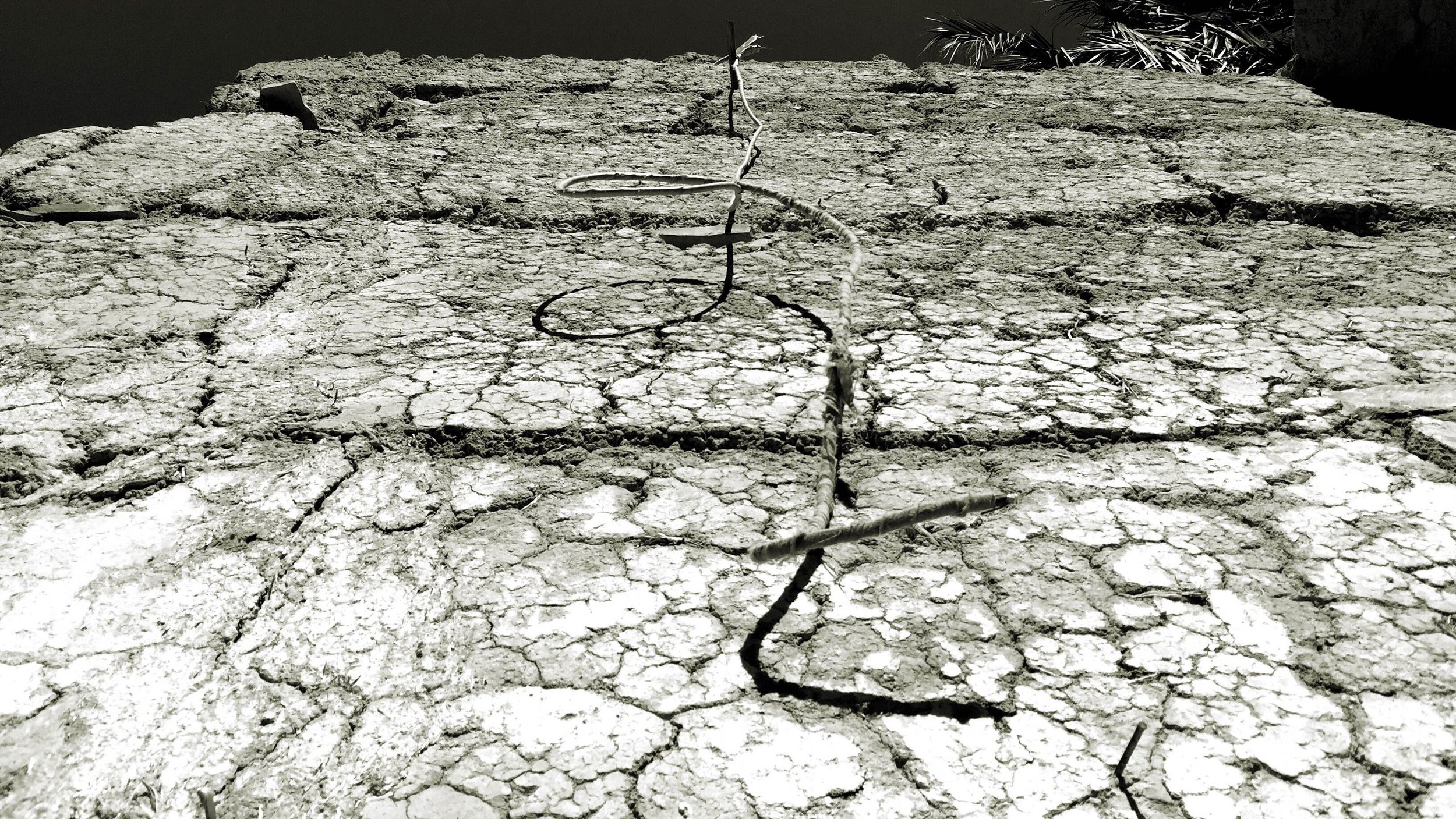
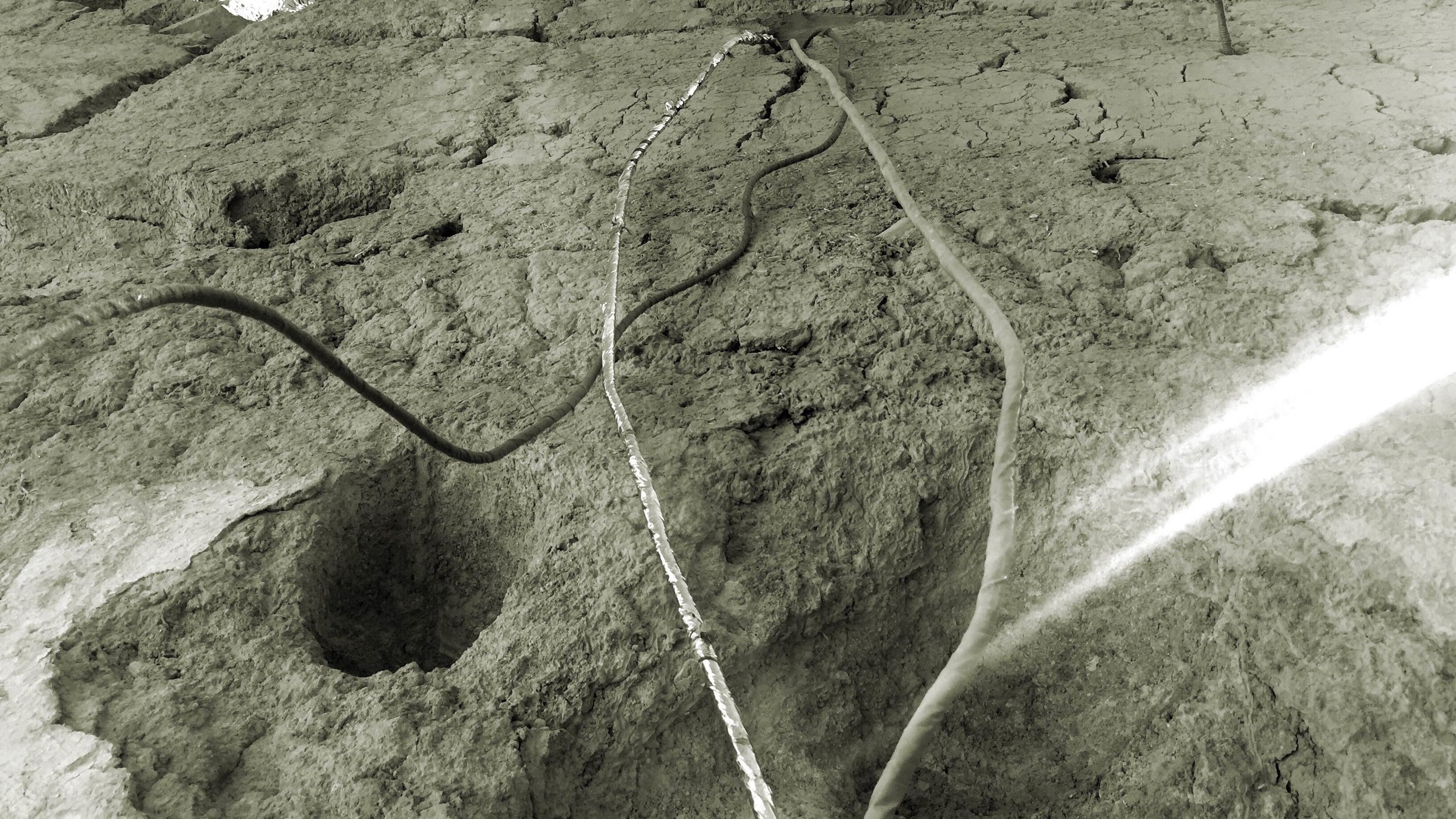
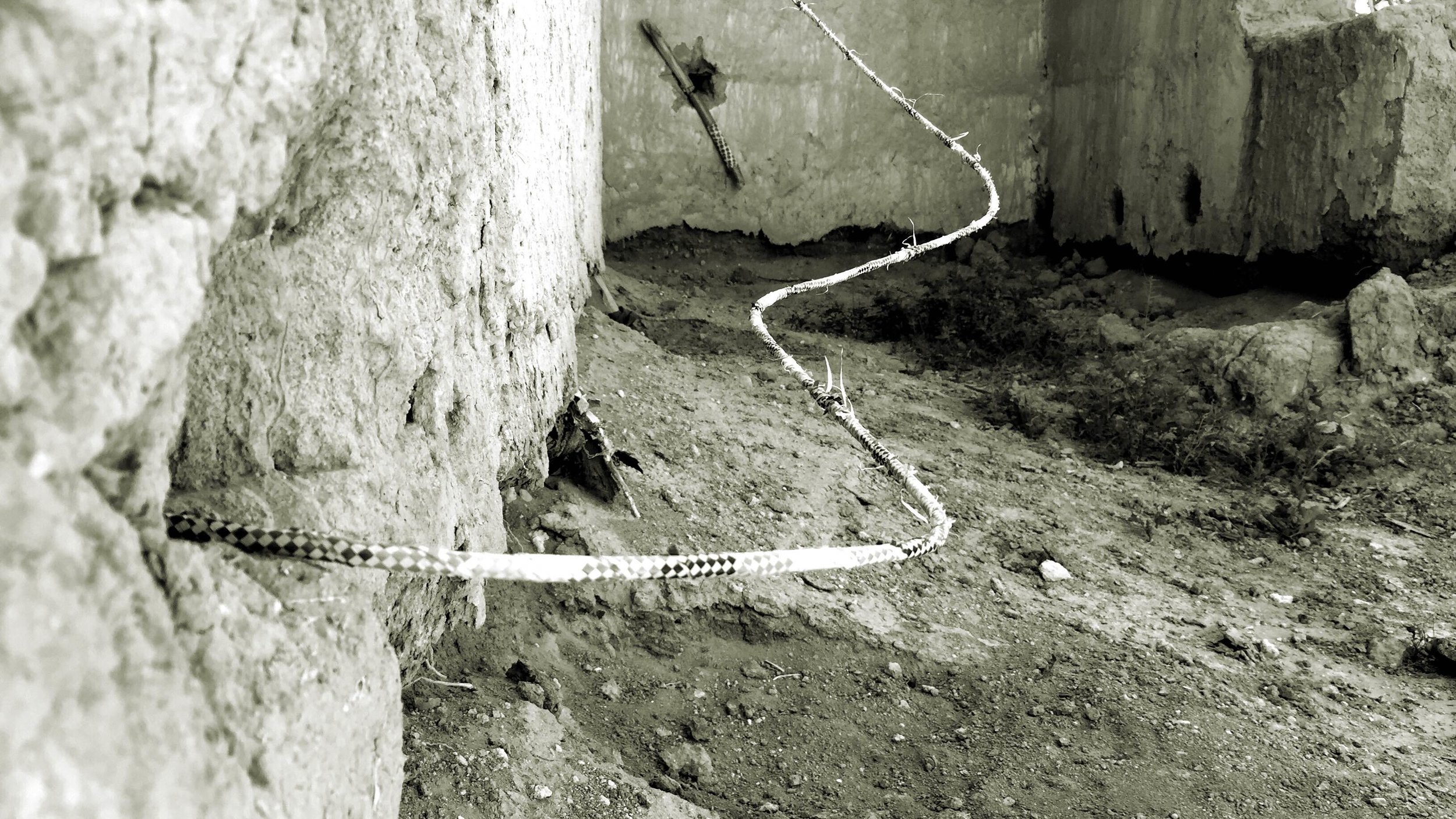
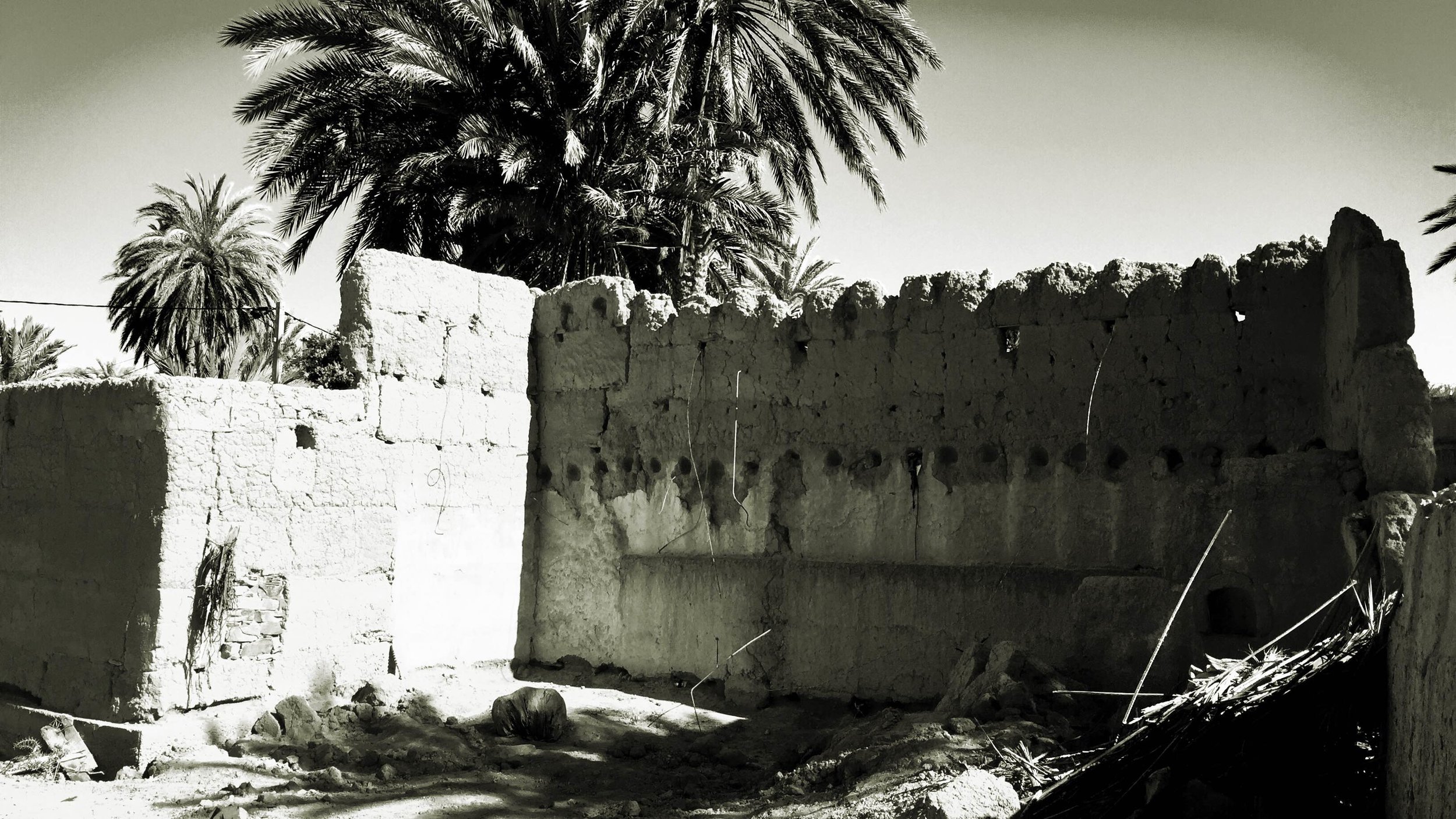
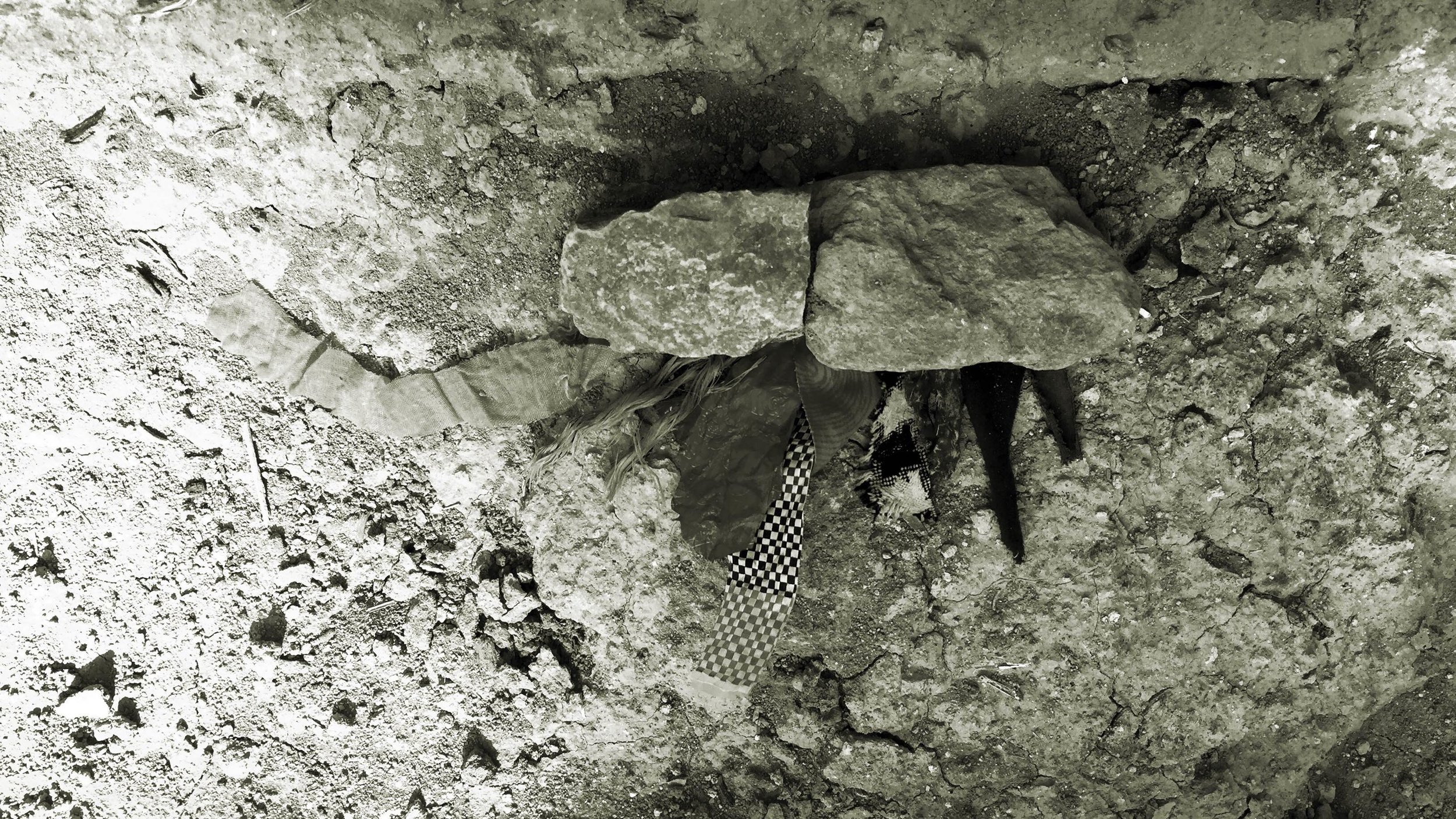
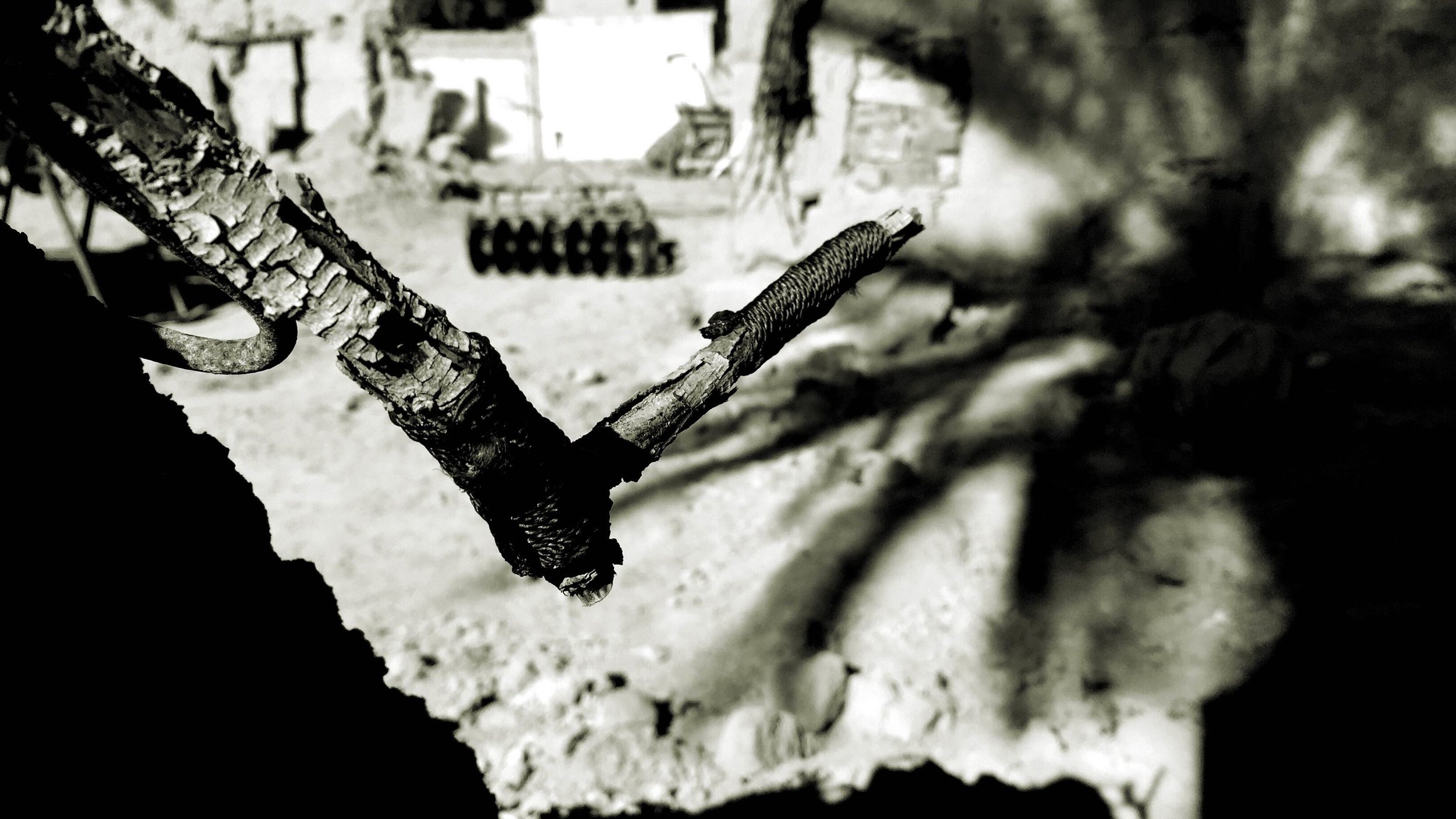
workshops
Hasnae did a photography workshop with some children. She asked them in what places they used to take pictures with their phones, then they went to the same places to take pictures but with Hasnae's camera and under her advices.
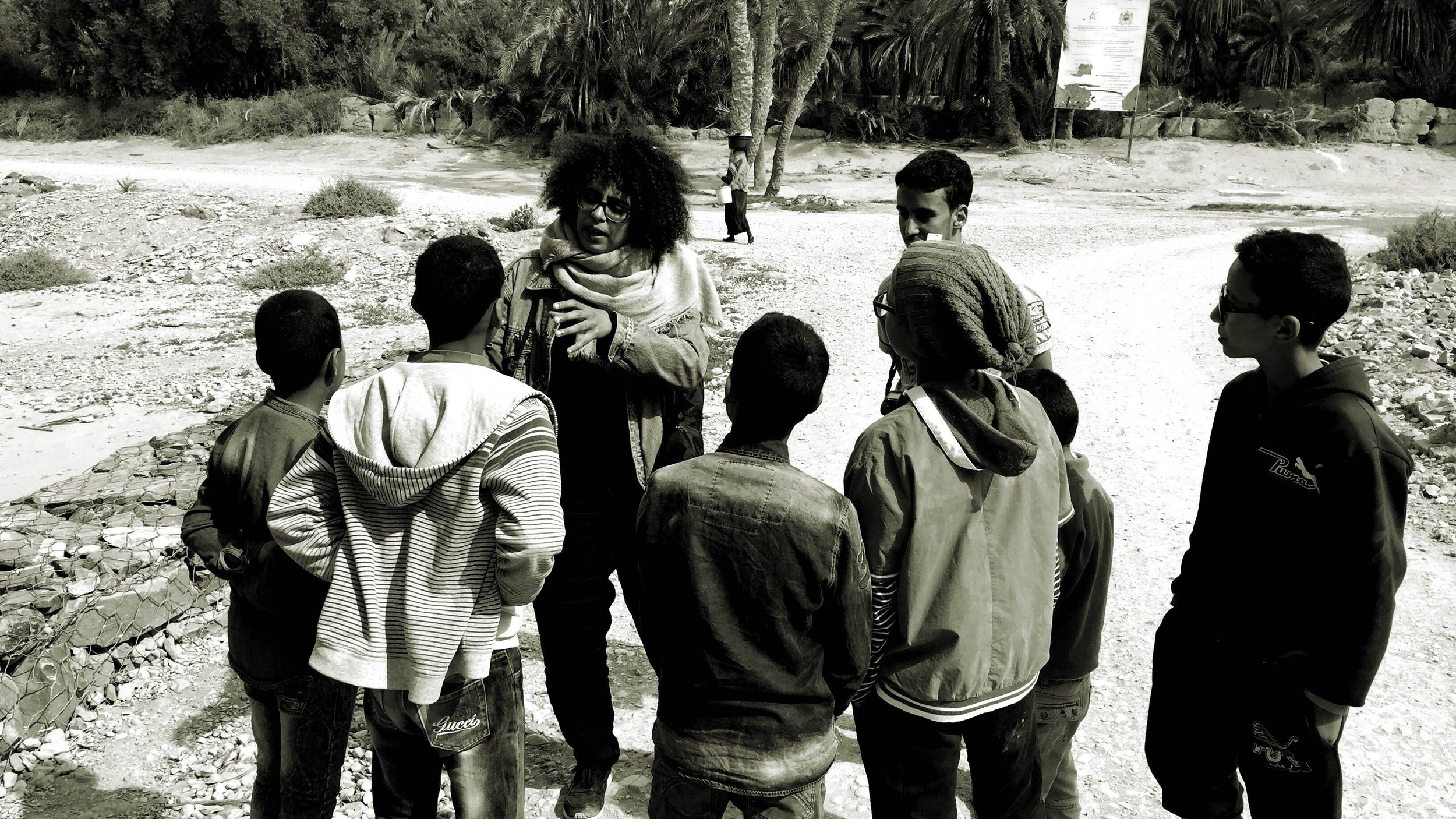

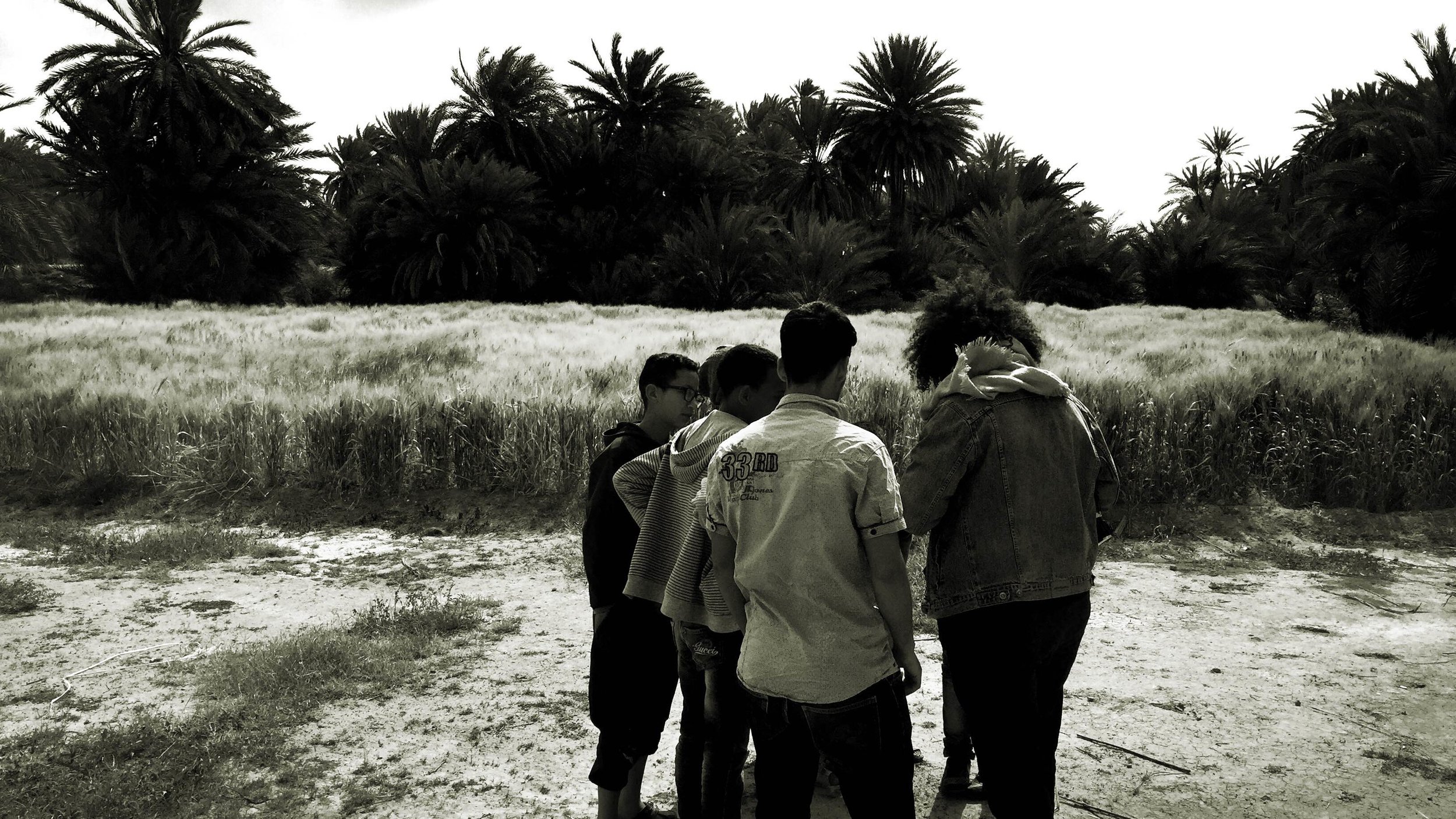
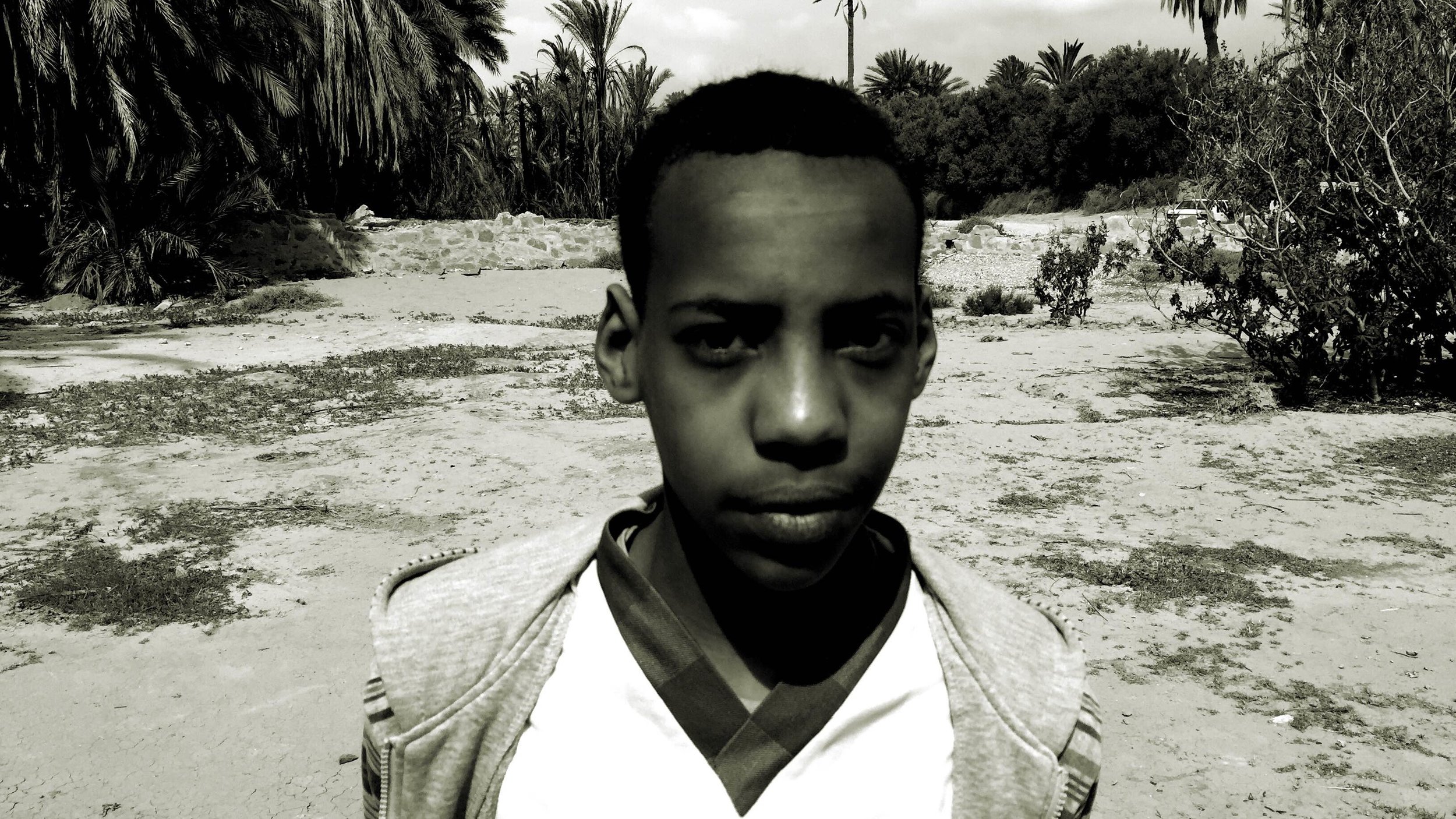

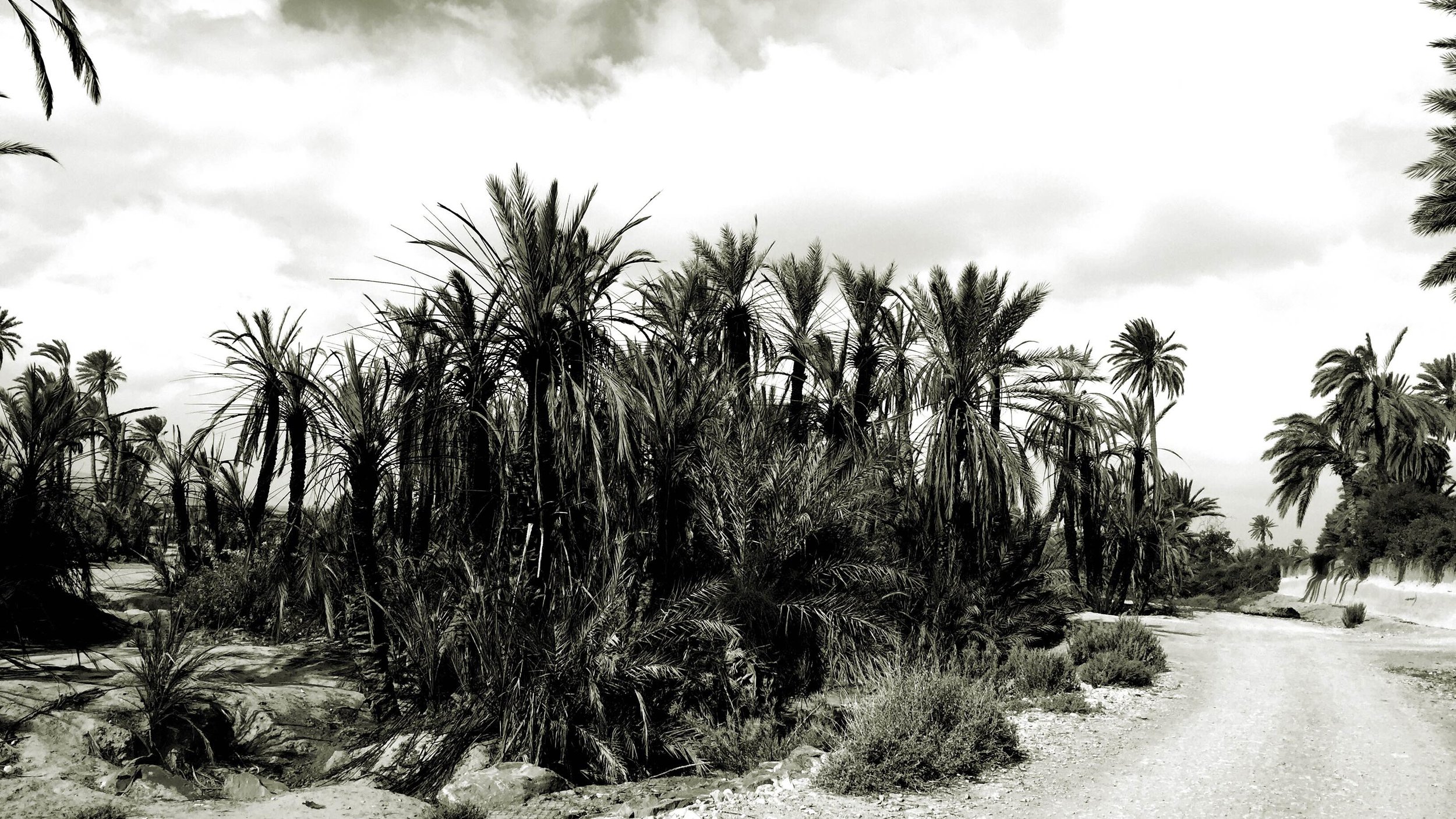
Francesca and Shayma have been studying together several issues associated to water, in Marrakech and in Imider (in the framework of Qanat). They wanted to continue their research in Tighmert. At the same time, they did a workshop with children related to the geography of the oasis. Each children had to show a place of the palm grove and to explain why it was his favorite one. Then, all the children play a game in that specific place.
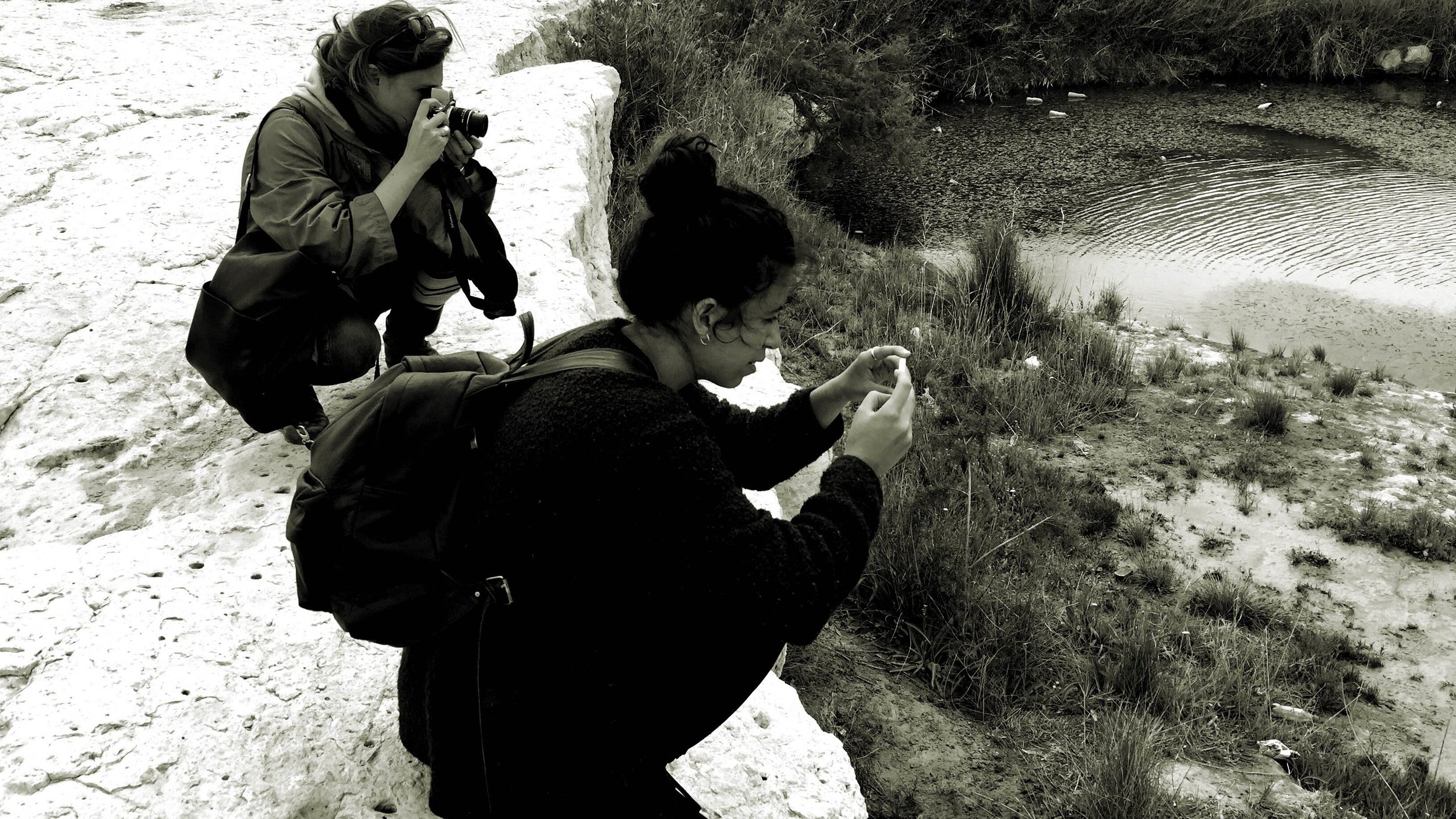

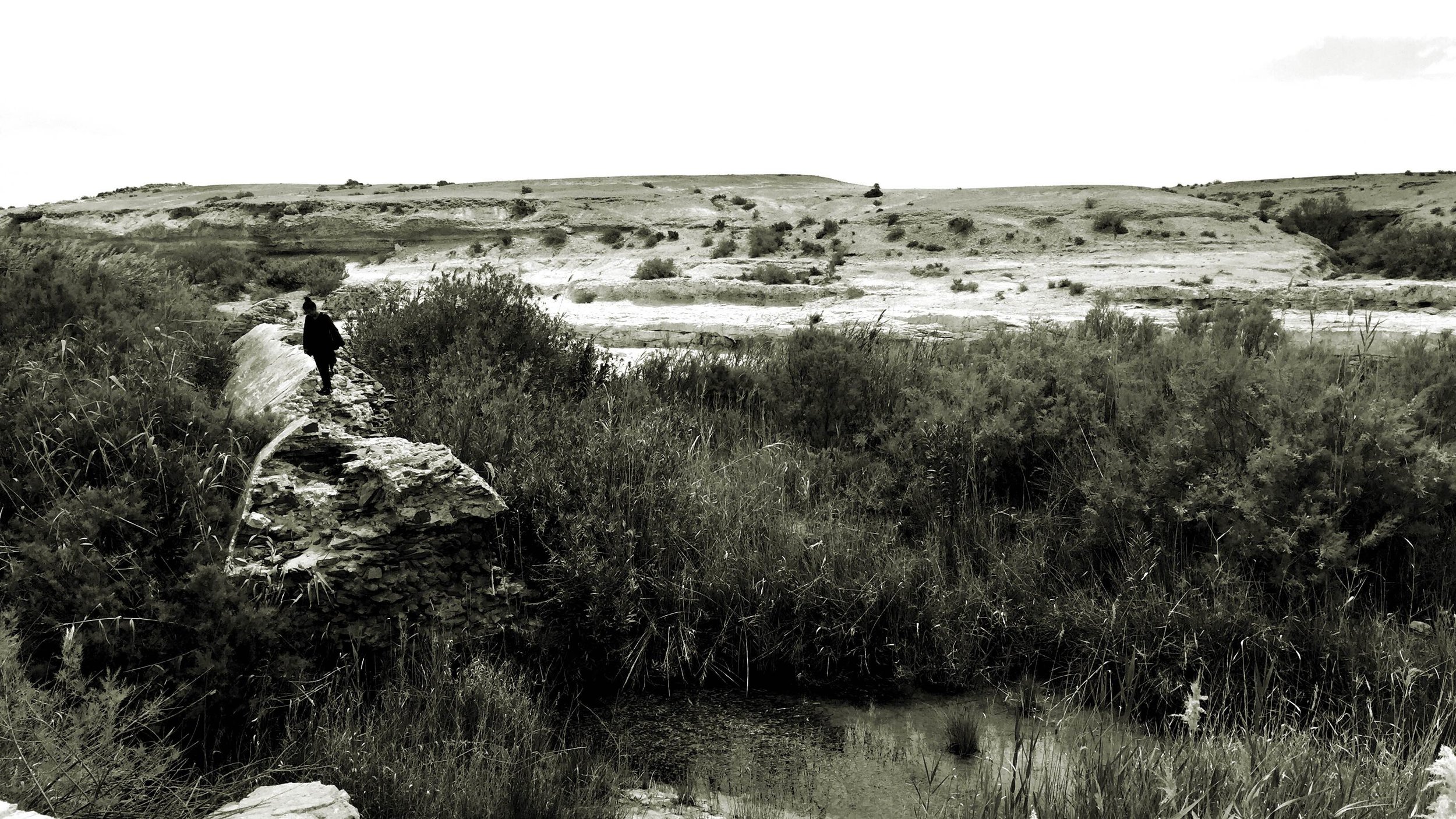
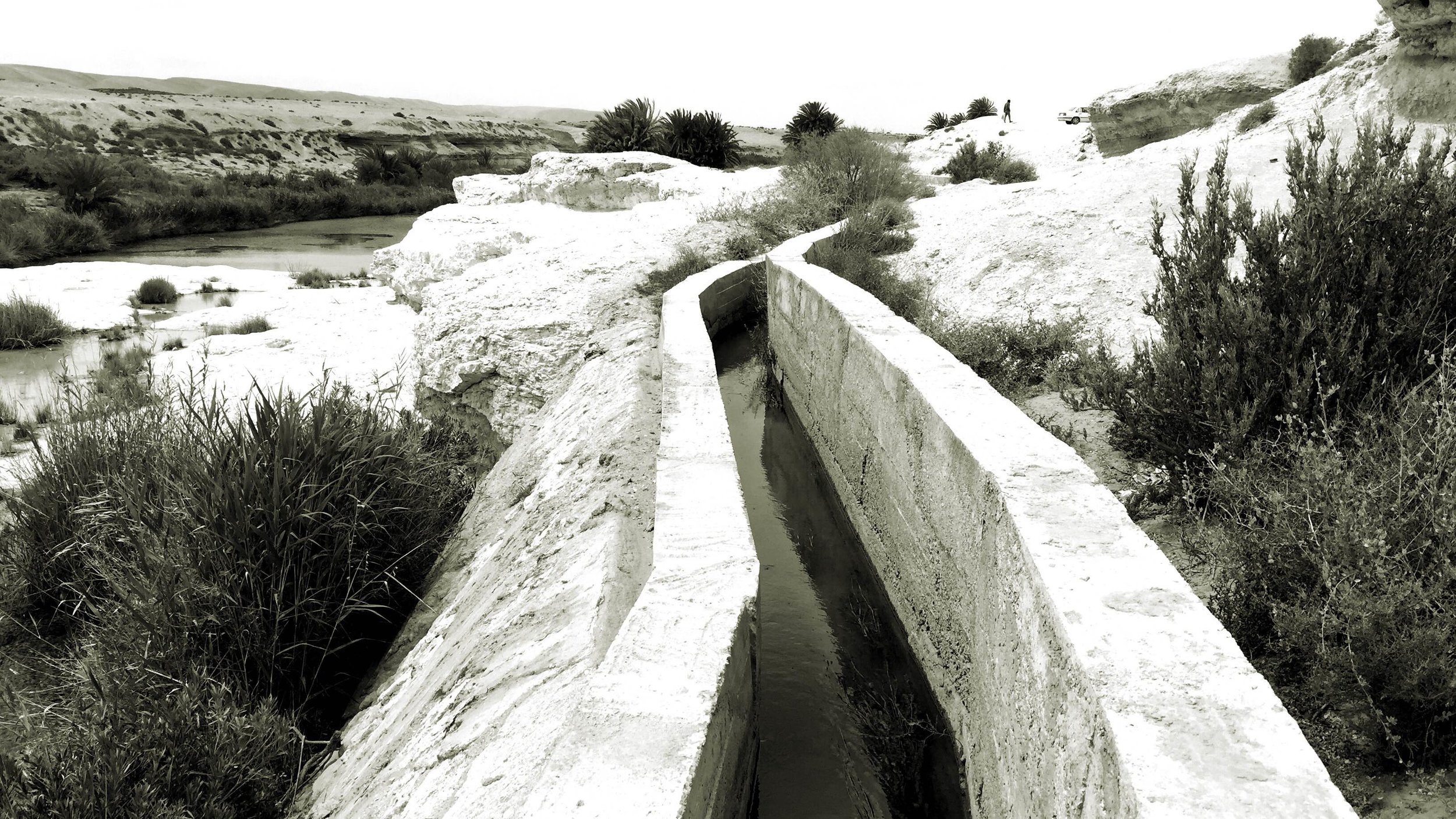
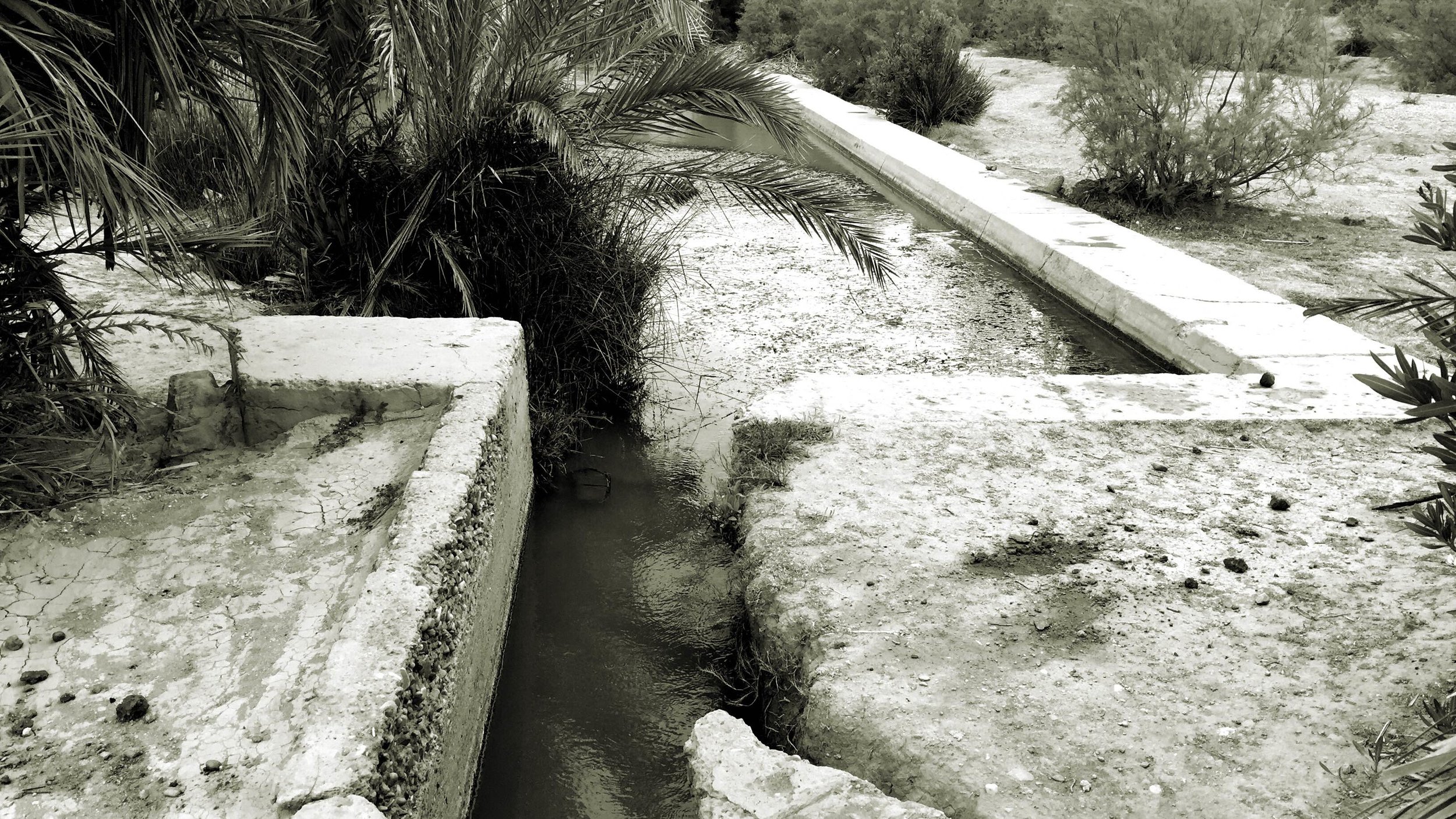
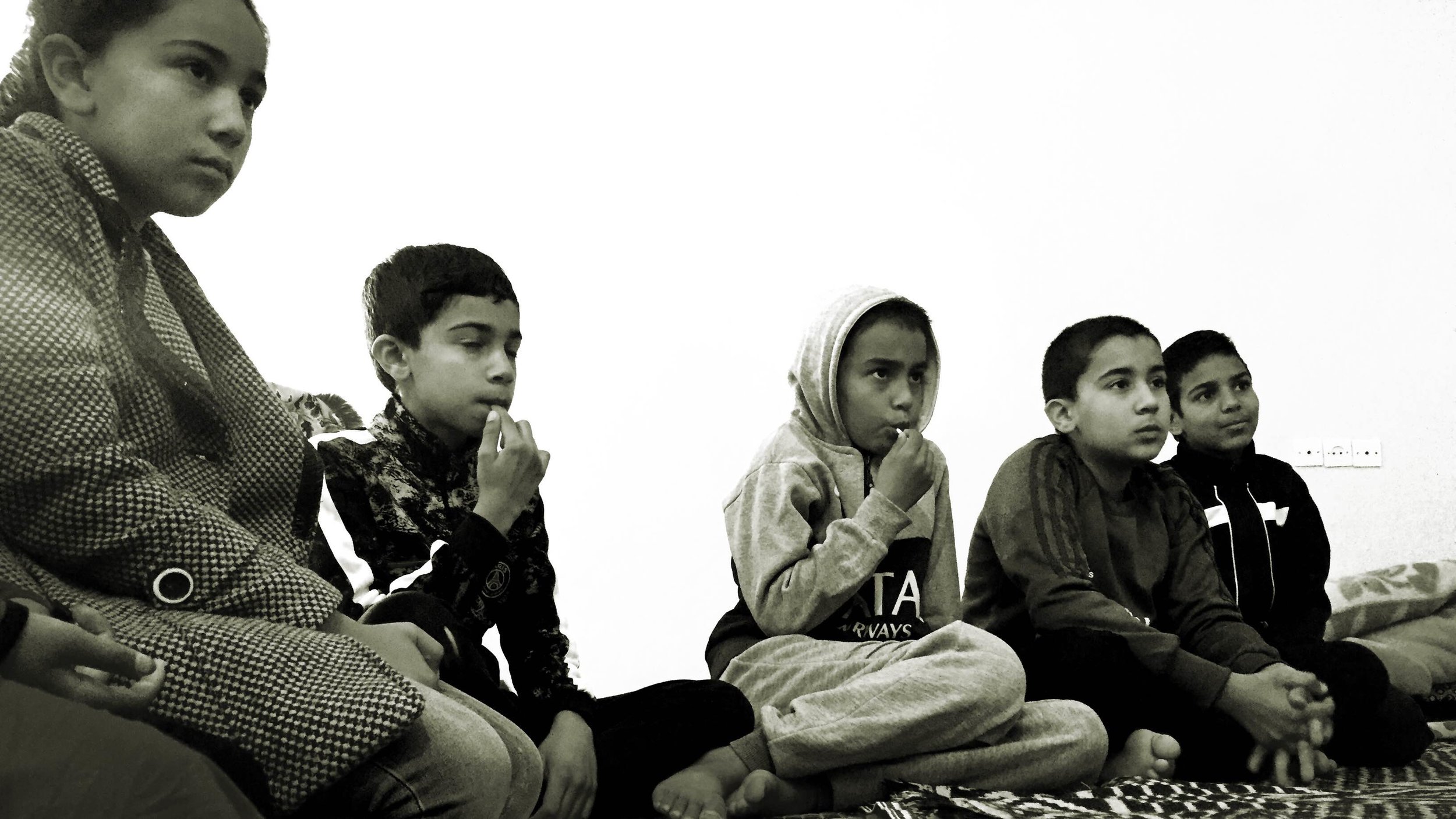
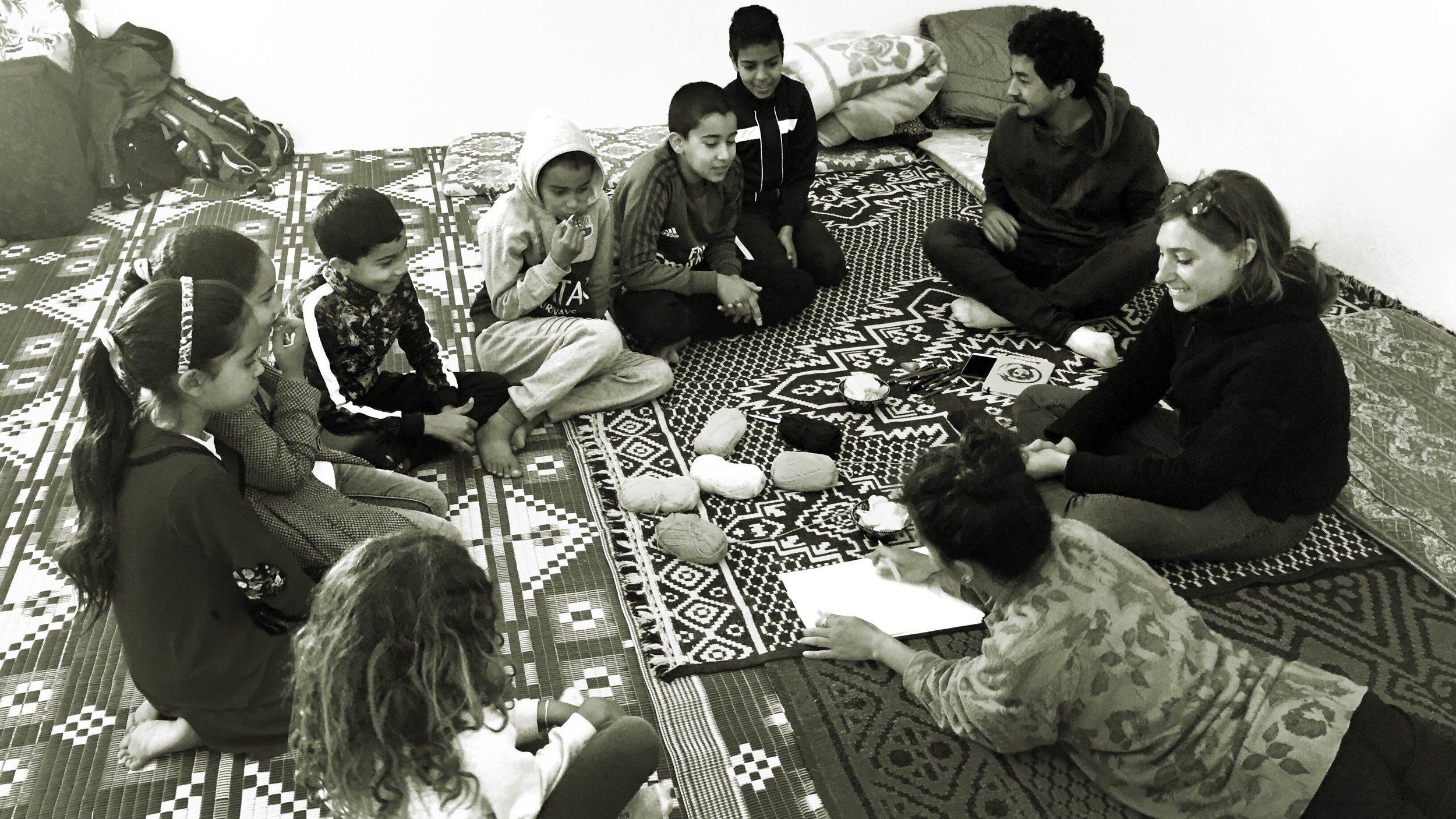
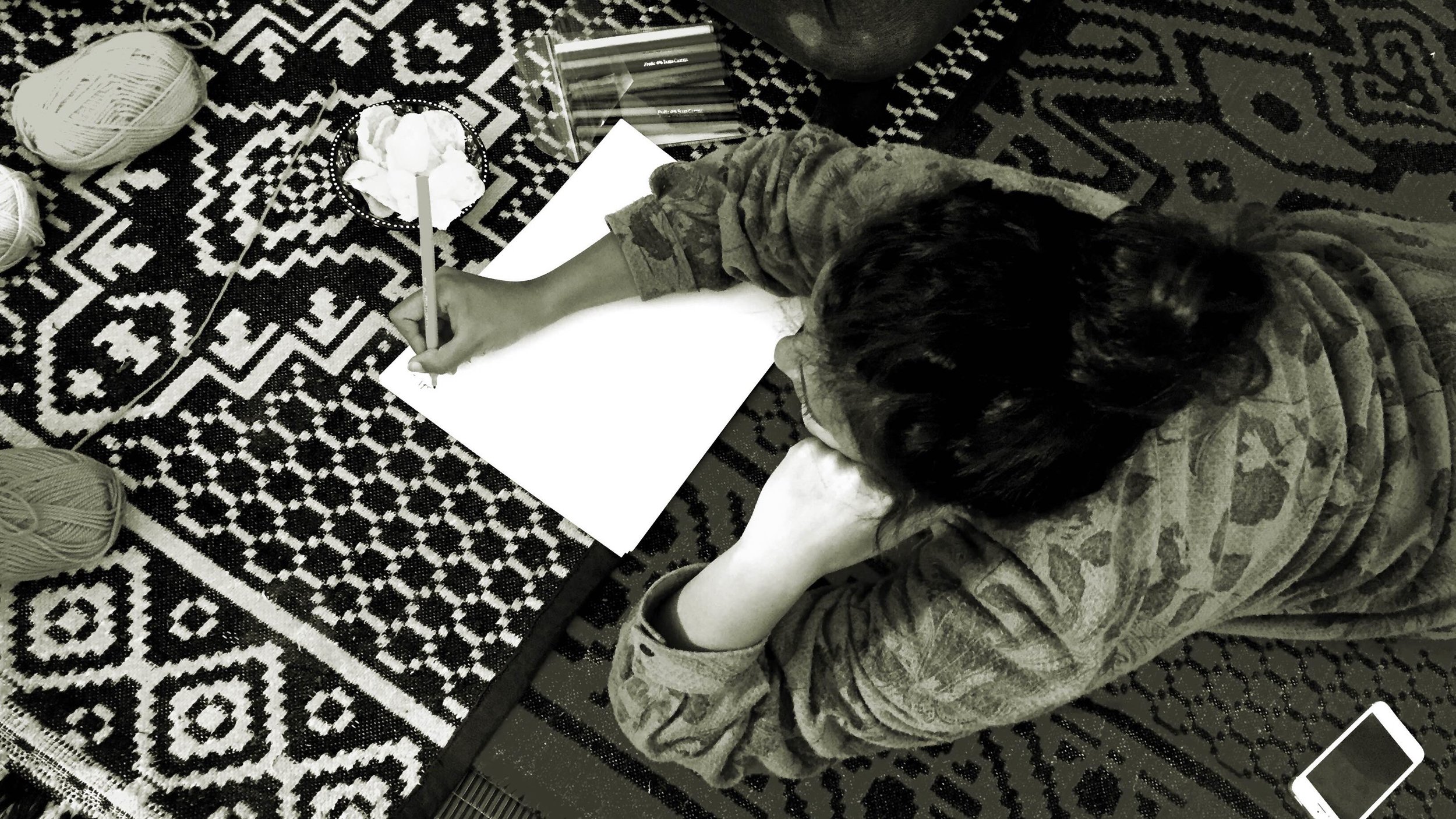

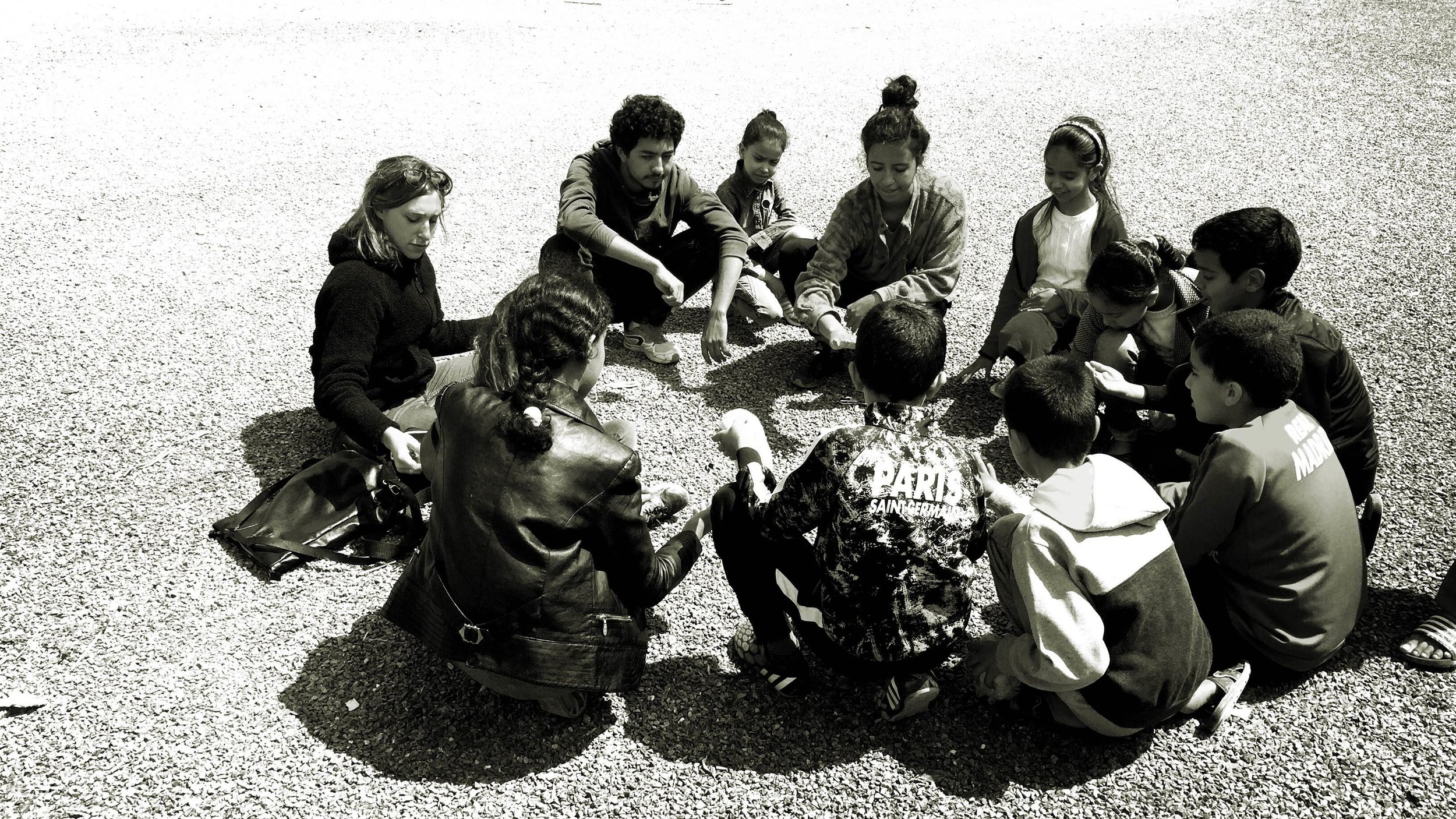
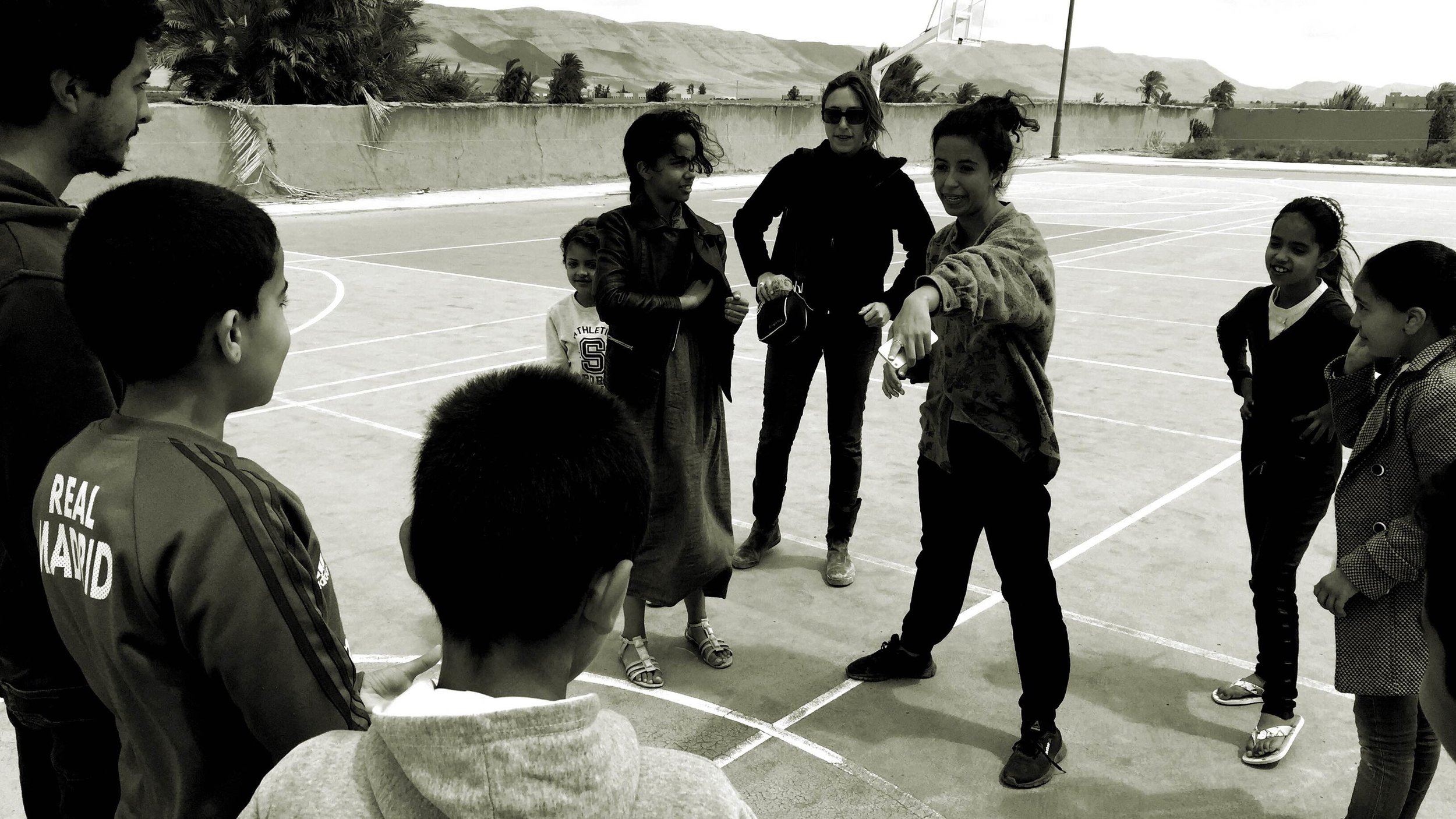
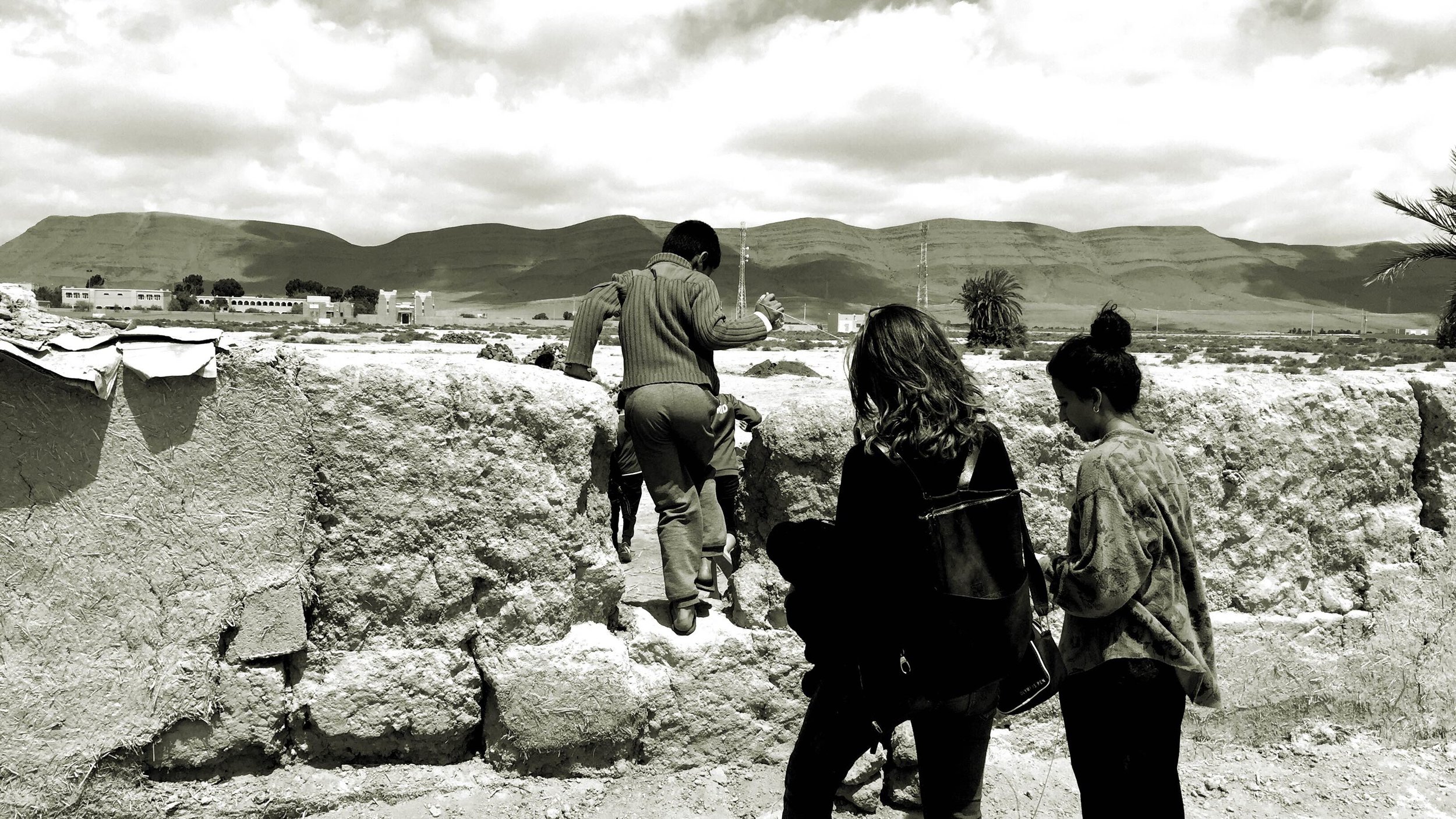
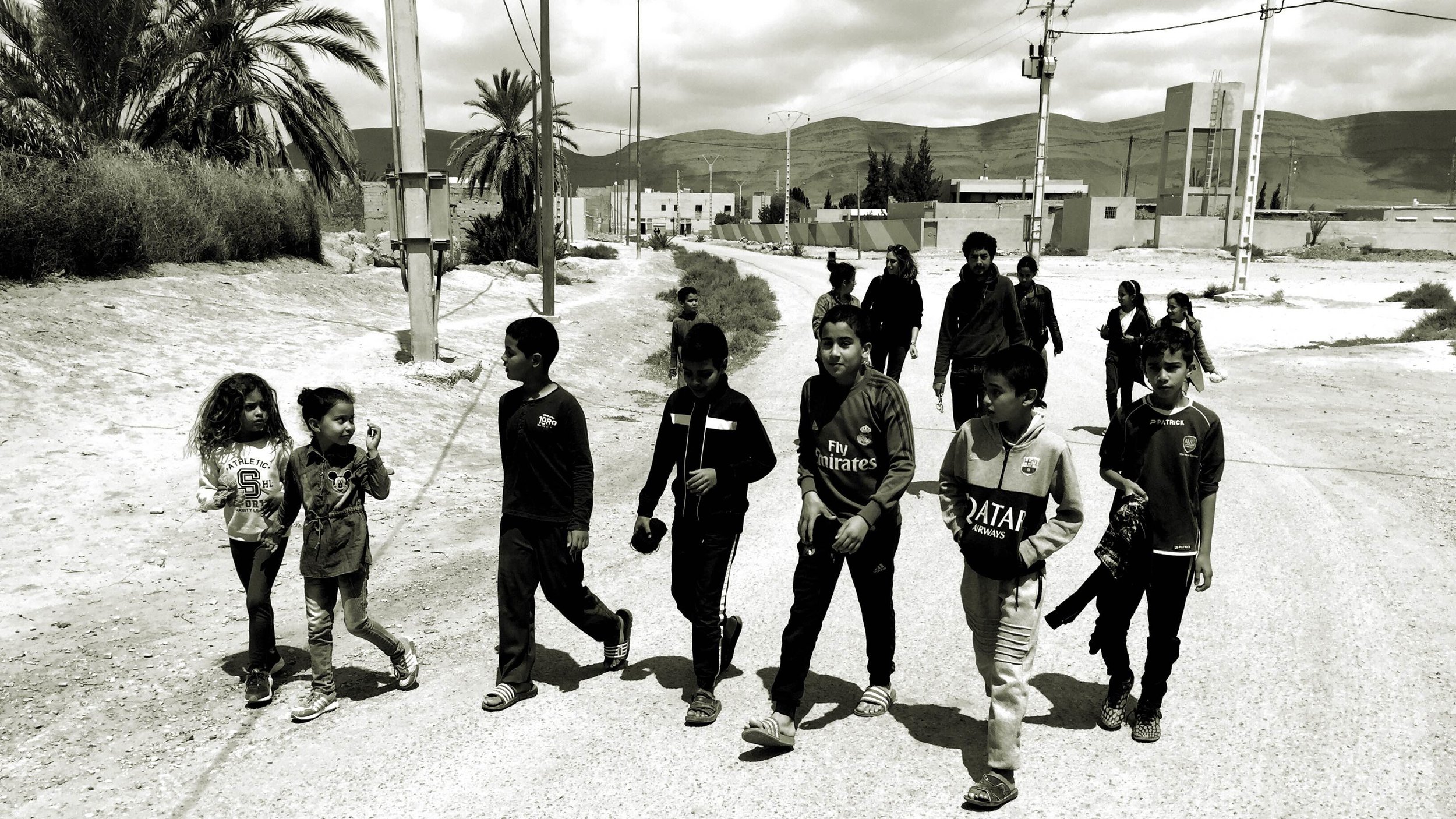
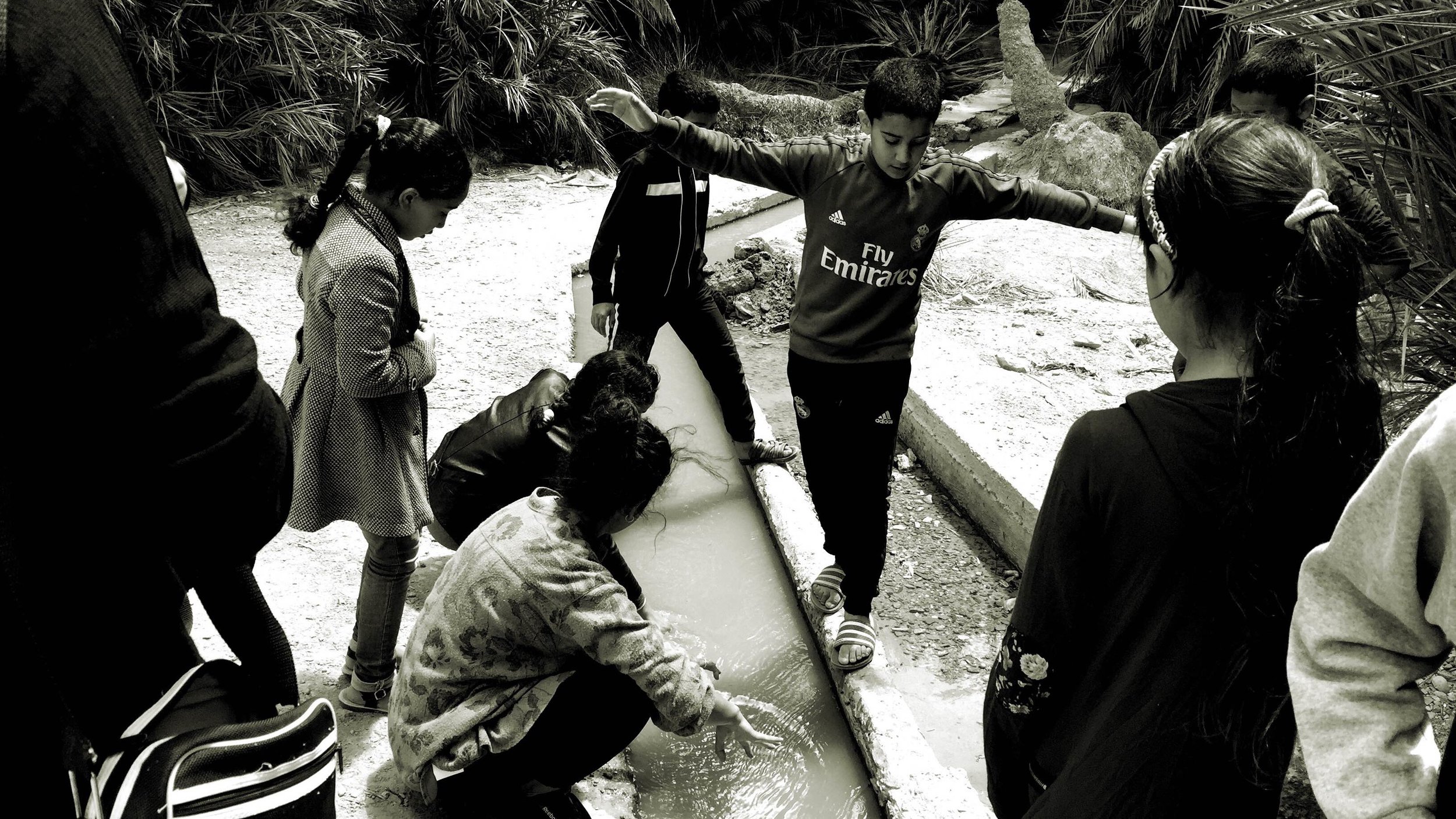
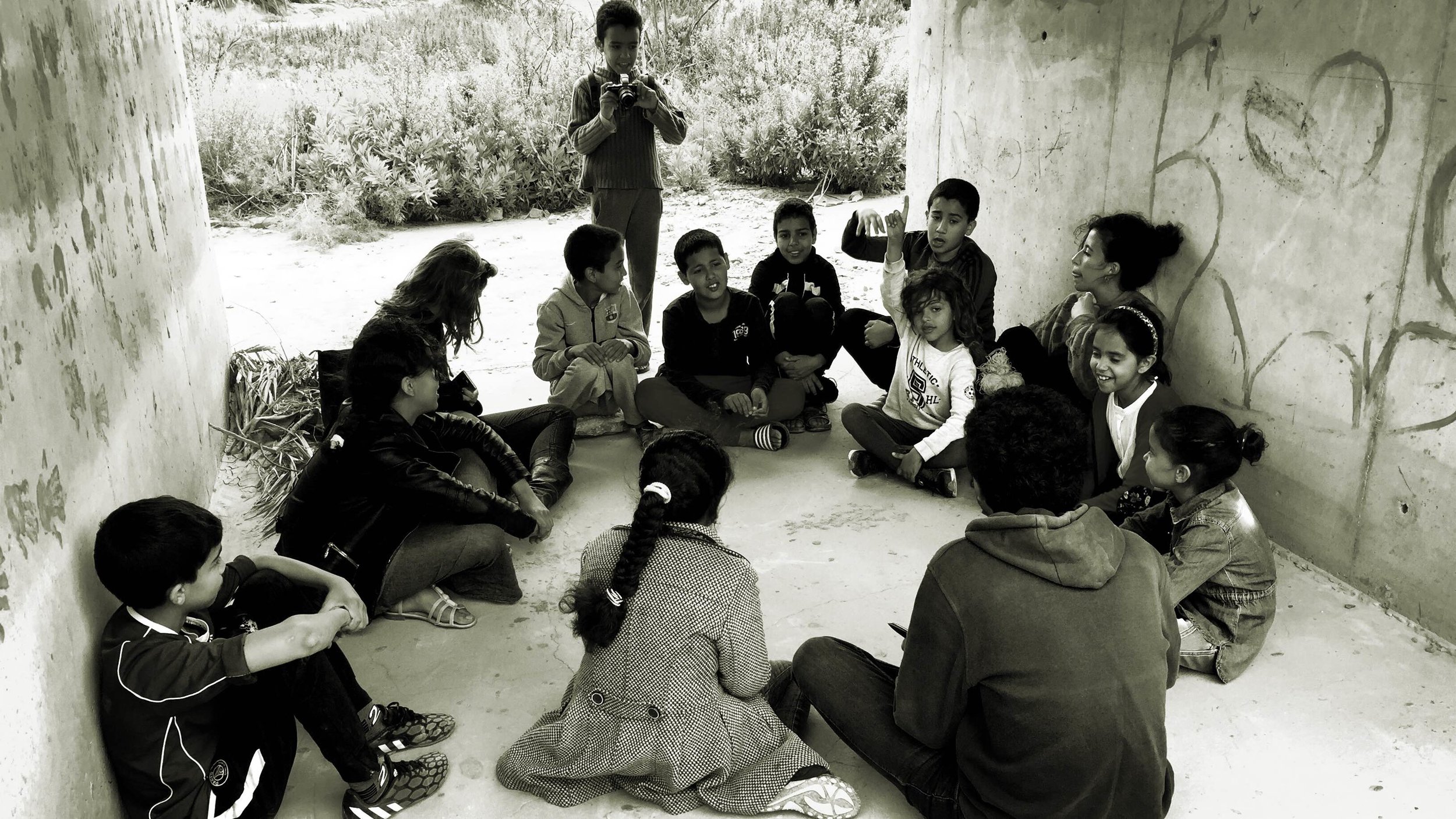
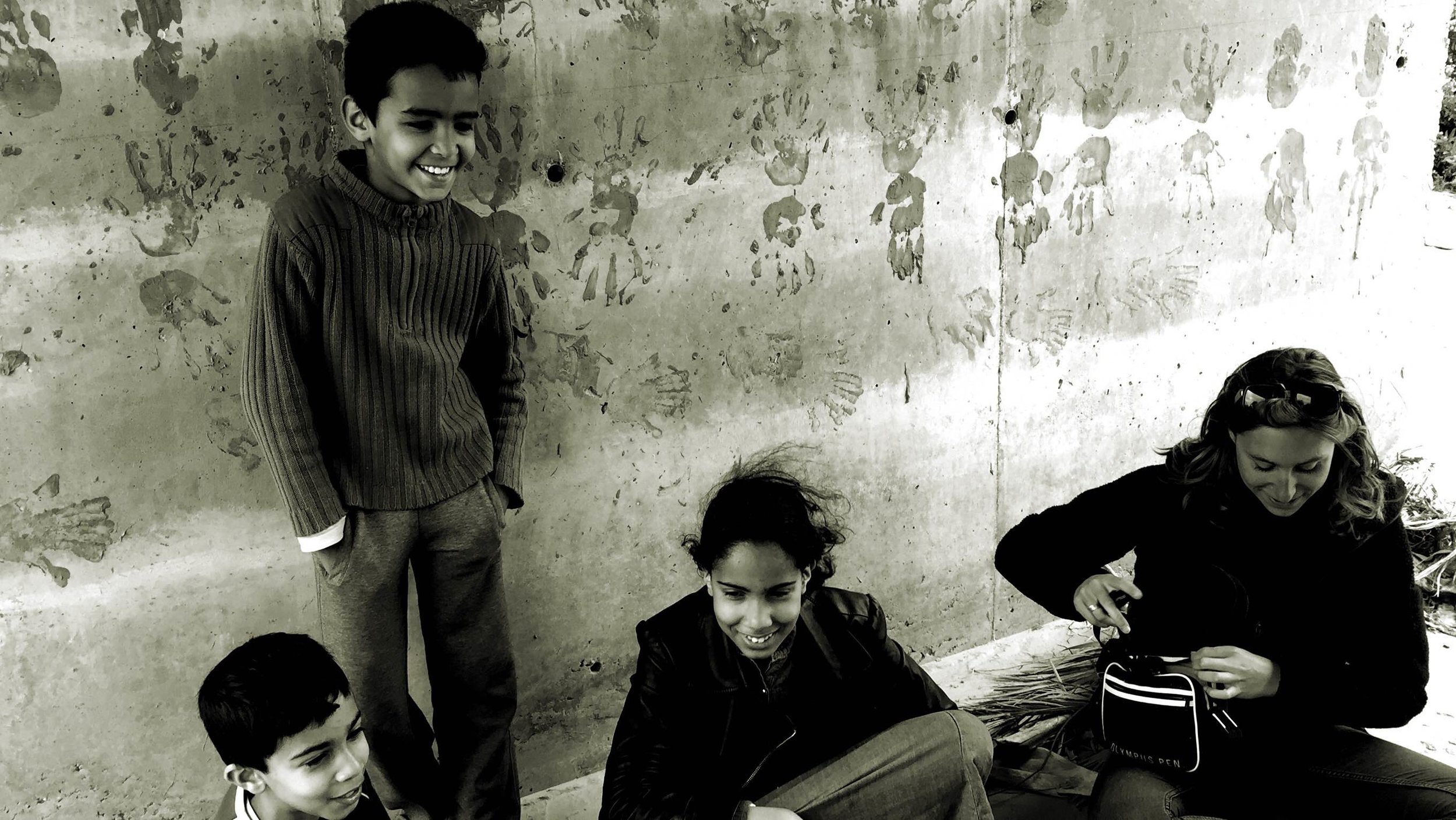
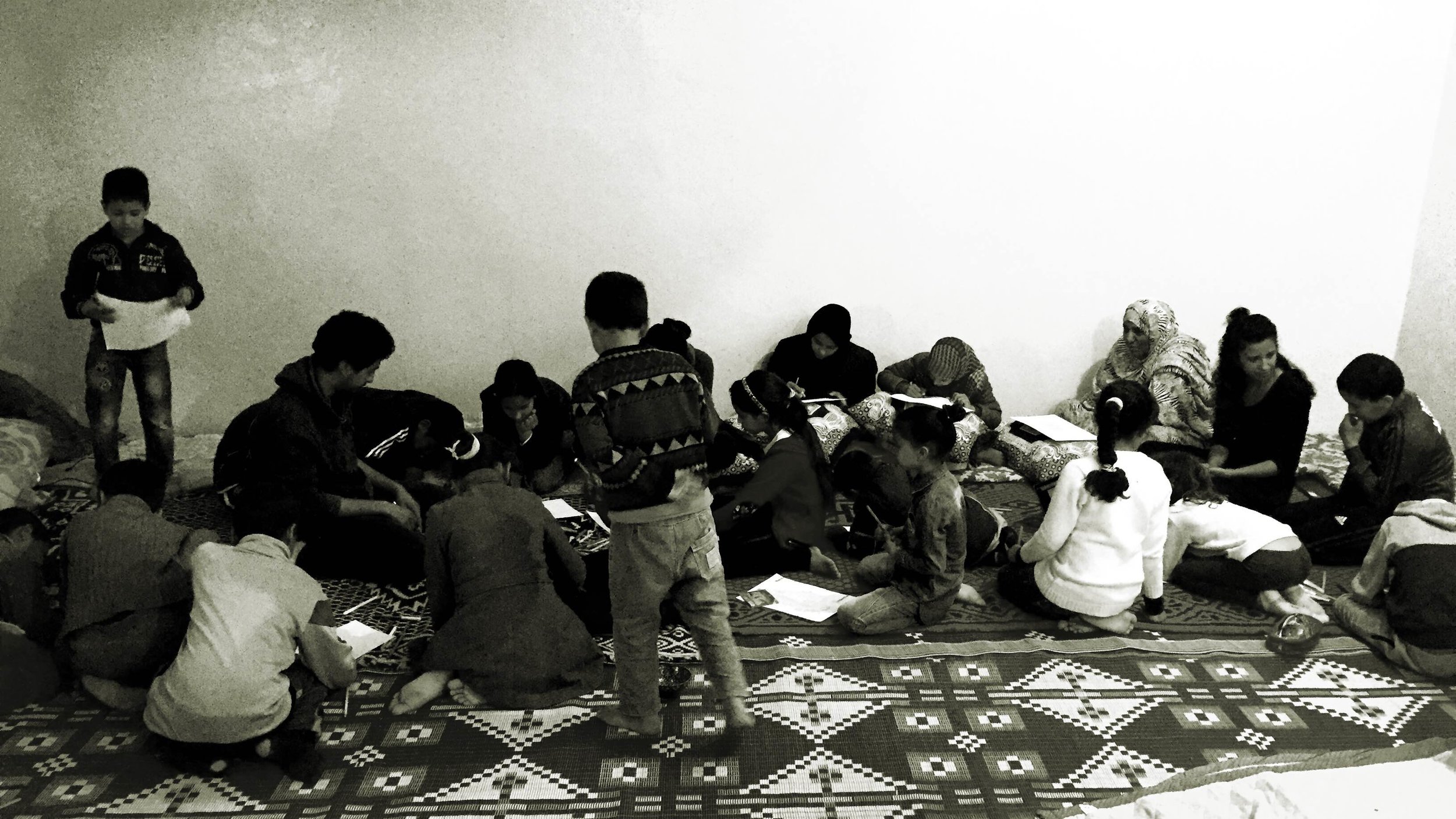

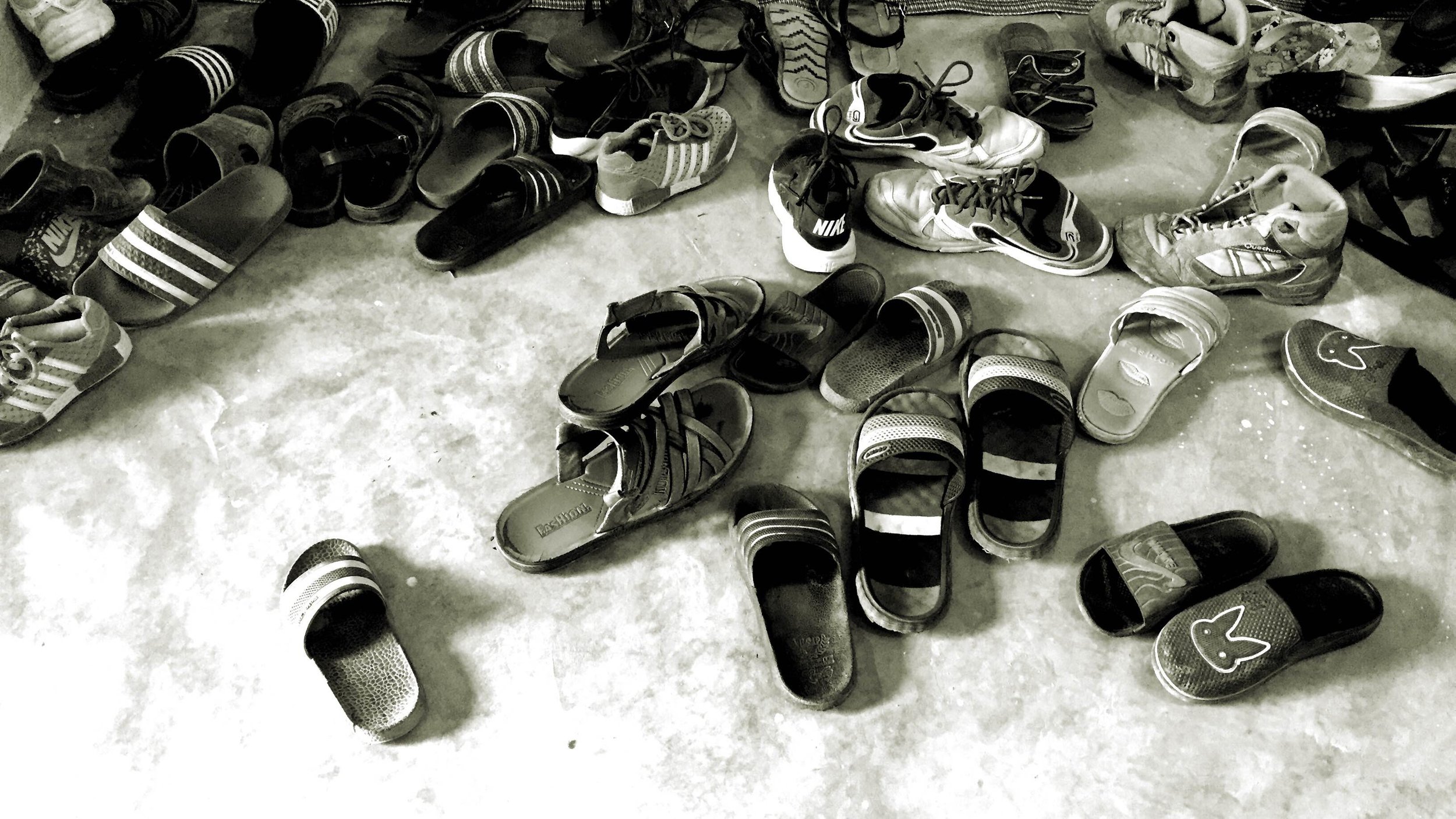
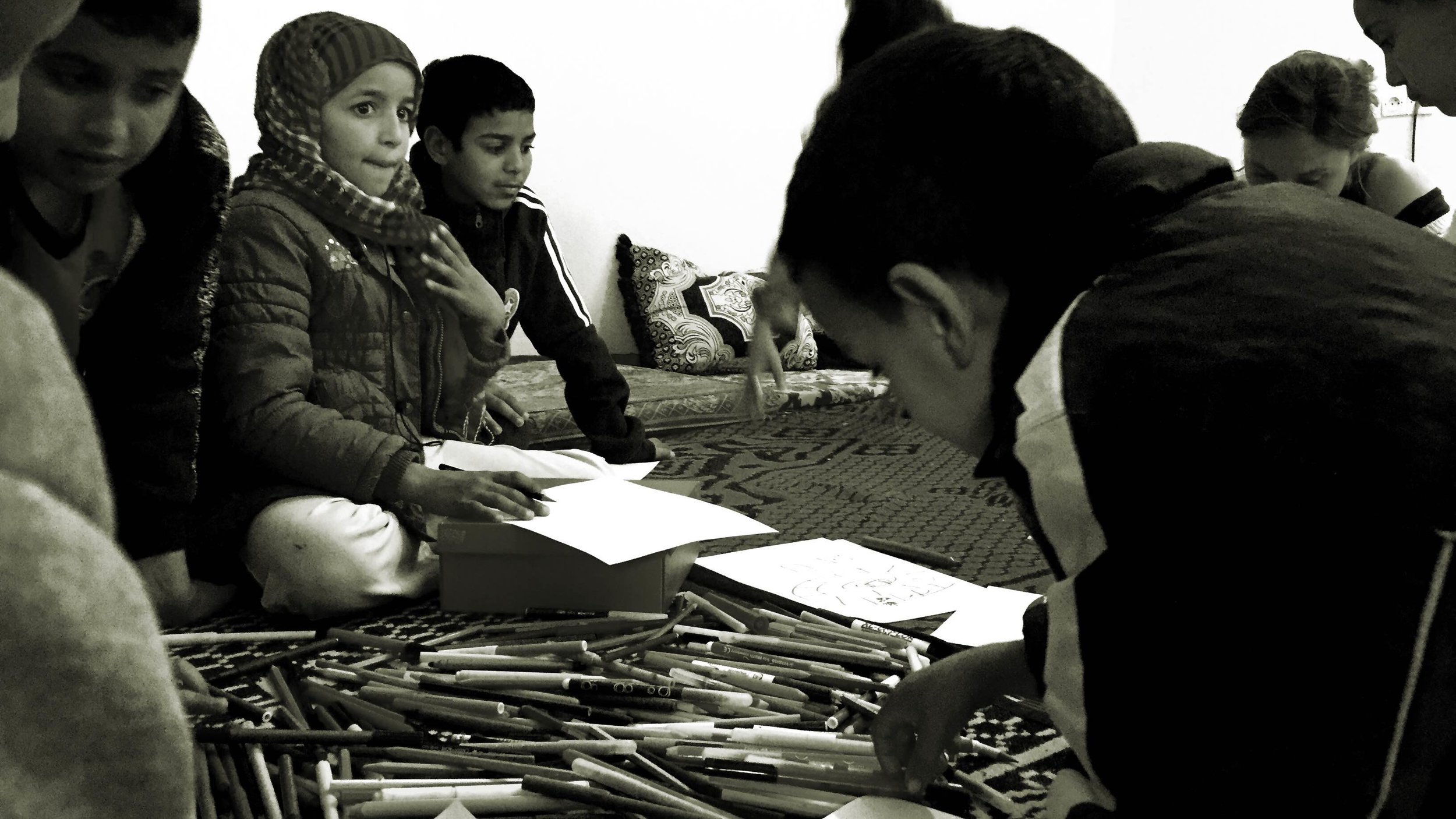

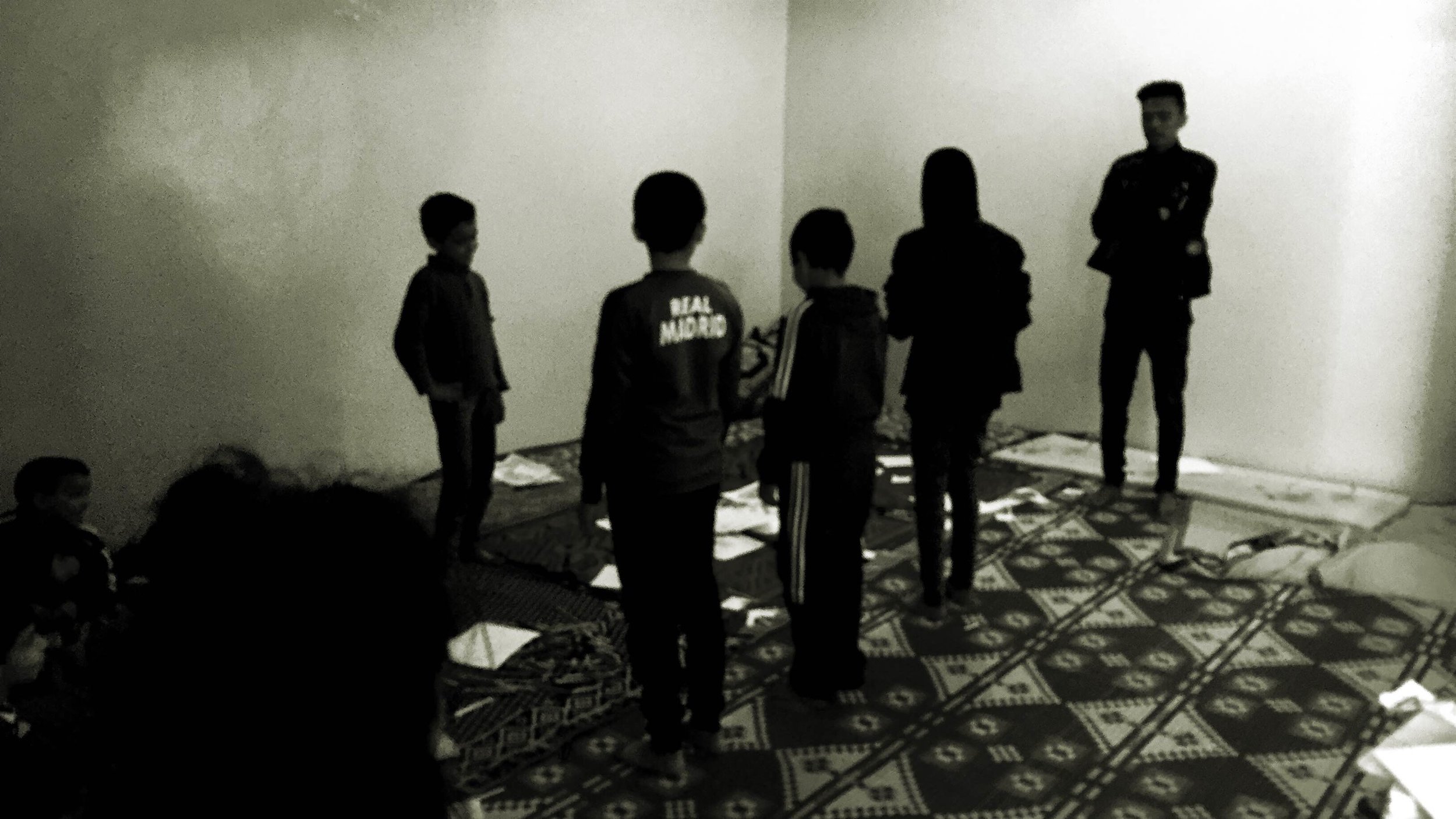
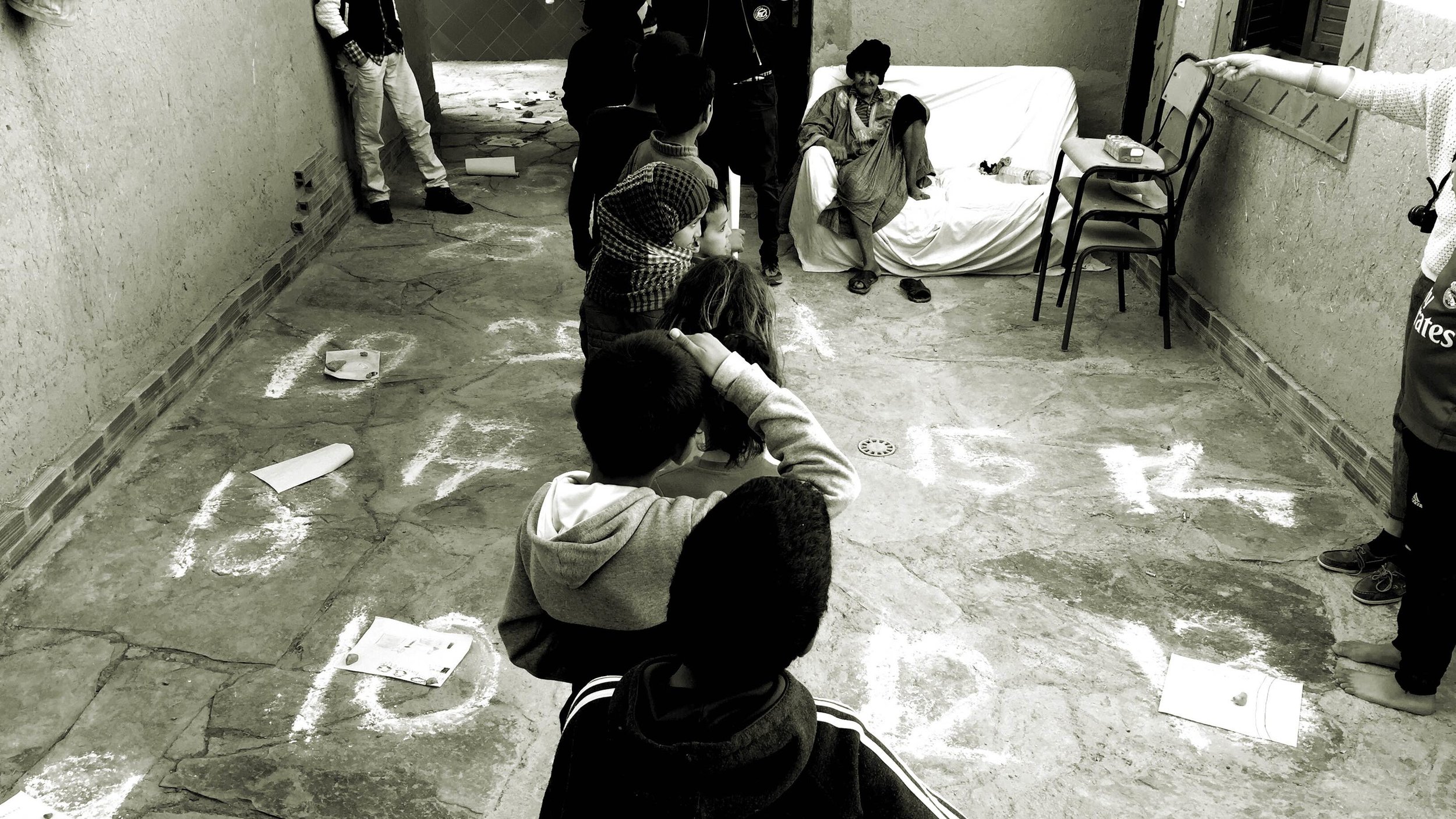
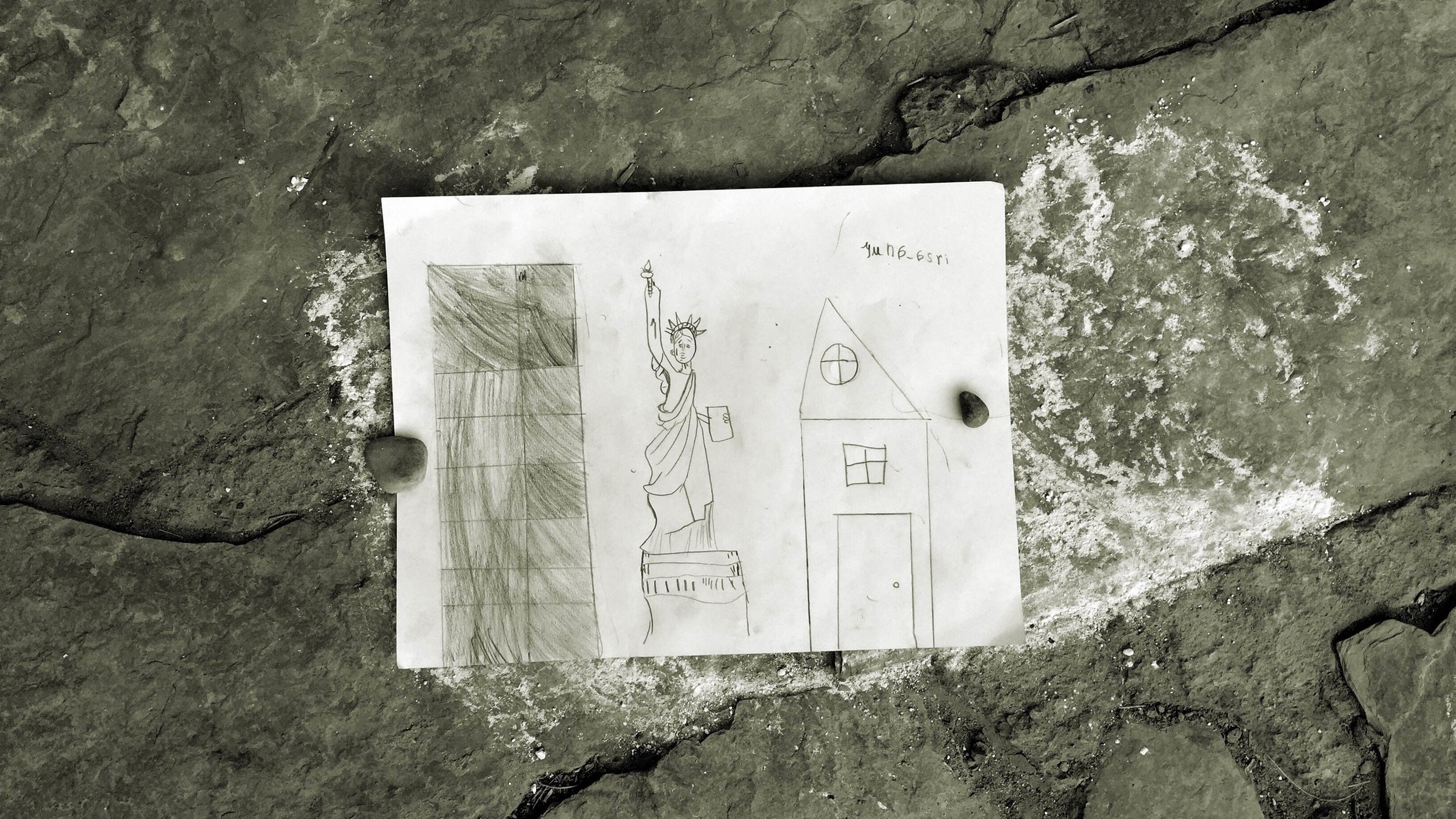
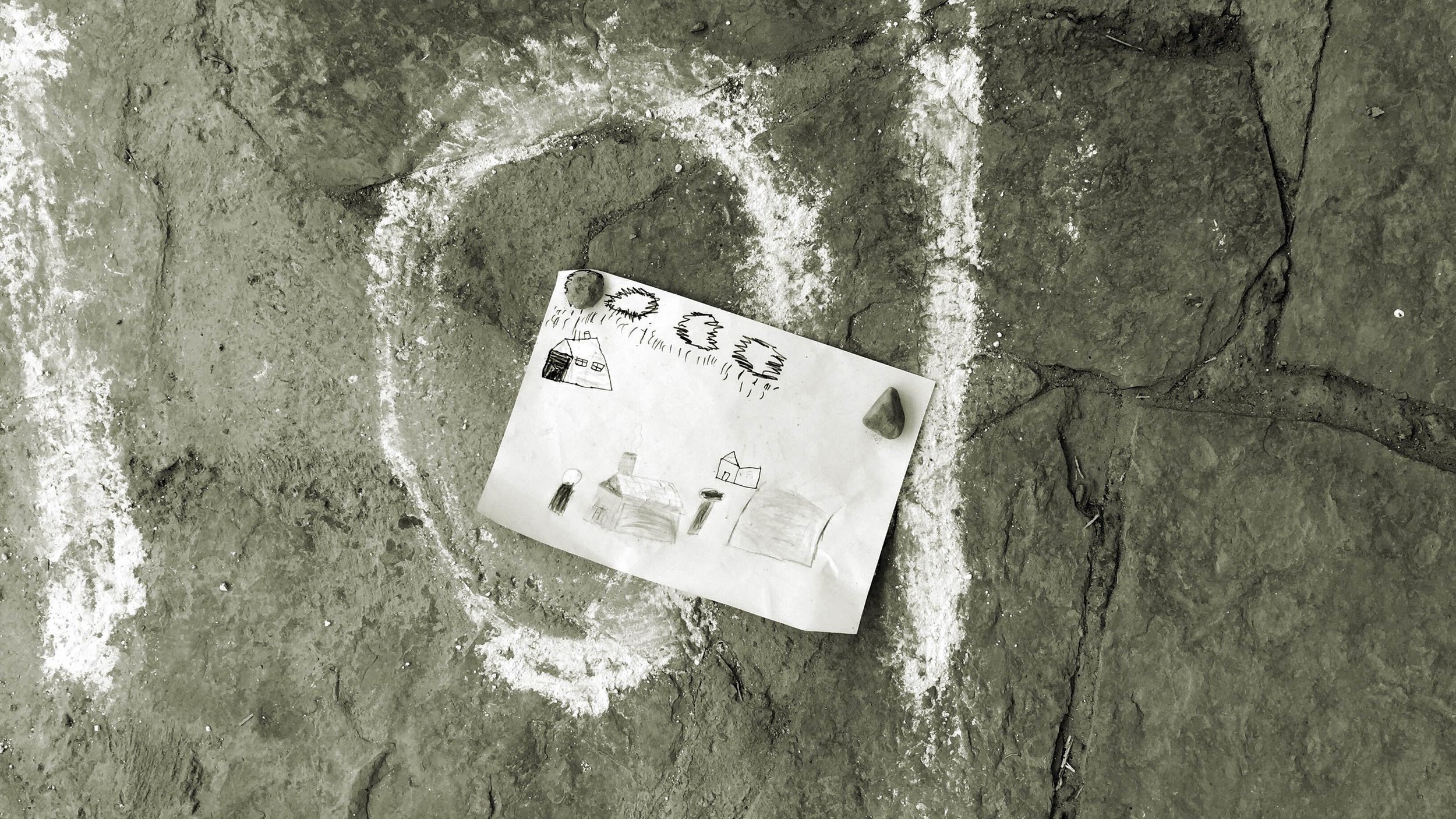
utility of workshops
Sometimes people ask me what is the interest of doing workshops with children, beyond entertaining them. I'm sure the perception these children have now of the oasis, as well as their idea of what Art is, would not be the same without this contact with artists. Does it mean any of those children will become artists in the future? You will never know but this year we had two particular cases that can be very eloquent.
When Shayma and Francesca were doing their workshop, a child stayed looking at Francesca's camera, she asked him if he wanted to take a picture, he told her, no, I want to shoot a video. Francesca was very surprised, not me, because Omar had already done a cinema workshop with Marion Lécrivain last year and he knew the difference between photography and cinema.
Omar during Lécrivain workshop in 2017
Omar during Nader-Masoero workshop in 2018
Omar during Nader-Masoero workshop in 2018
Another curious situation happened the first day. A teenager arrived from Guelmim and he asked us if he could stay the whole week with the artists. He just finished the secondary school, art branch, and his teacher, Etayeb Nadif (graduated from National Art School of Tetouan and participant in the first edition), encouraged him to meet the artists, to live with them and see if it was really that what he wanted to become. Of course we accepted and he could share his work with everybody and also learn different art approaches (painting, photography, art installations, cinema...).
music
This year it has been more difficult than expected in terms of organisation. We really though we were going to have some fundings from authorities, specially after they asked us to propose a culture strategy for the oases of the province, NOUN. Finally, we got nothing and we had to take decisions in order to reduce the budget.
After considering all the options, we decided, unfortunately, to cancel the concerts. It is true that each edition, the question of concerts arised: their relevance, their need, their costs... Besides, it always took us a lot of time, money and energy and we never were able to treat musicians and technicians the way they deserved. Sometimes, we told ourselves they were important because it was an event for a general public, knowing that the workshops and the collaboration with artists were enjoied by a reduce group of people. Then, we tried to evaluate them according to the number of assistants, checking if they were from Tighmert or they came from Guelmim, Sidi Ifni or even Agadir. This year we realised we were wrong to think and take decisions on those terms.
Once we announced there would be no concerts, some friends from Guelmim contacted us. They proposed us just to come and to play anywhere, in an acoustic session. They wanted to share some time with the visual artists and overall, they wanted to play music because there were almost no opportunity for them to play in public. They explained us how last year we became a reference for musicians in the region, when groups from Tighmert, Guelmim and Sidi Ifni performed on stage. I personally was sad to know we had failed many young musicians... That is the reason why in 2019 we will try to organise, at least one day for musicians. Any group from the region will be able to play between noon and midnight on an open "stage".
epilogue
As we change every year the activities we propose to artists, we need their opinions to improve next year. Of course the opinion of young people from Tighmert is important and we listen to them too.
budget Caravane Tighmert 2018: 7.500 Dh (700 €)